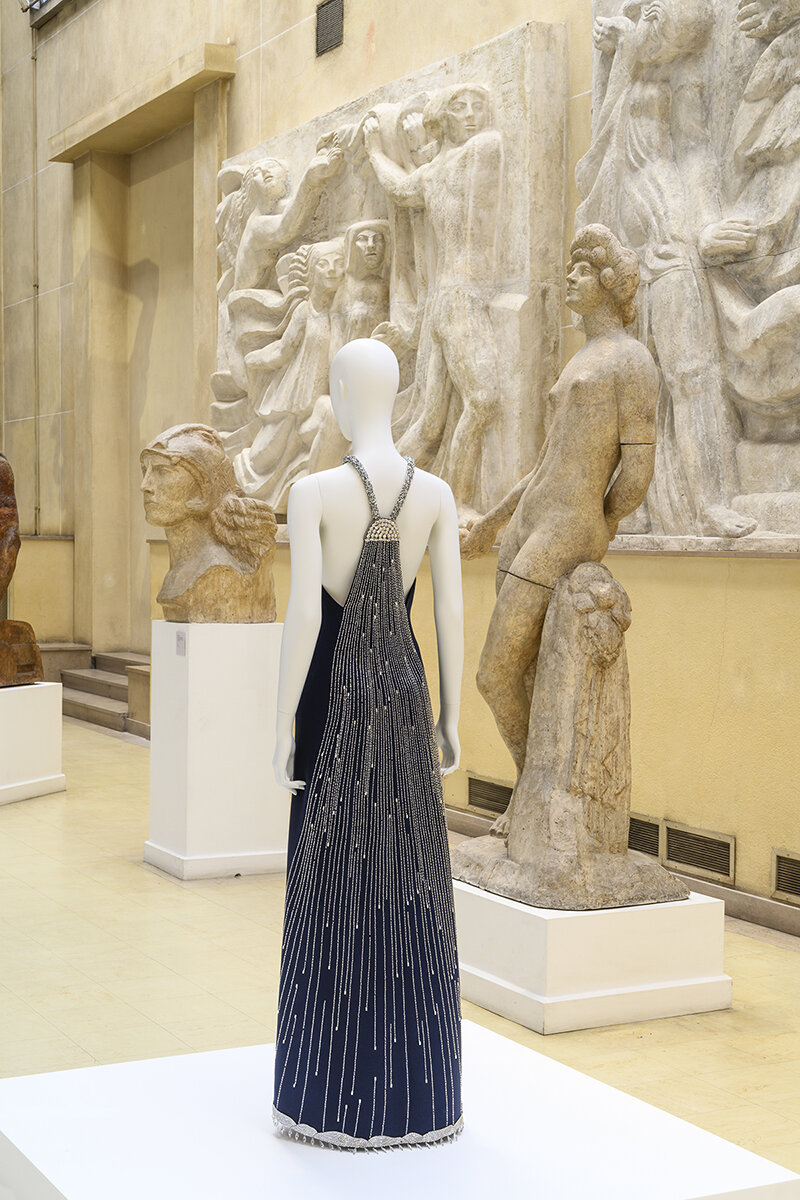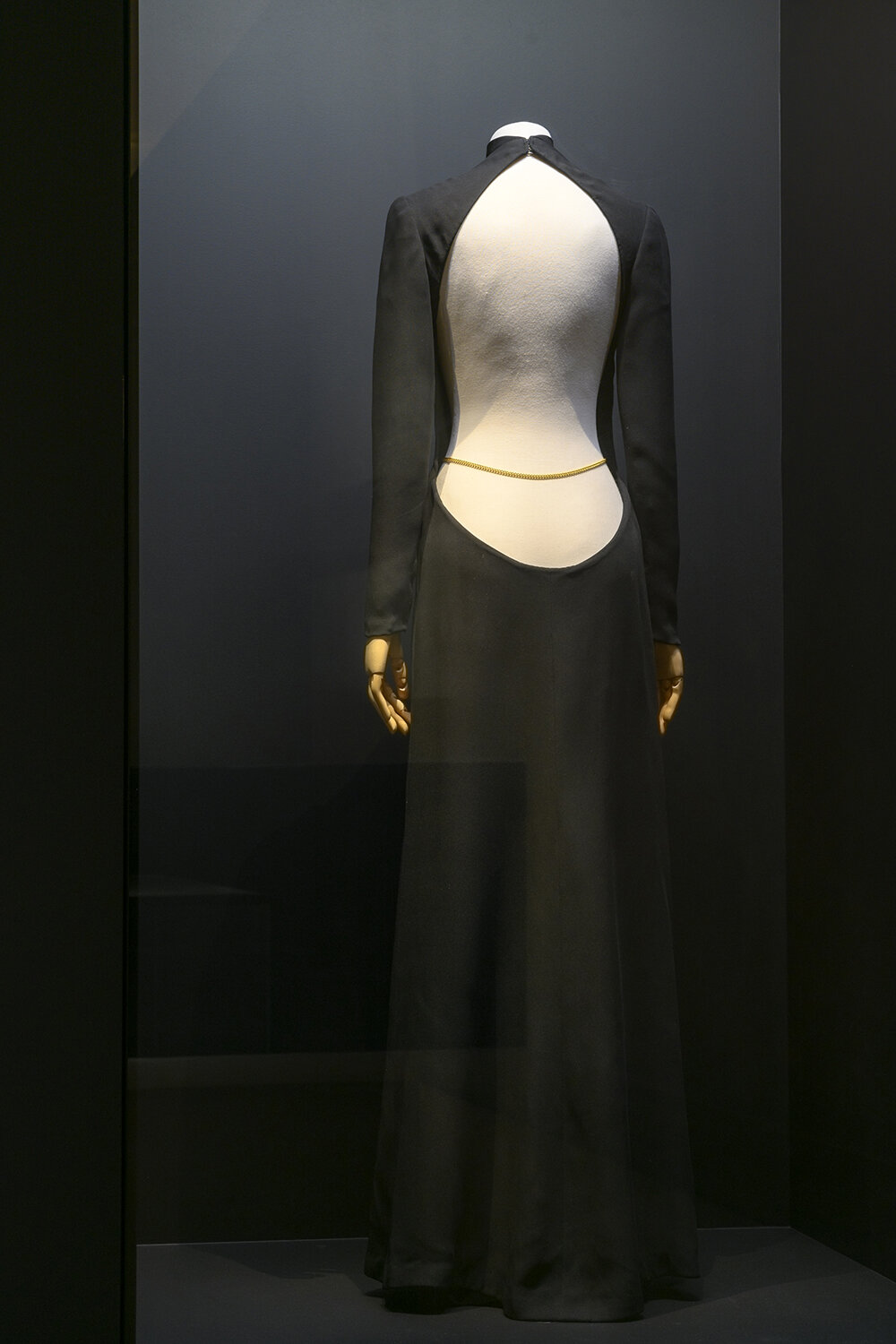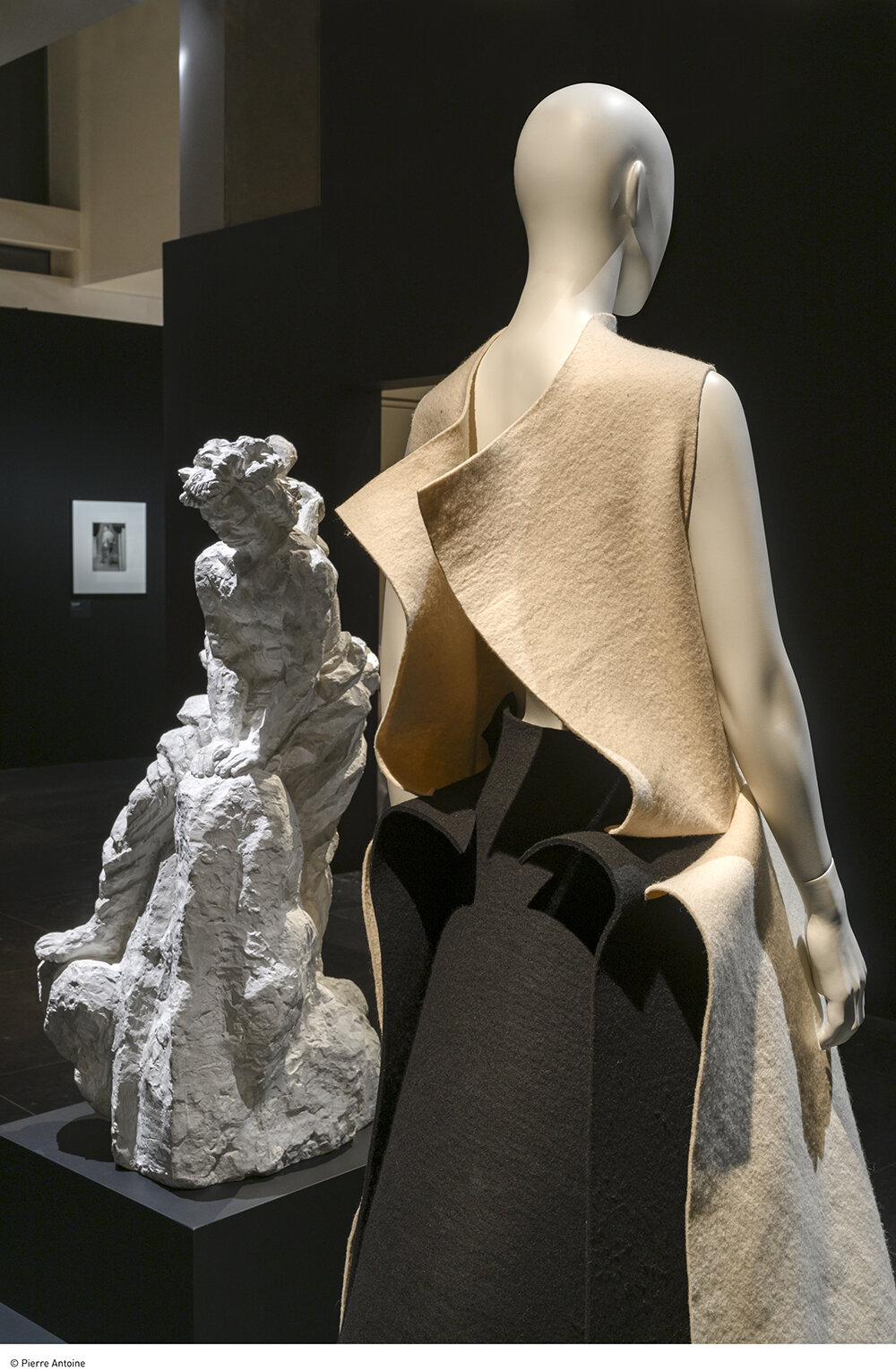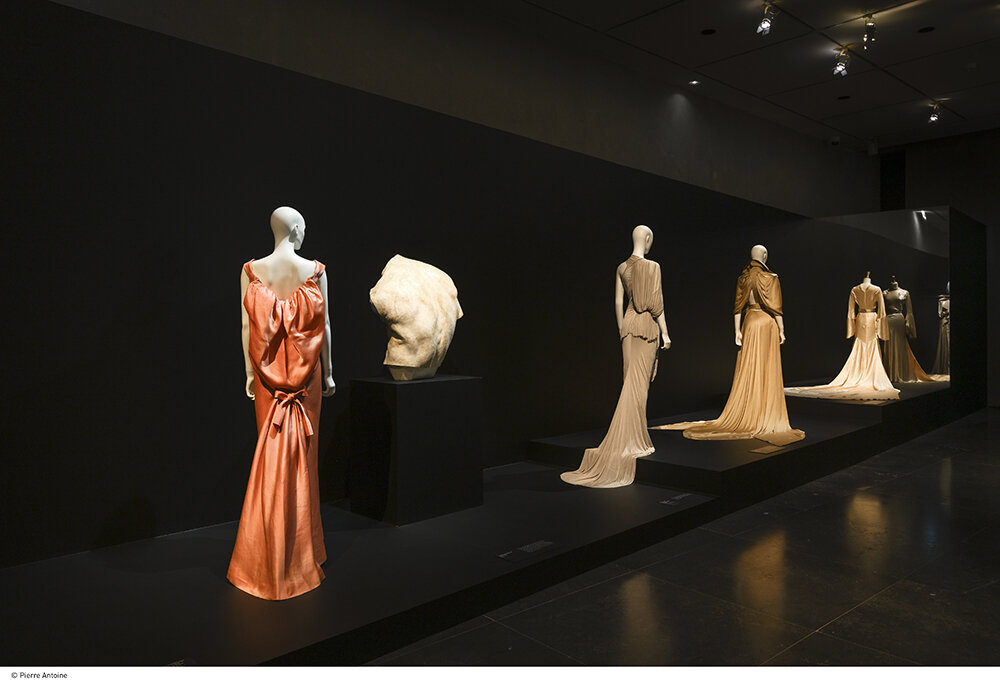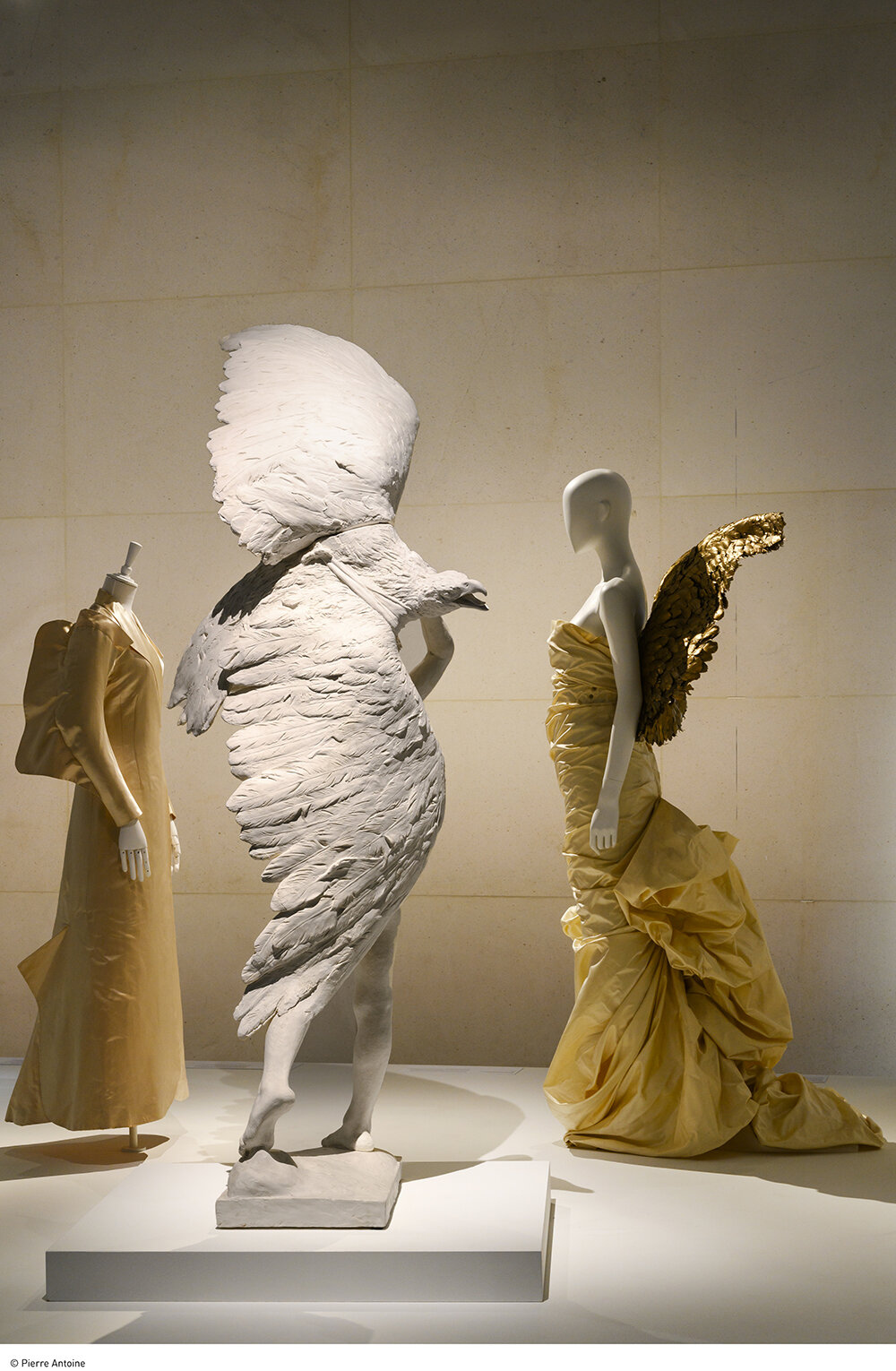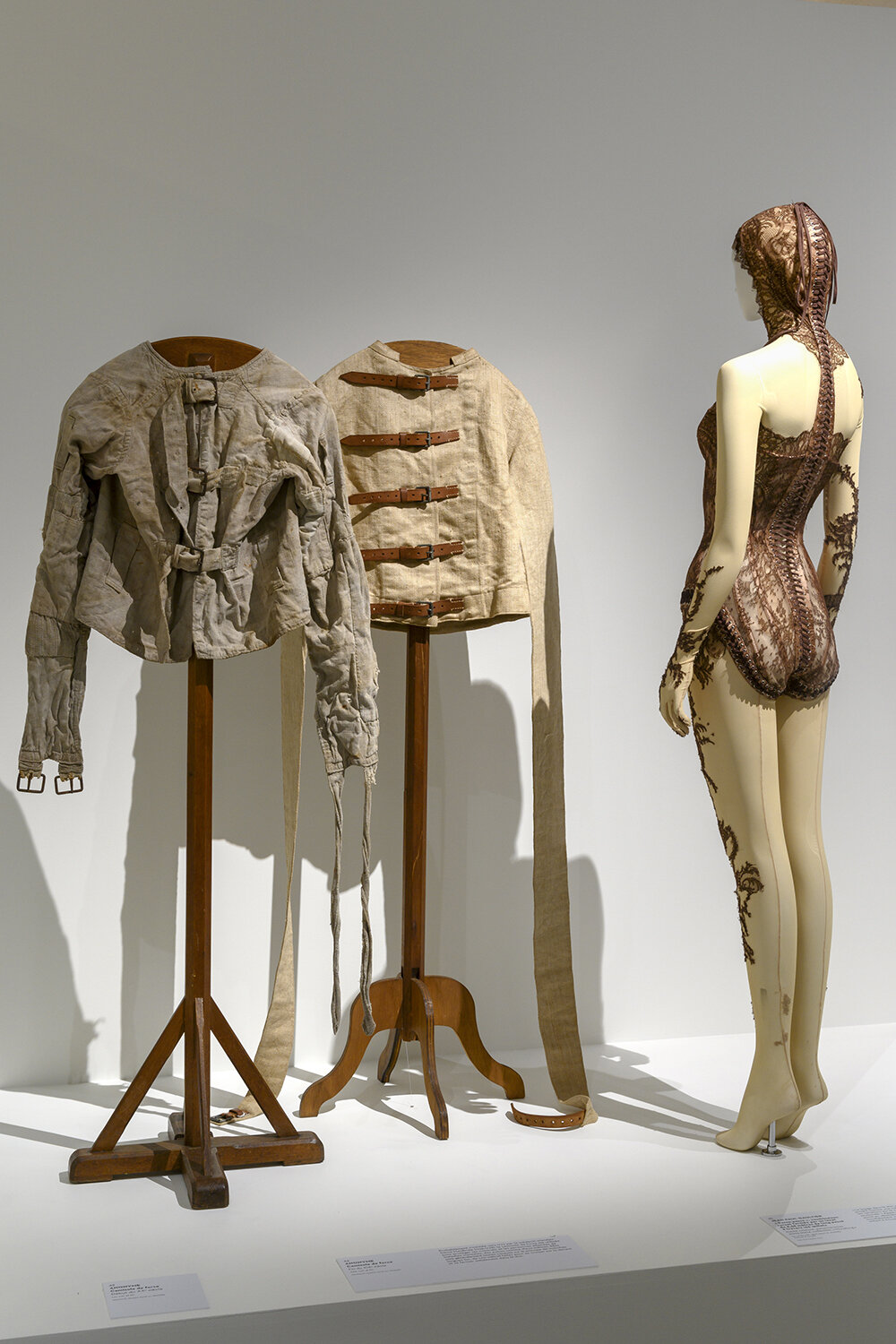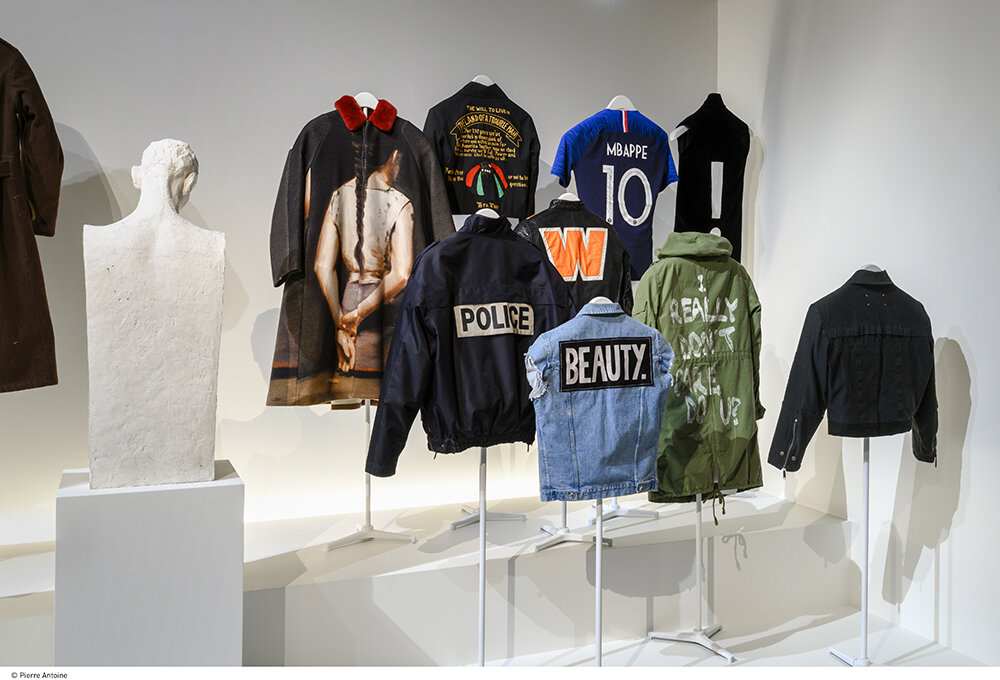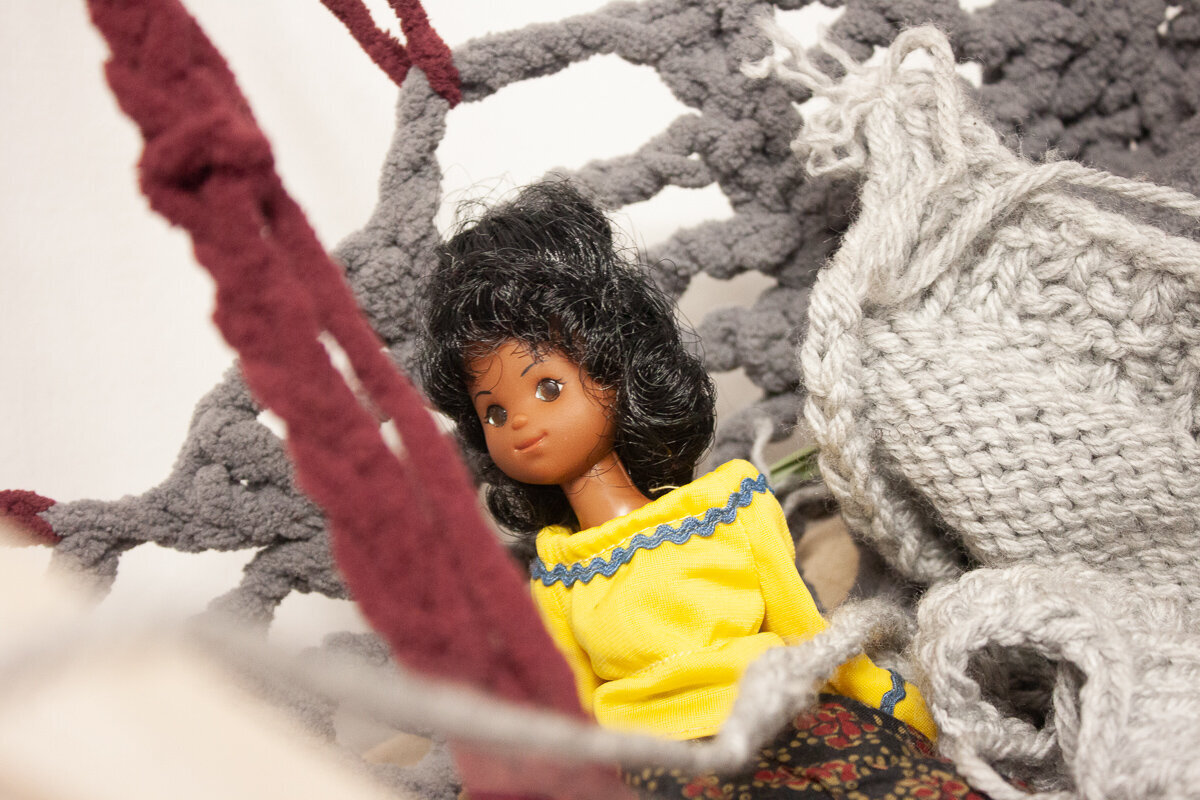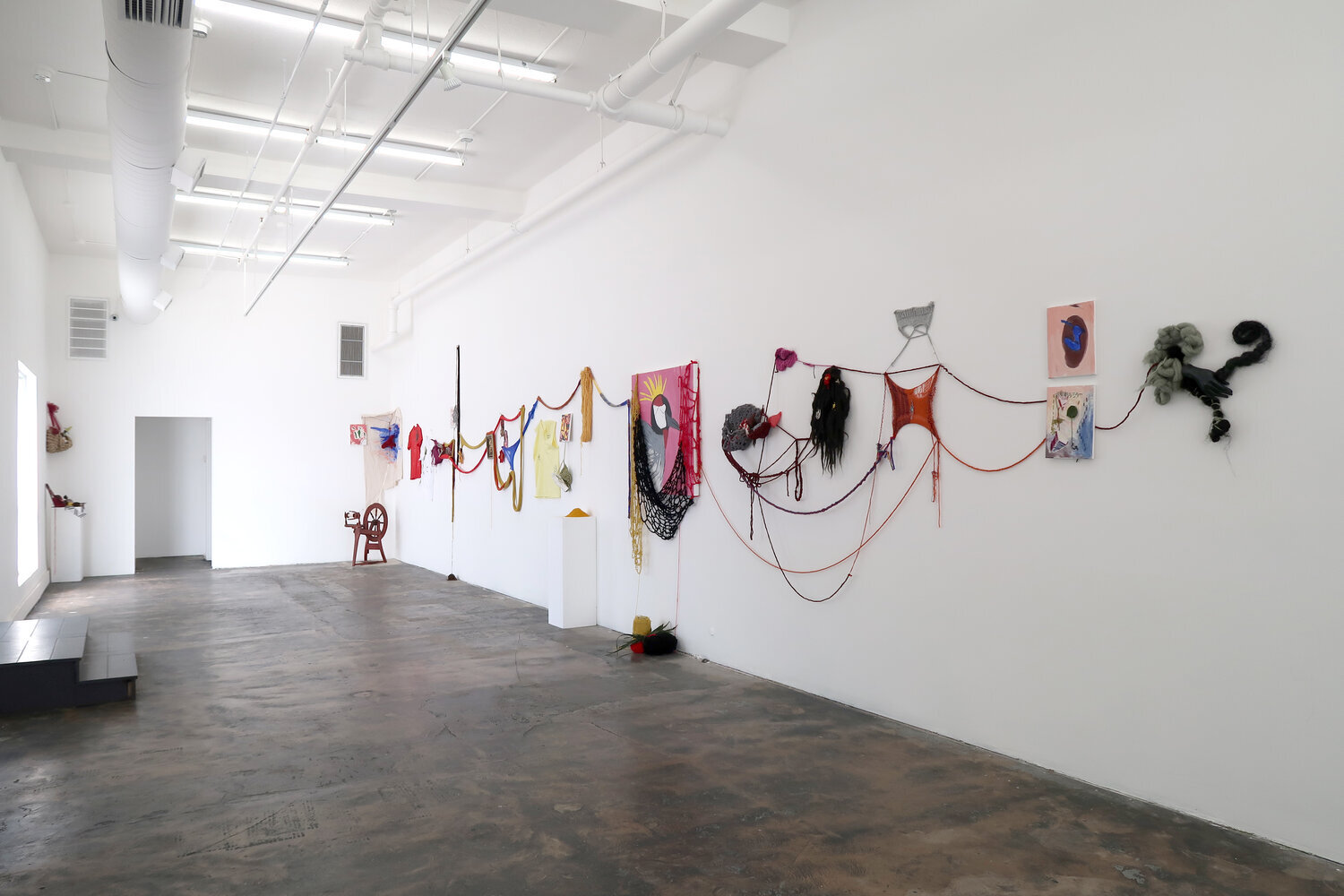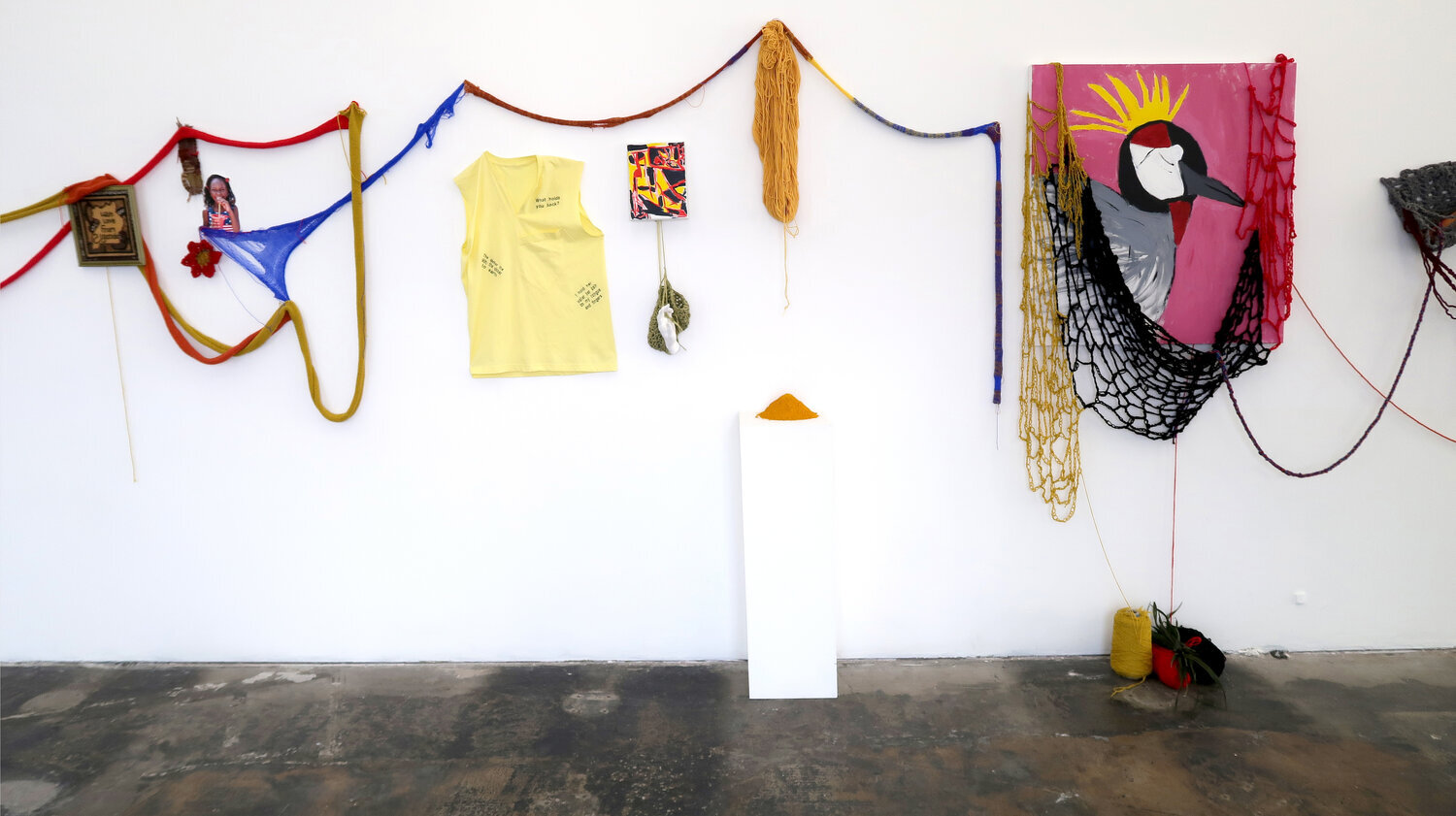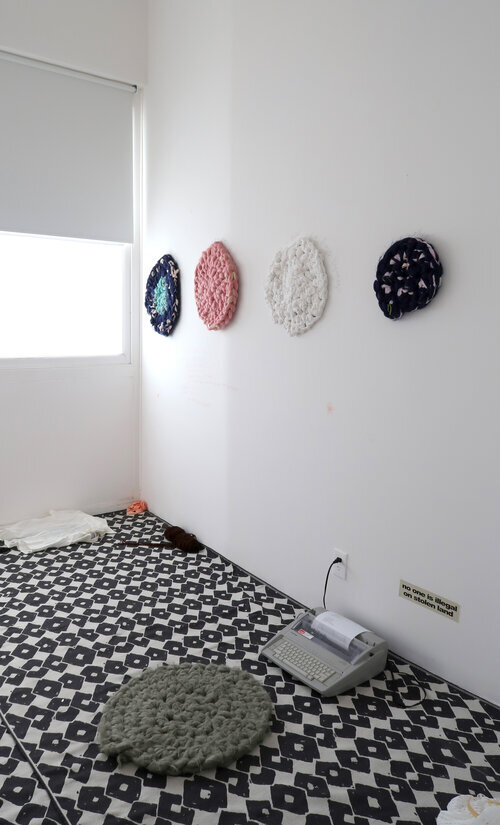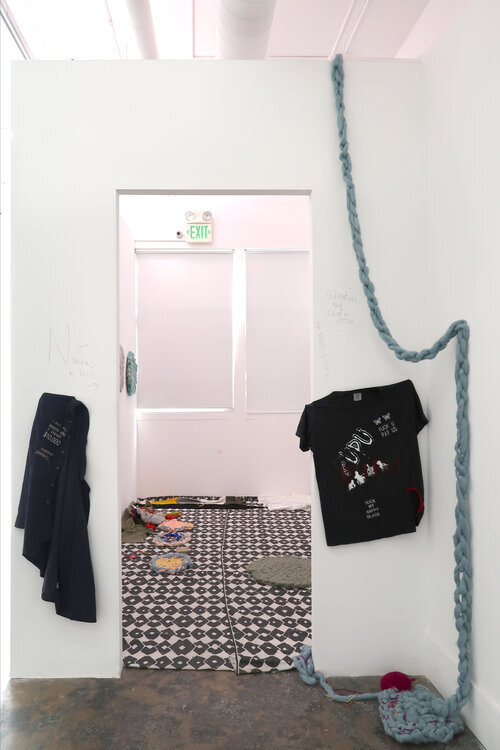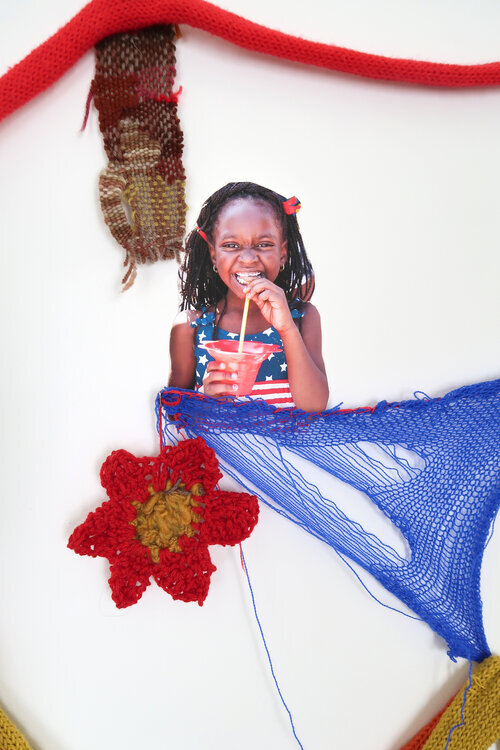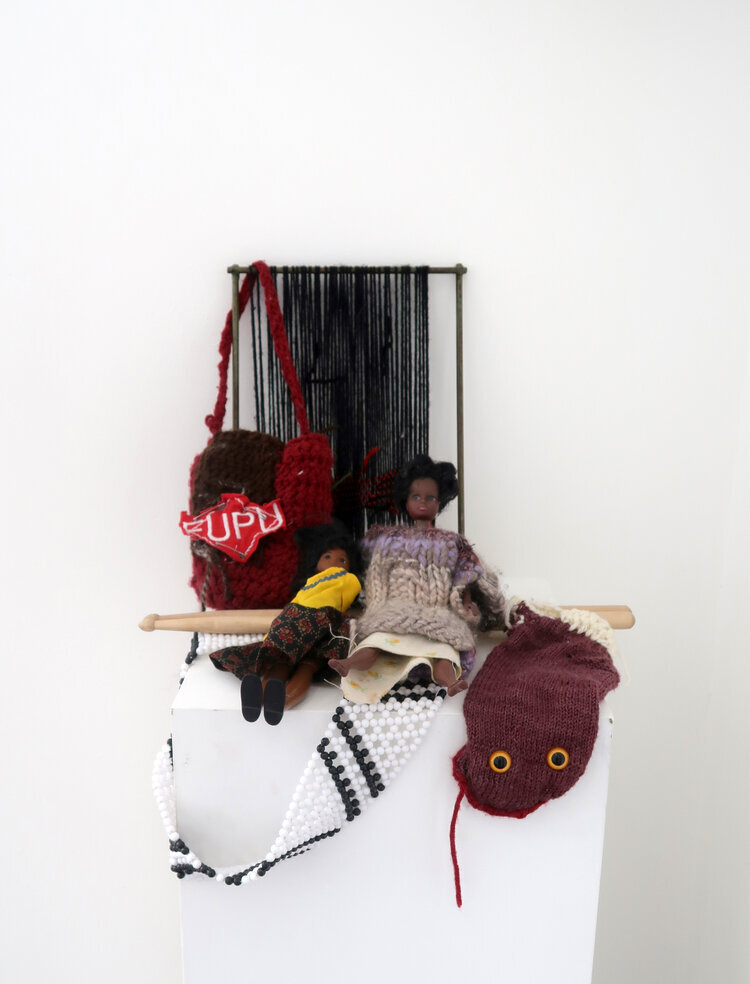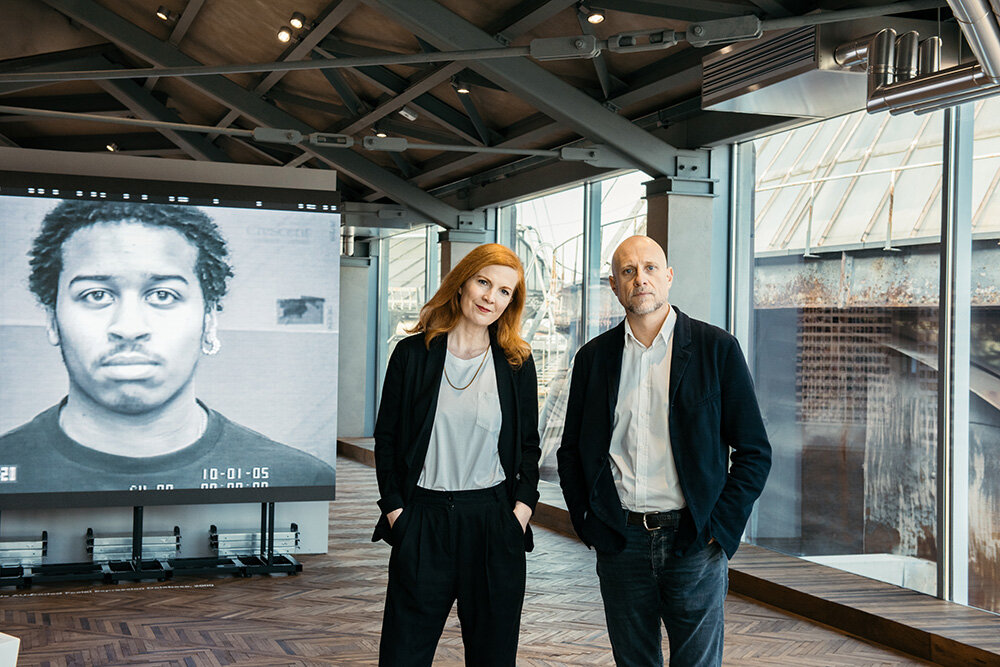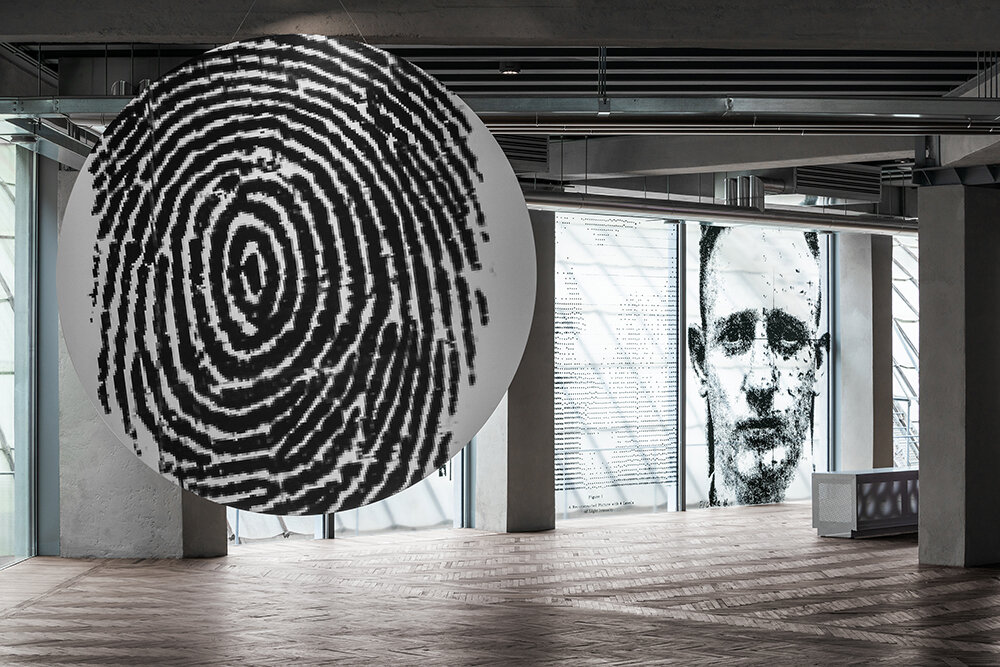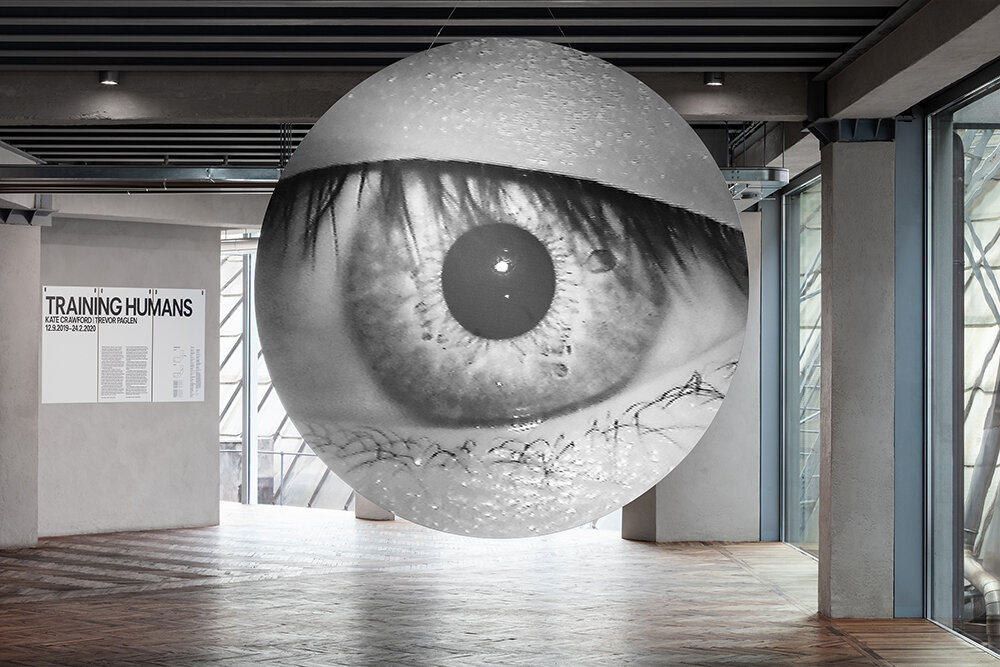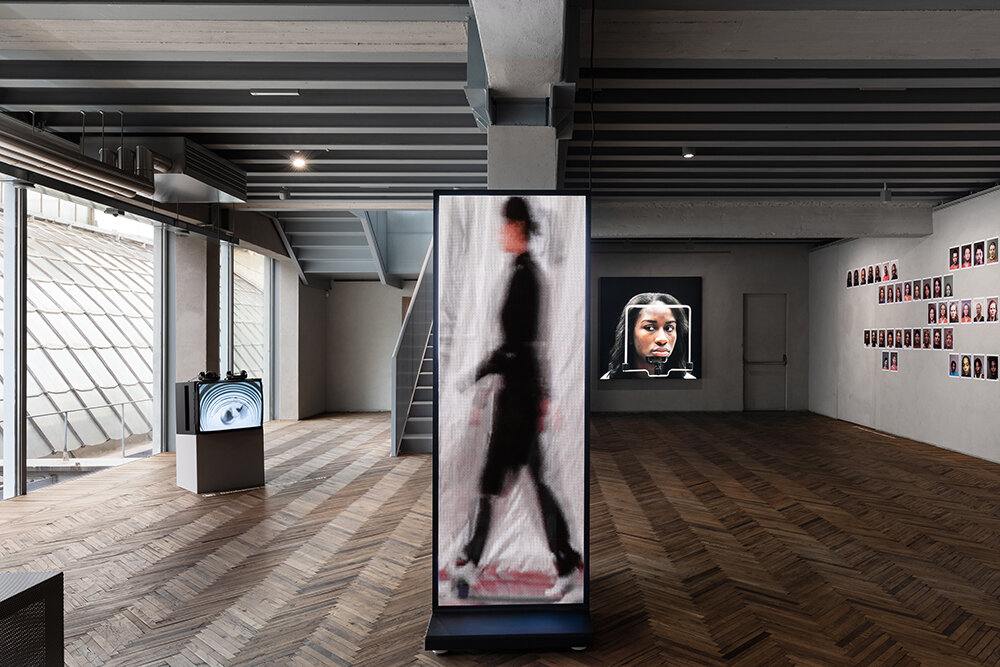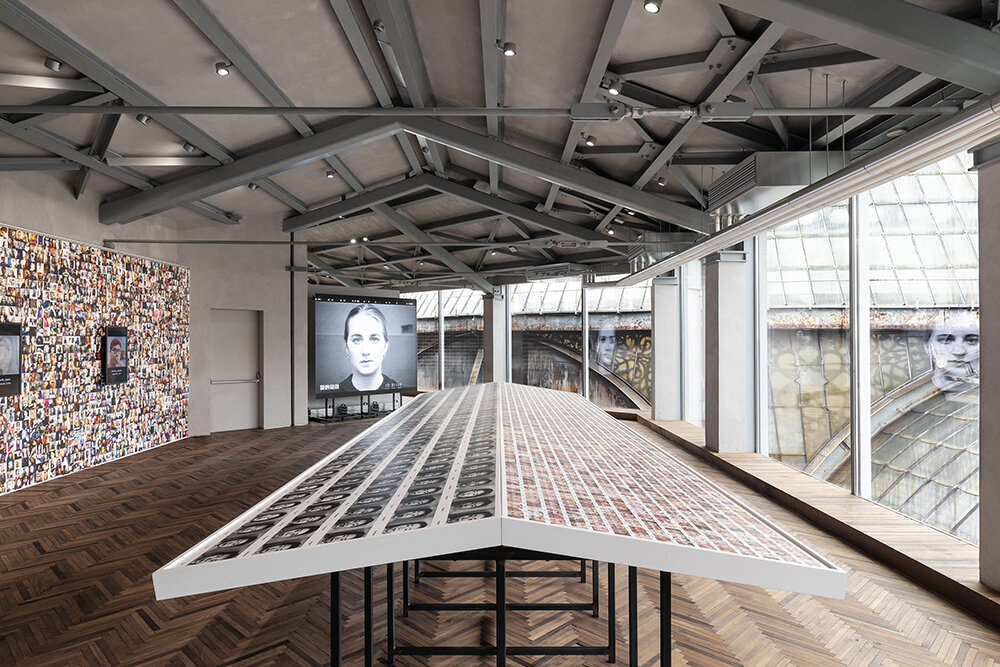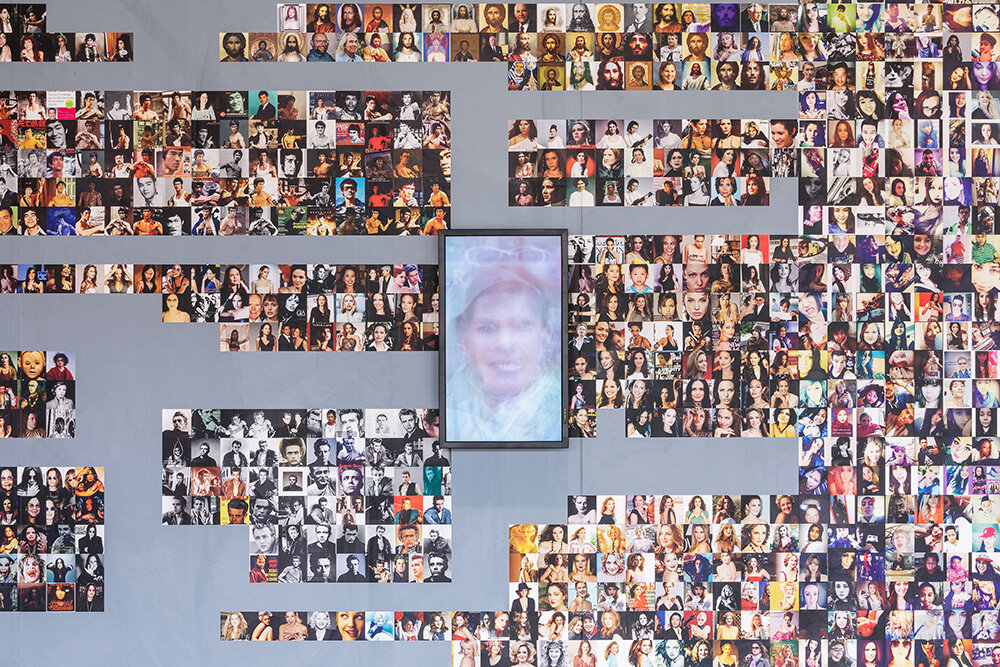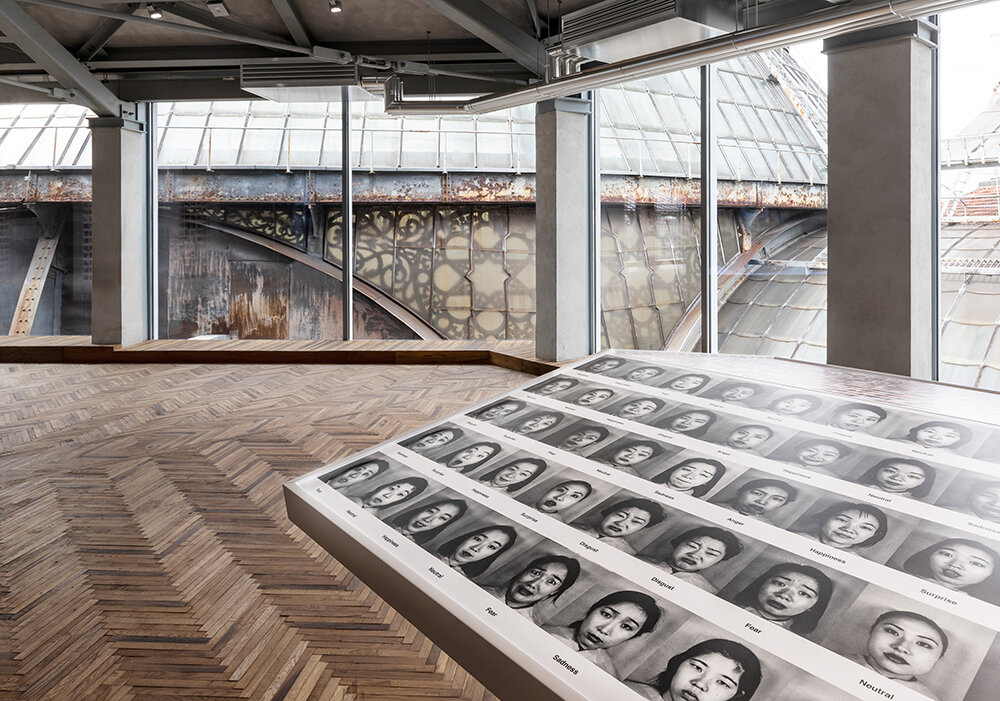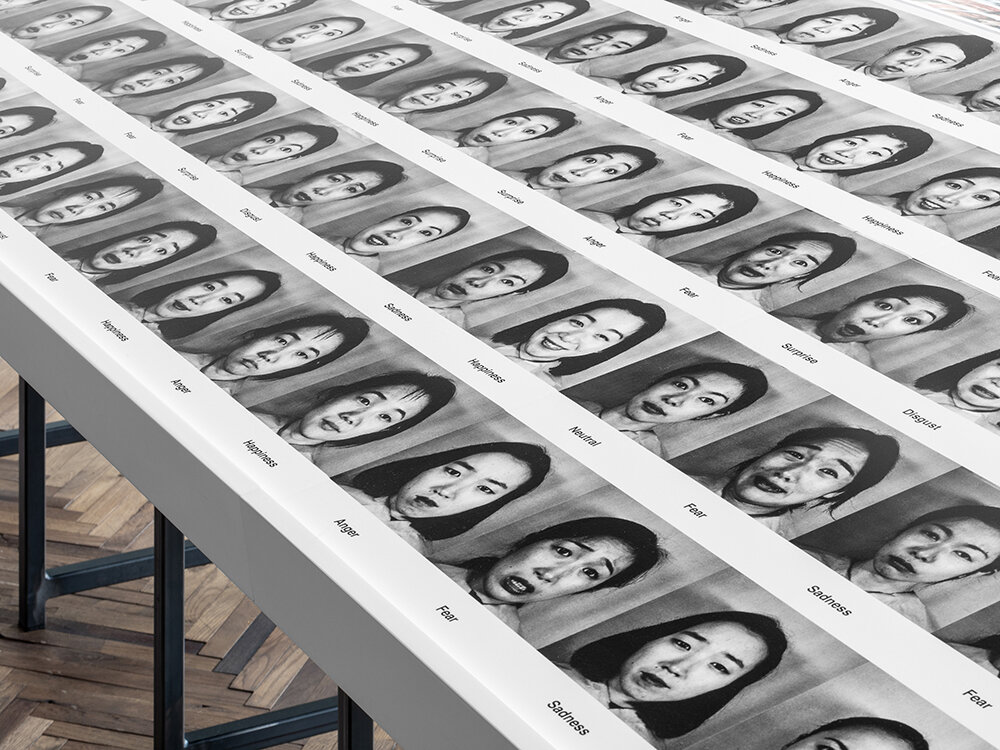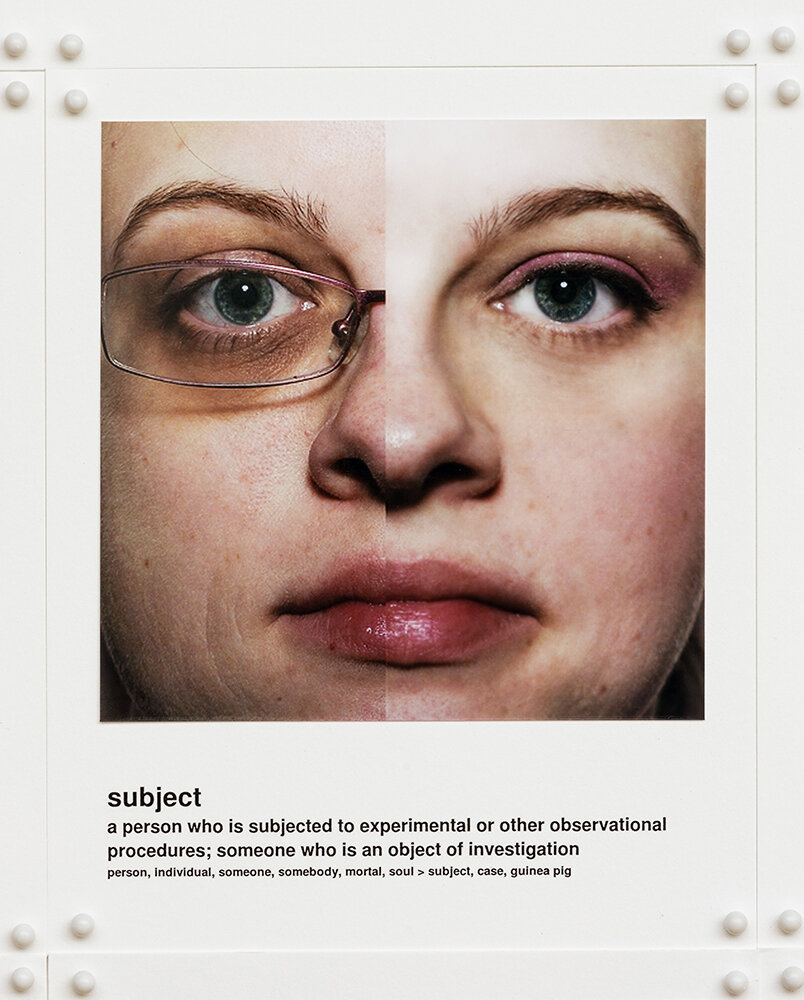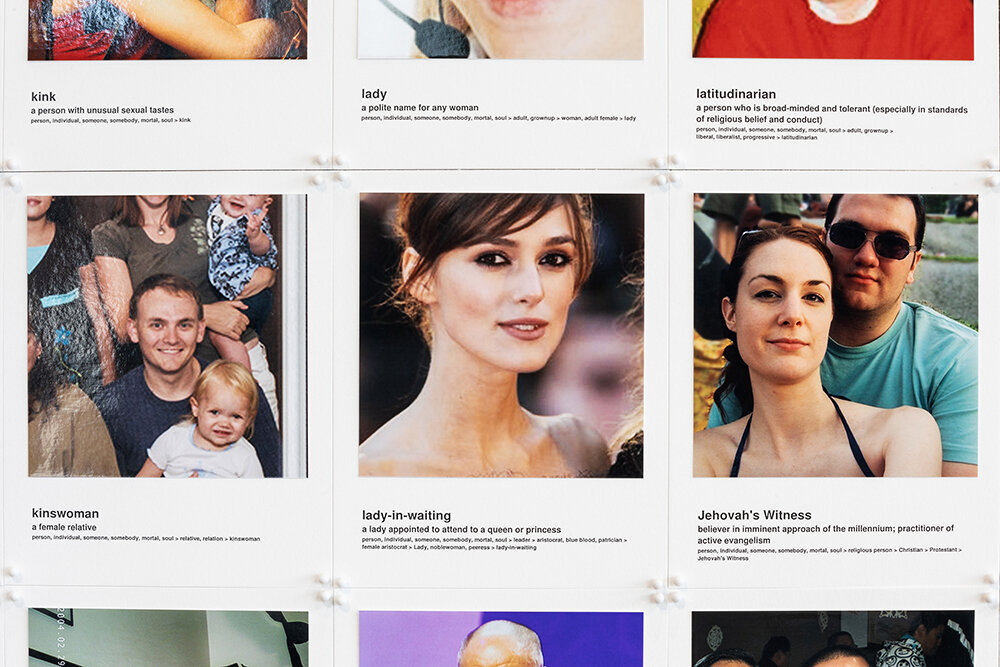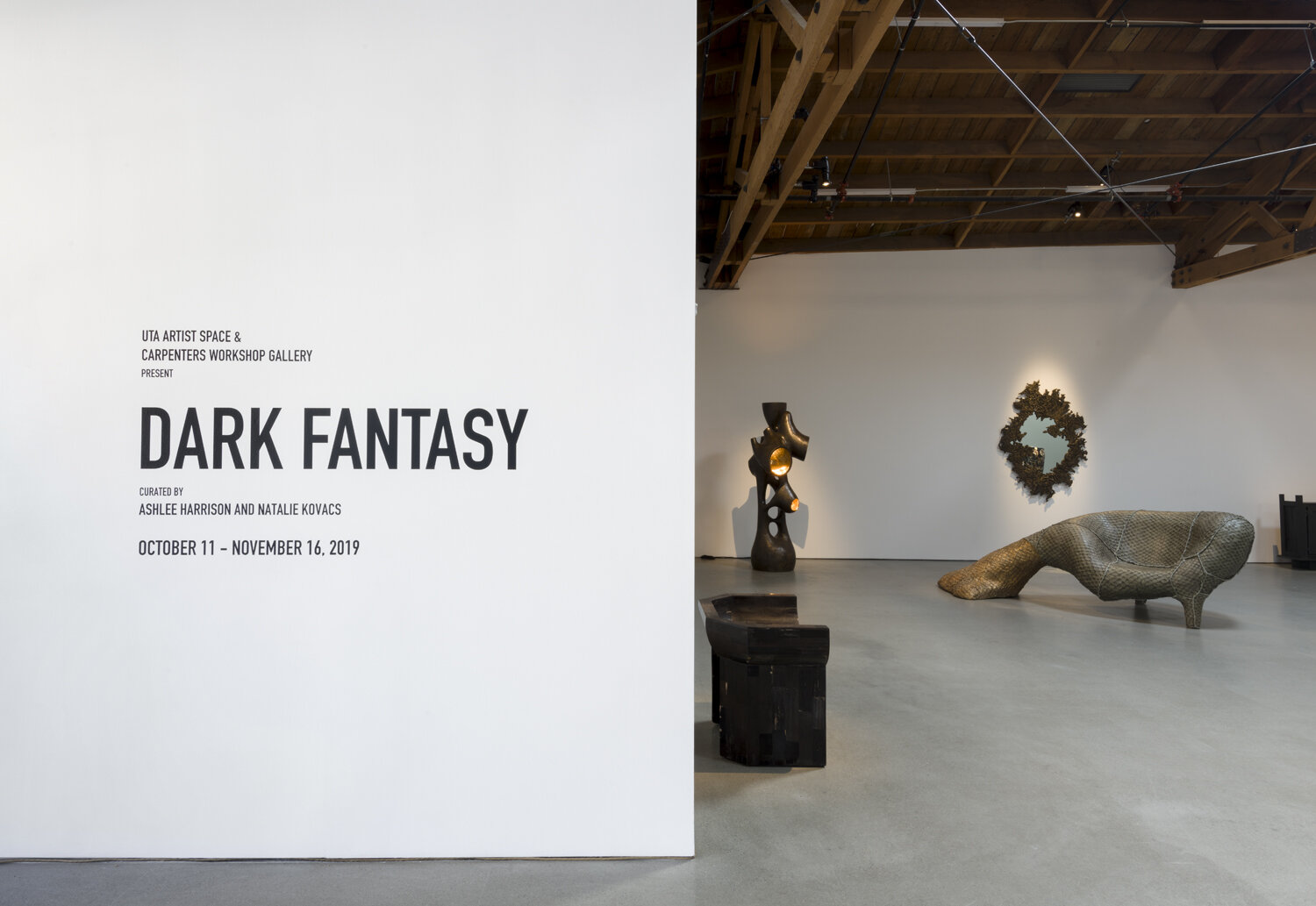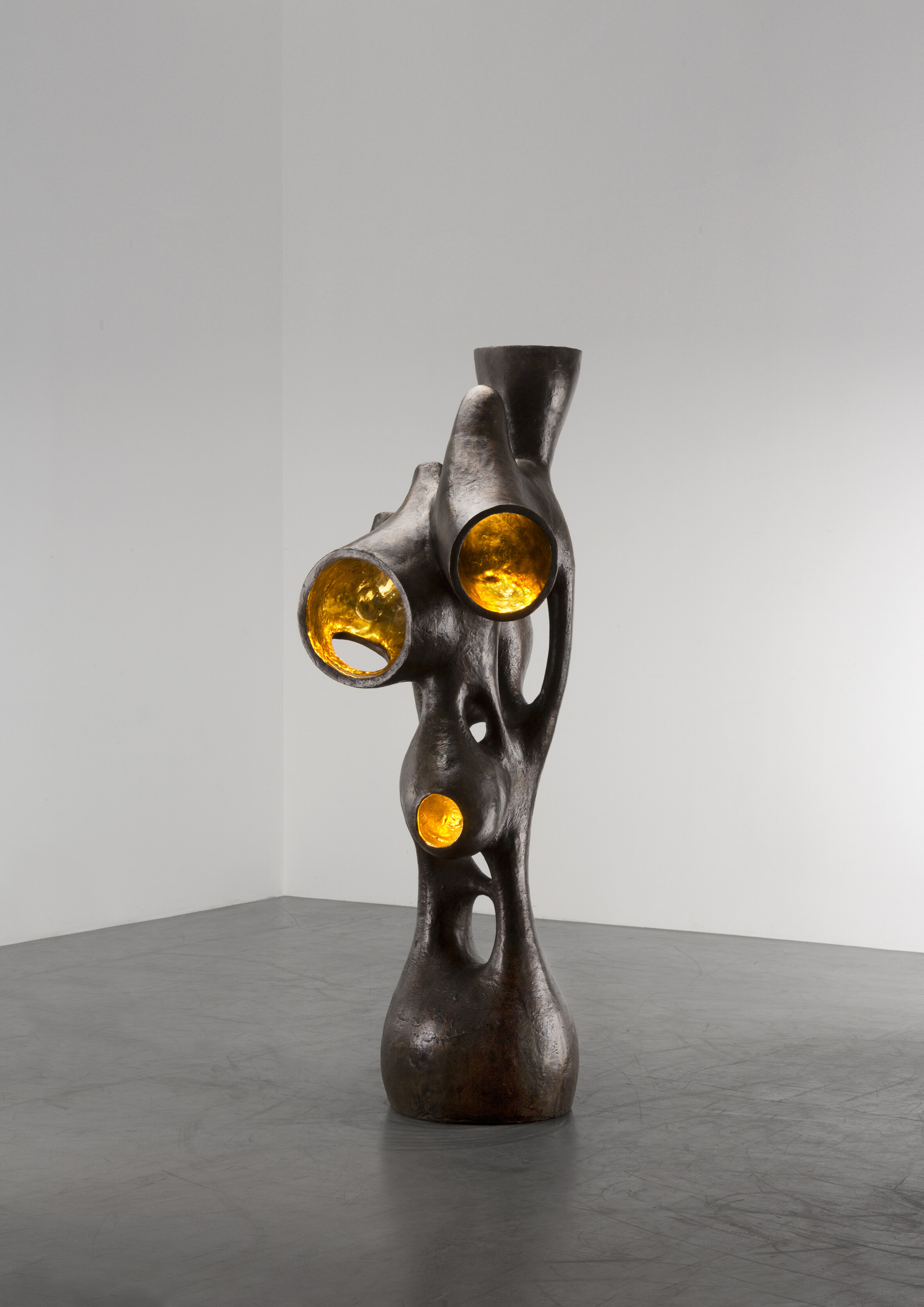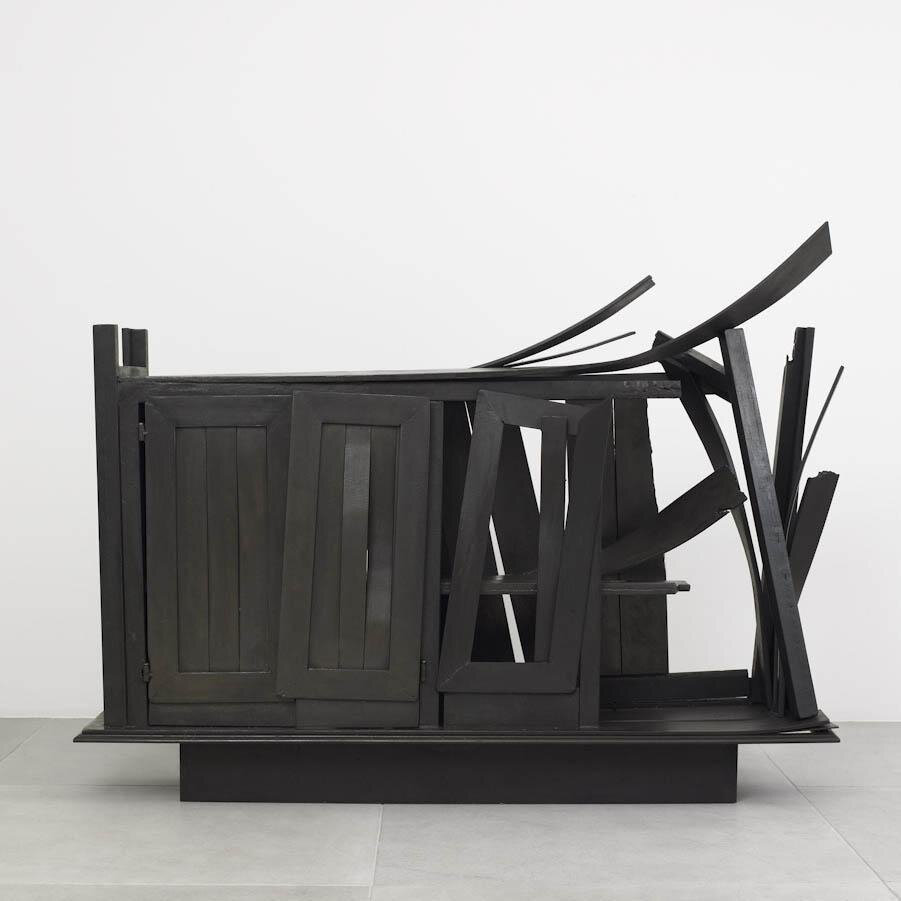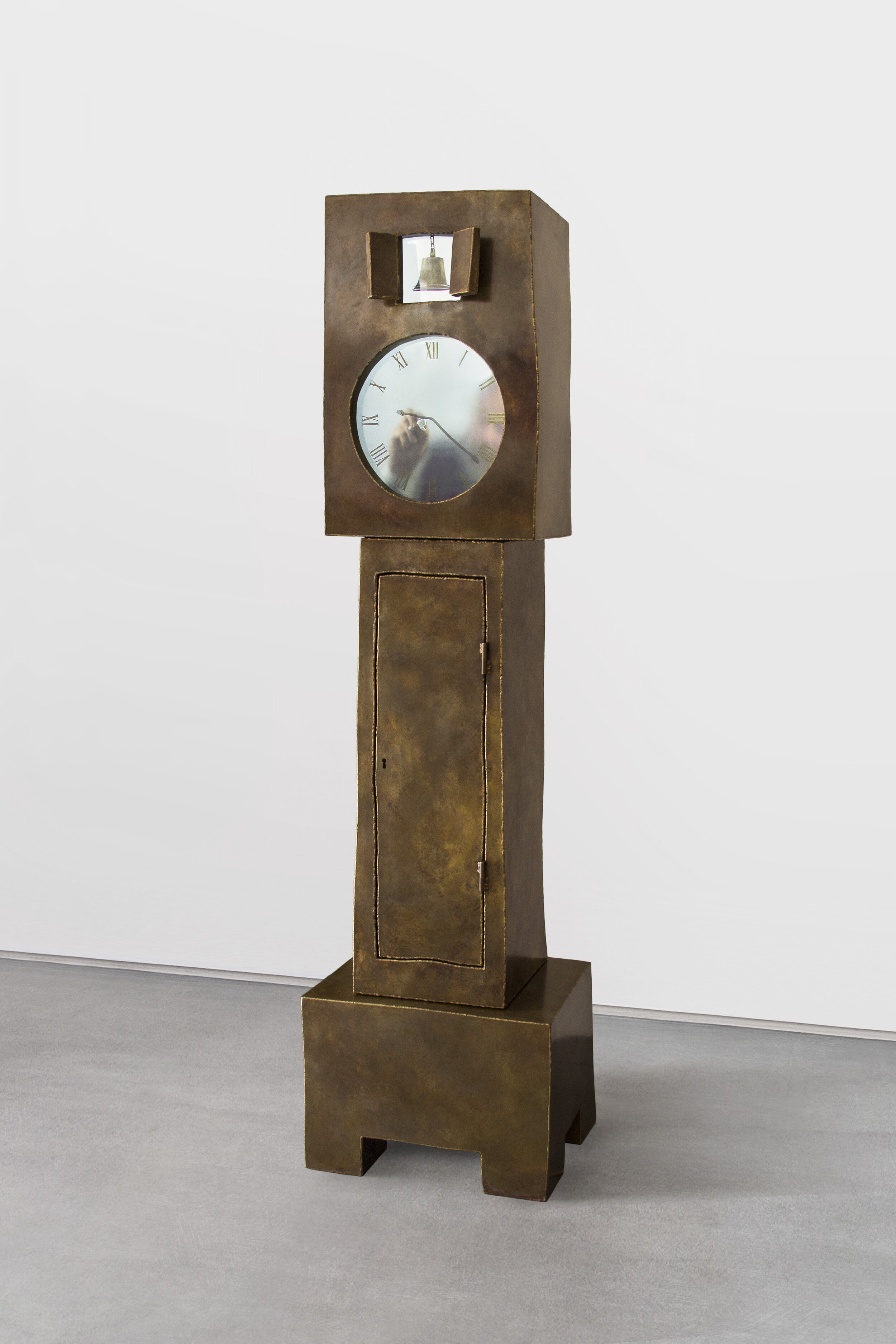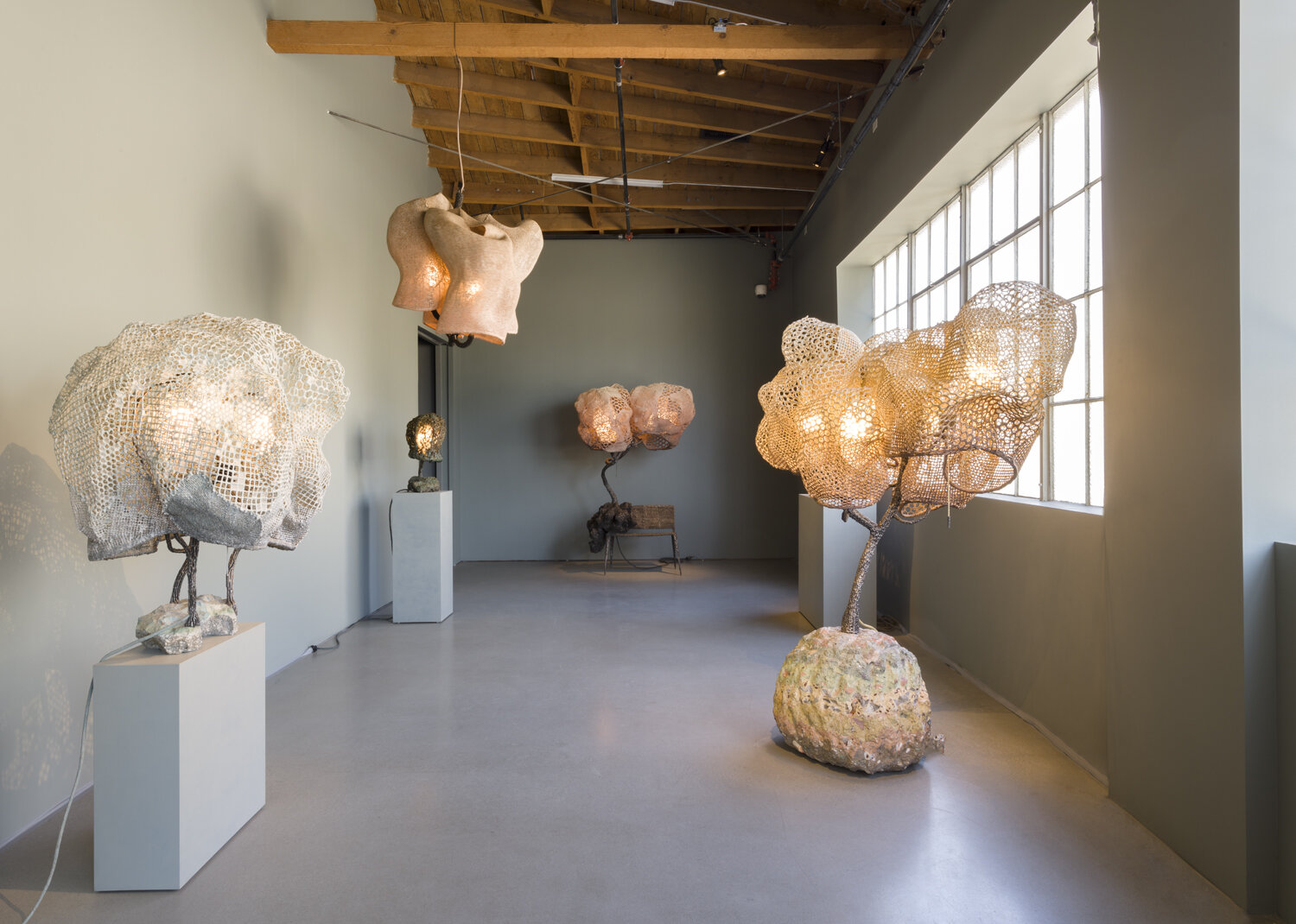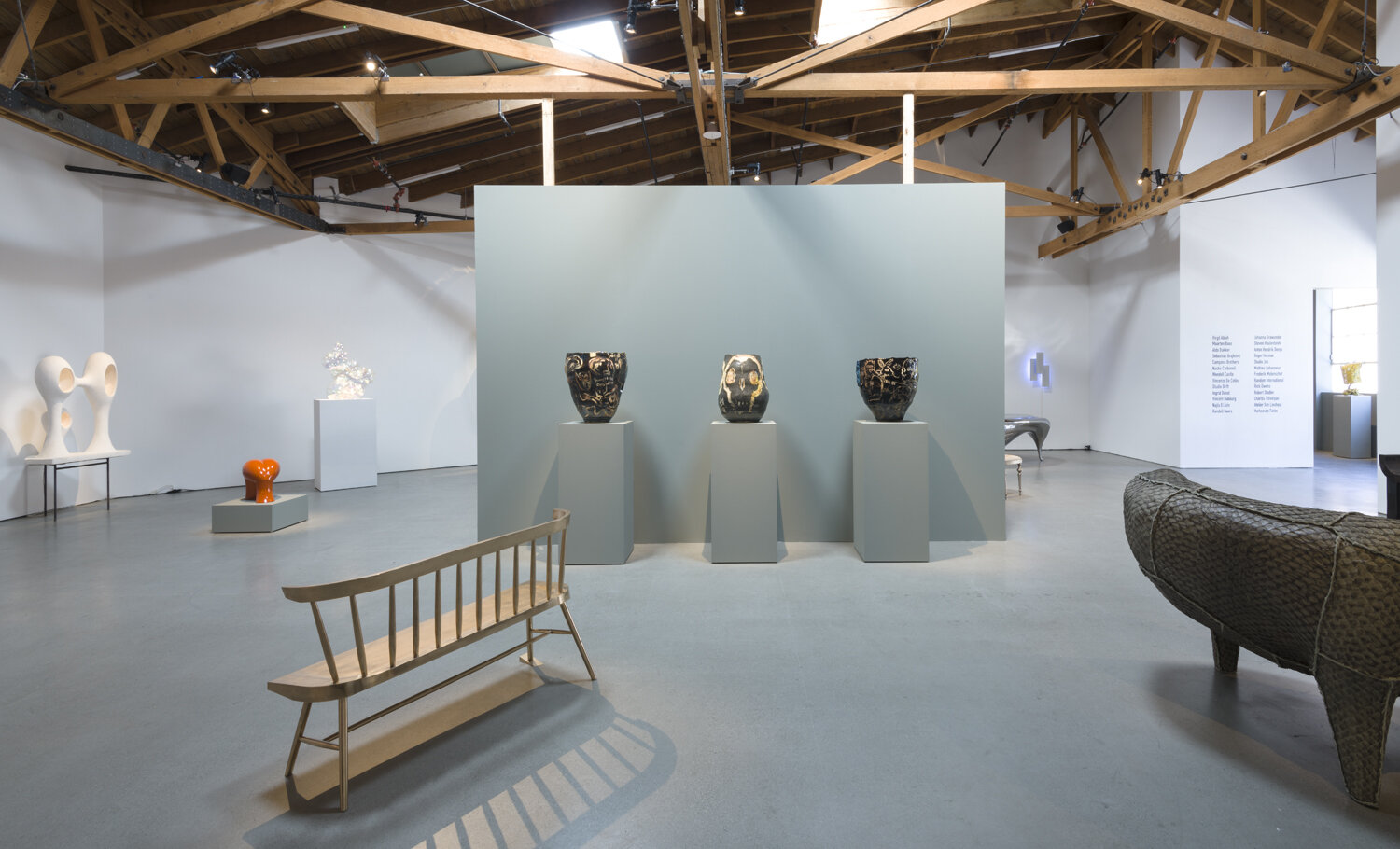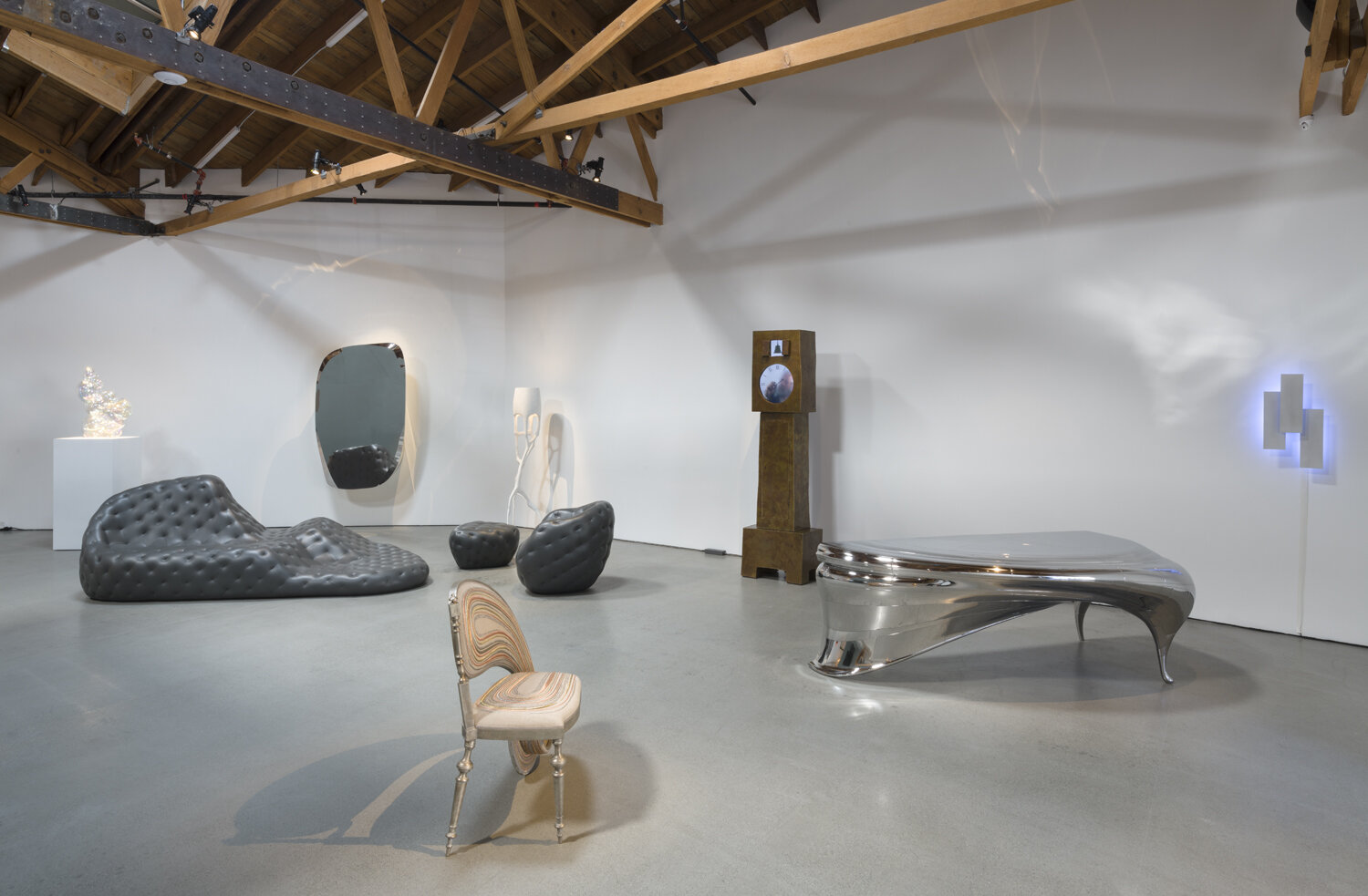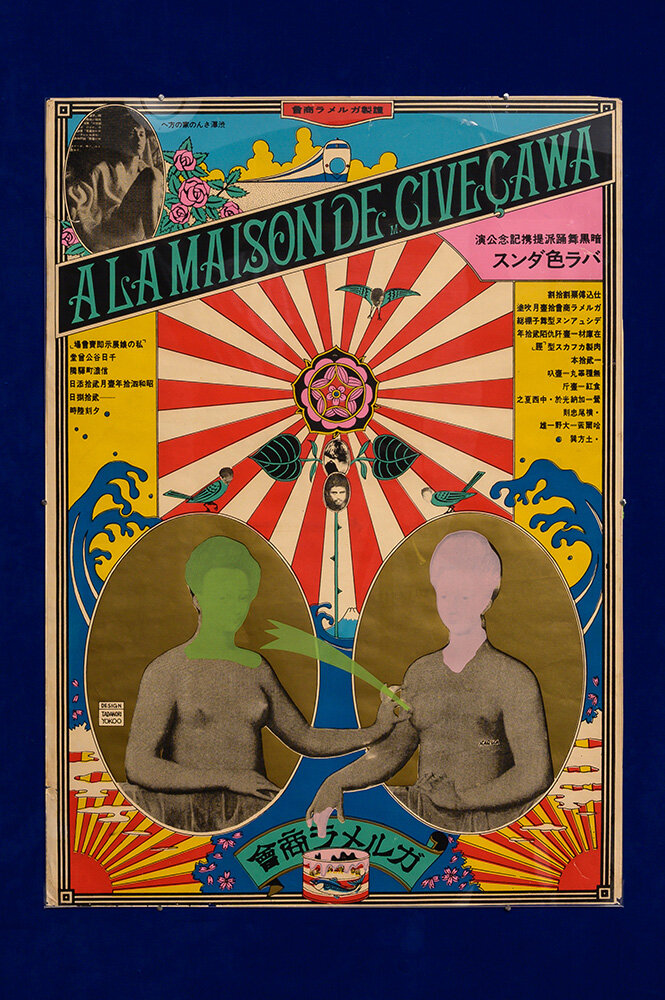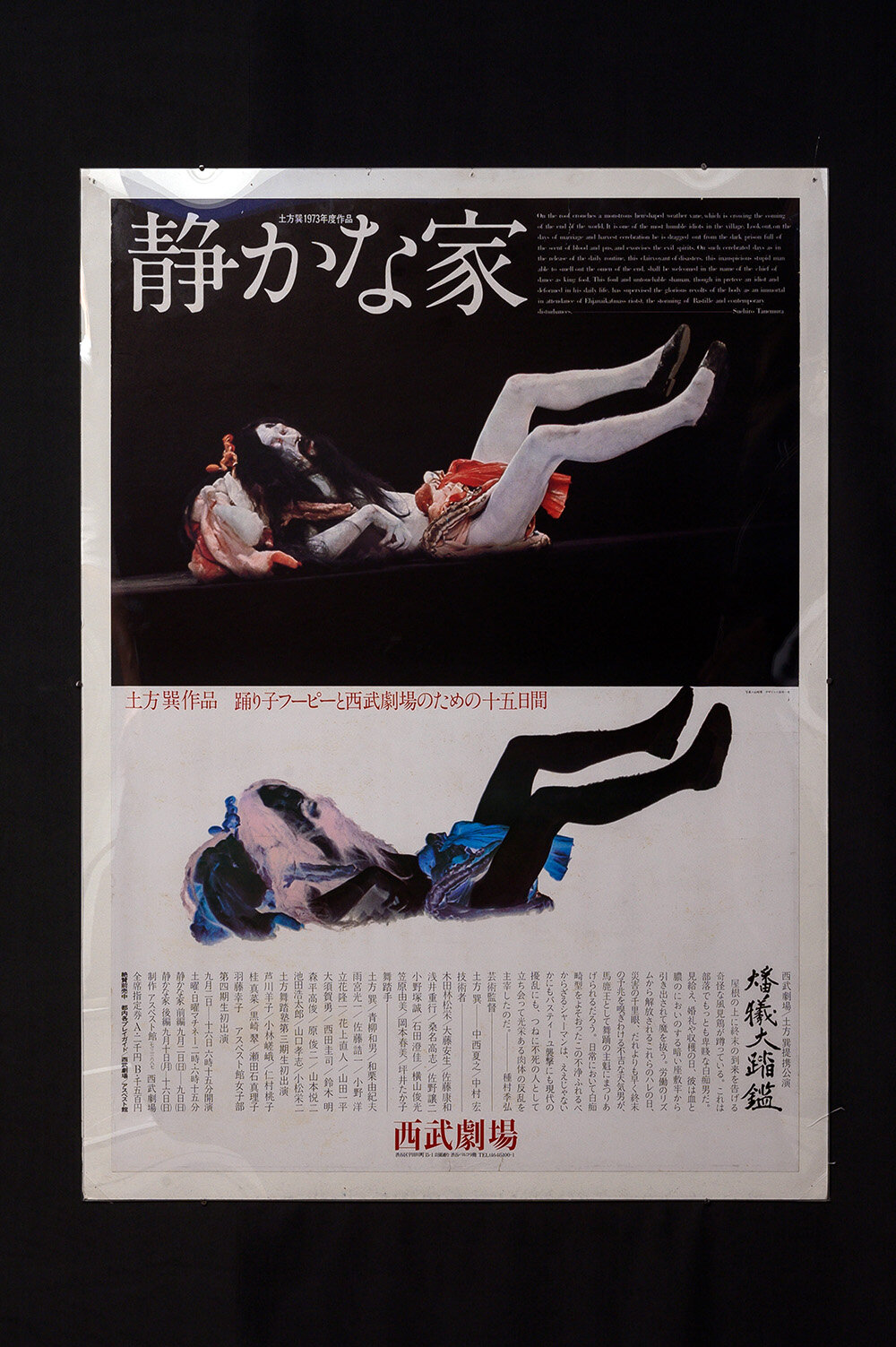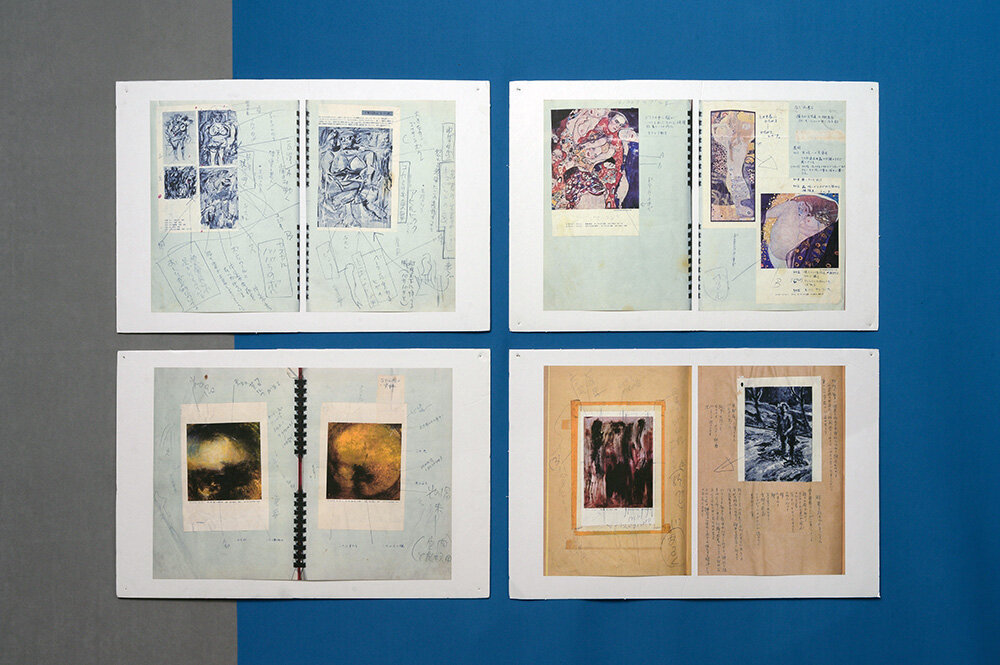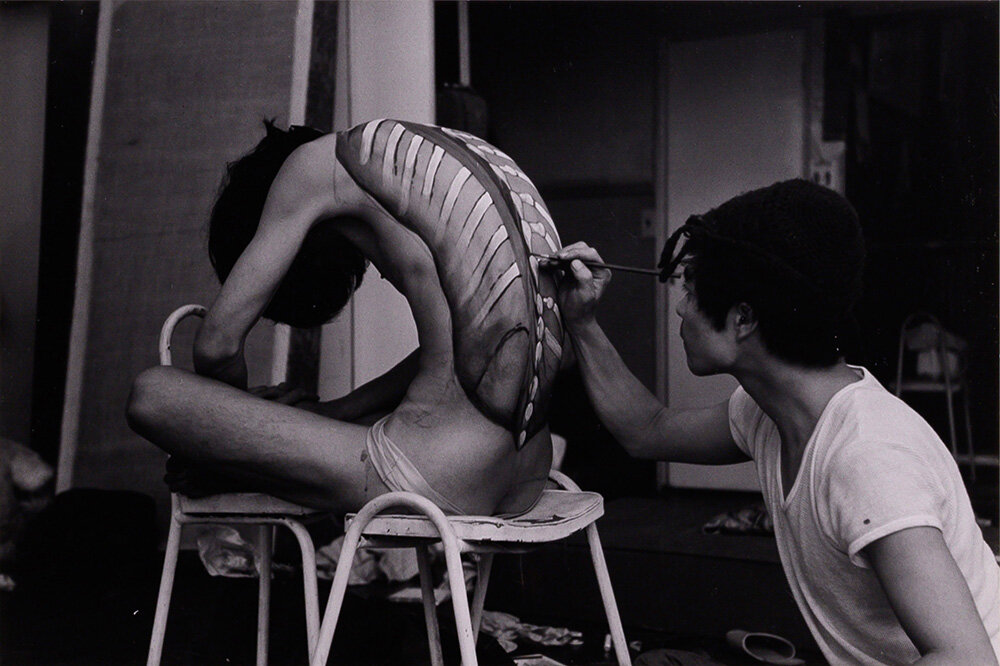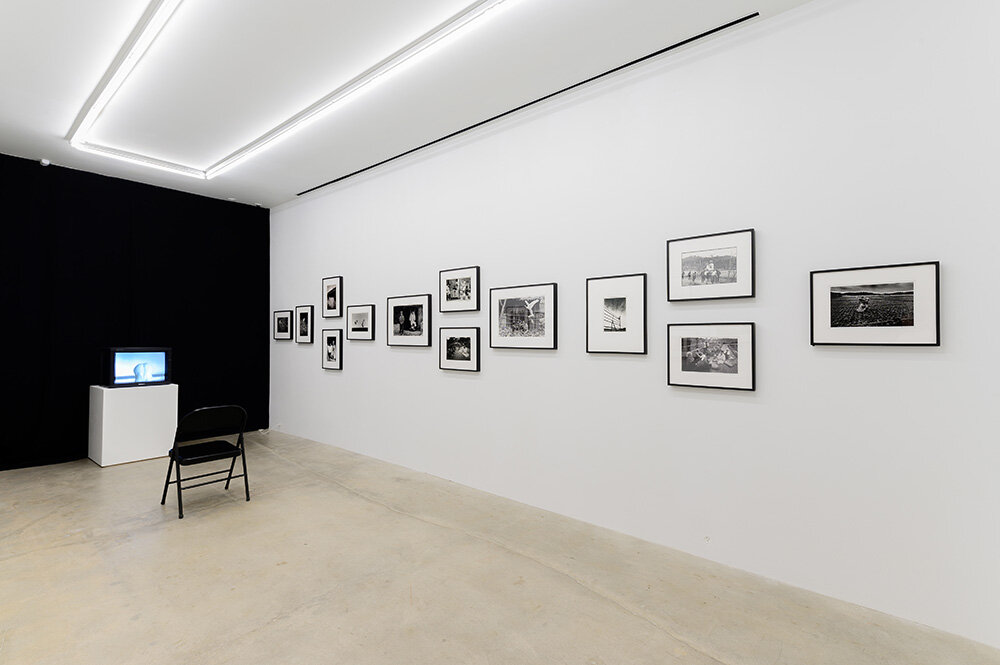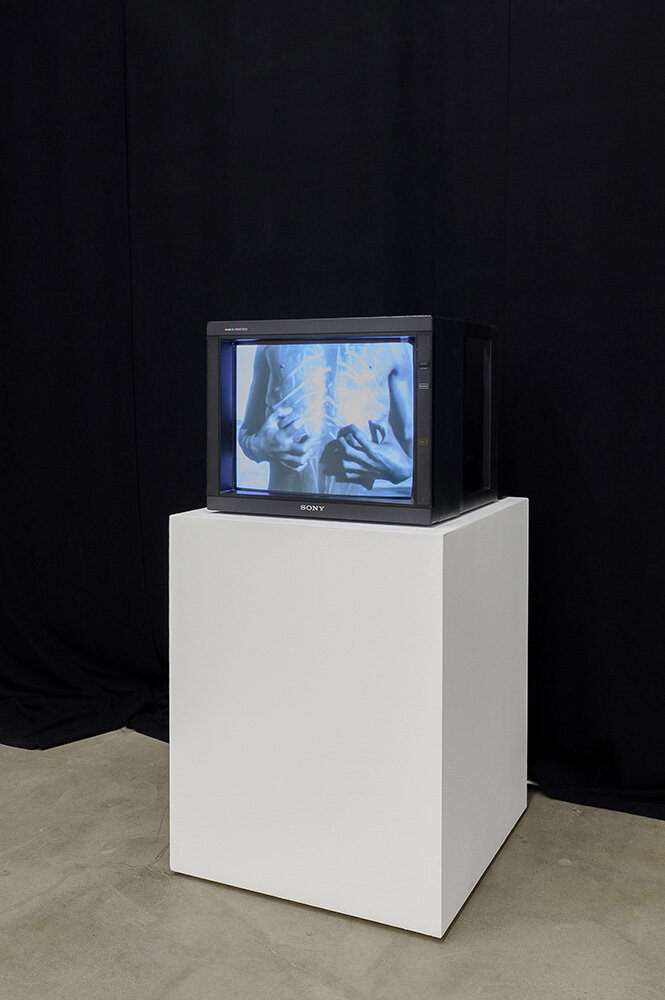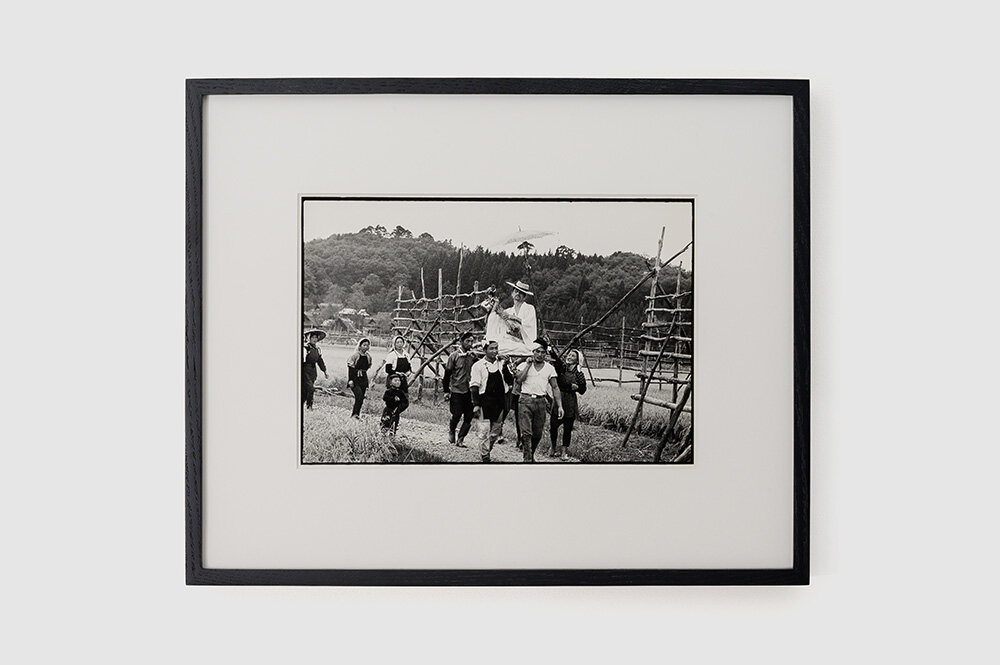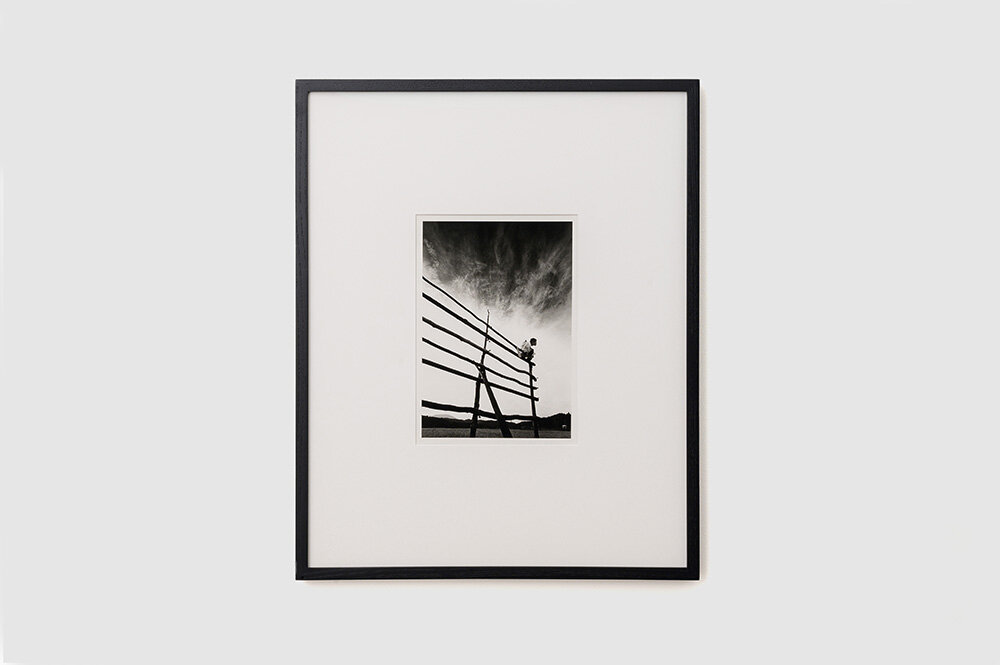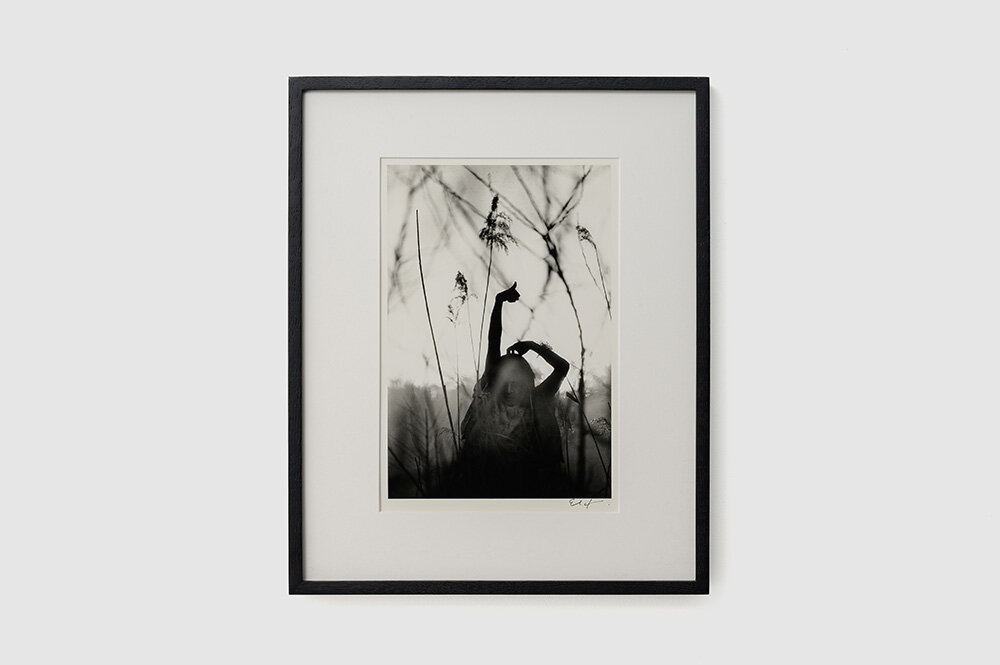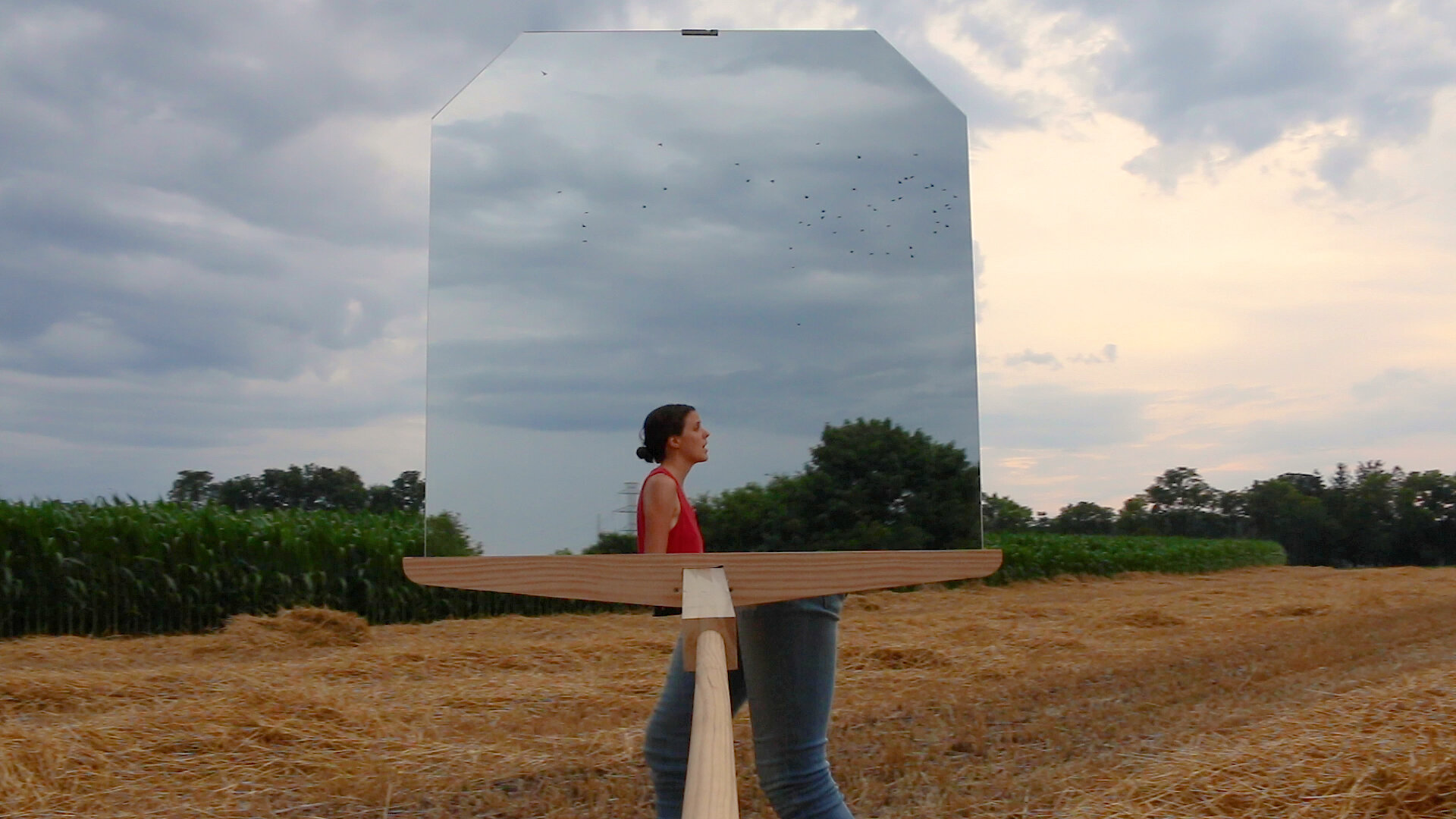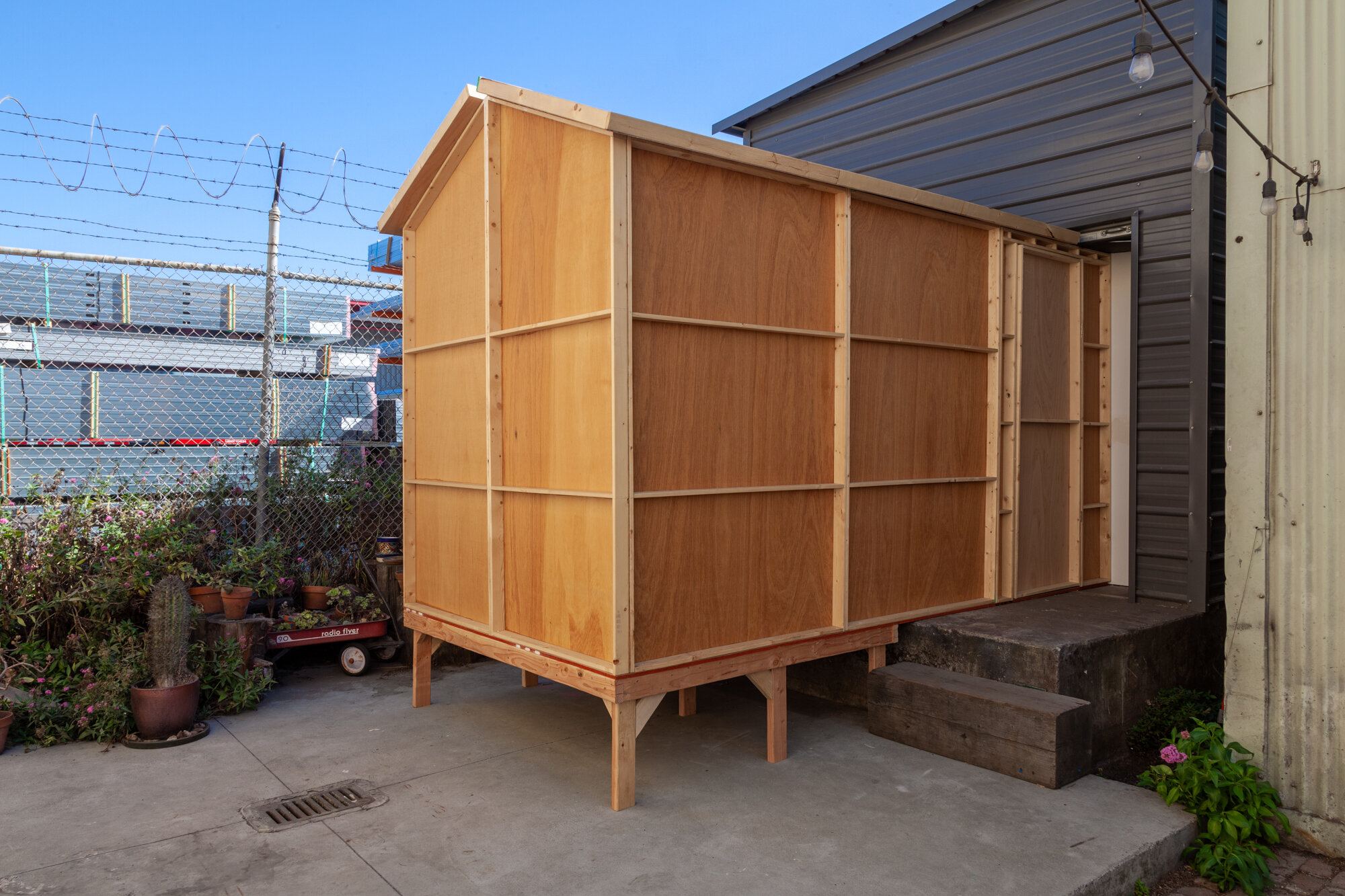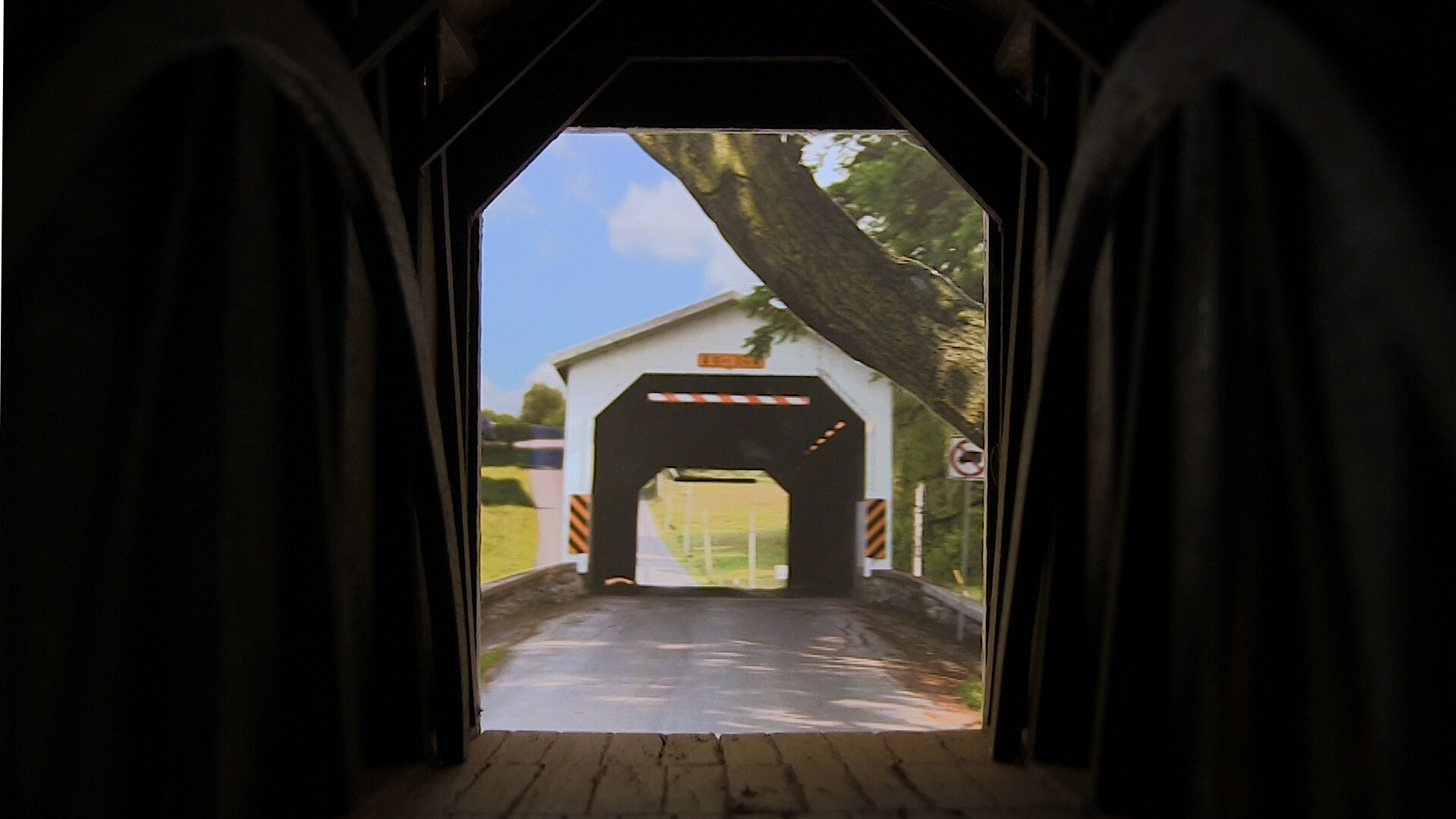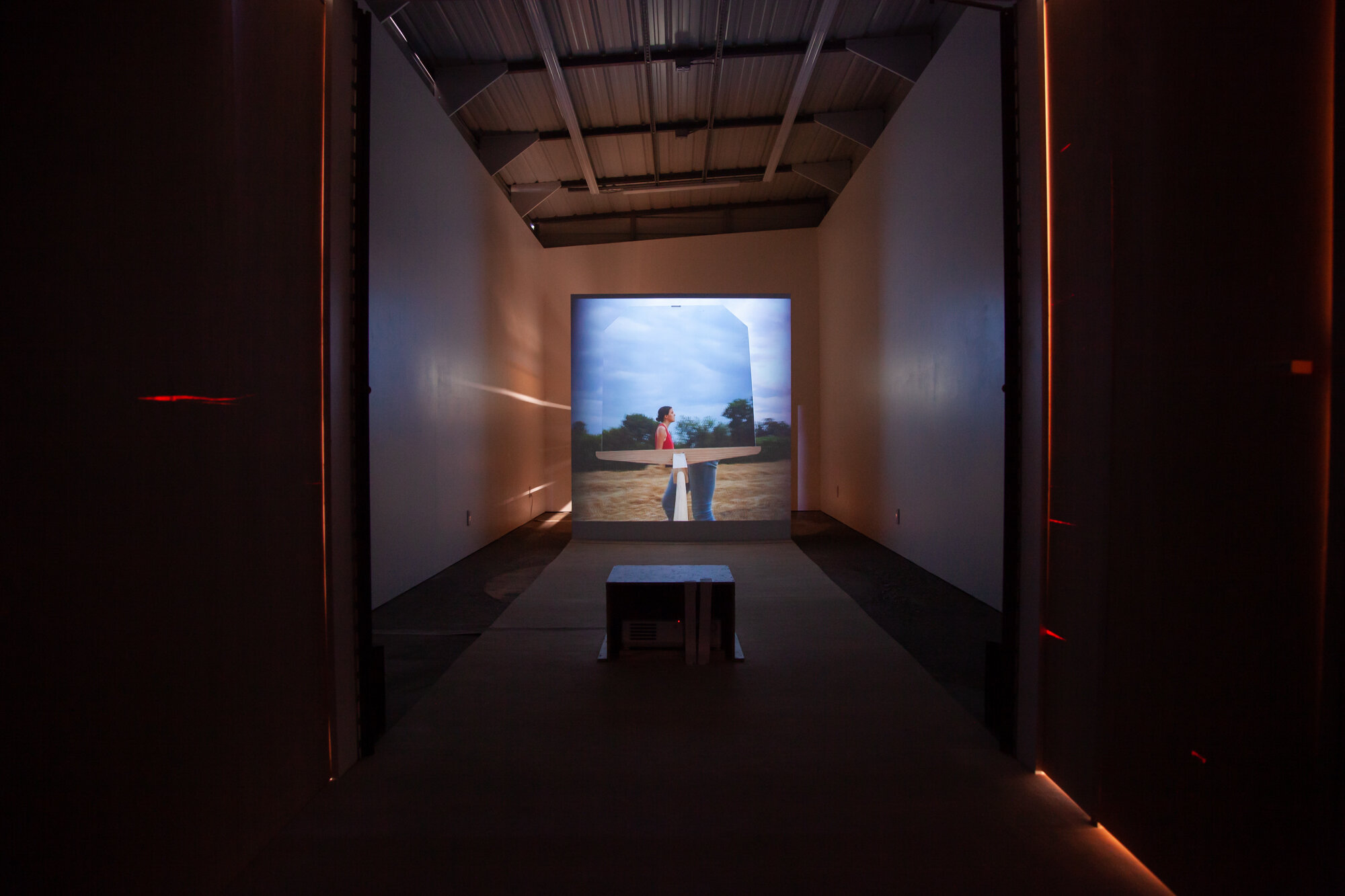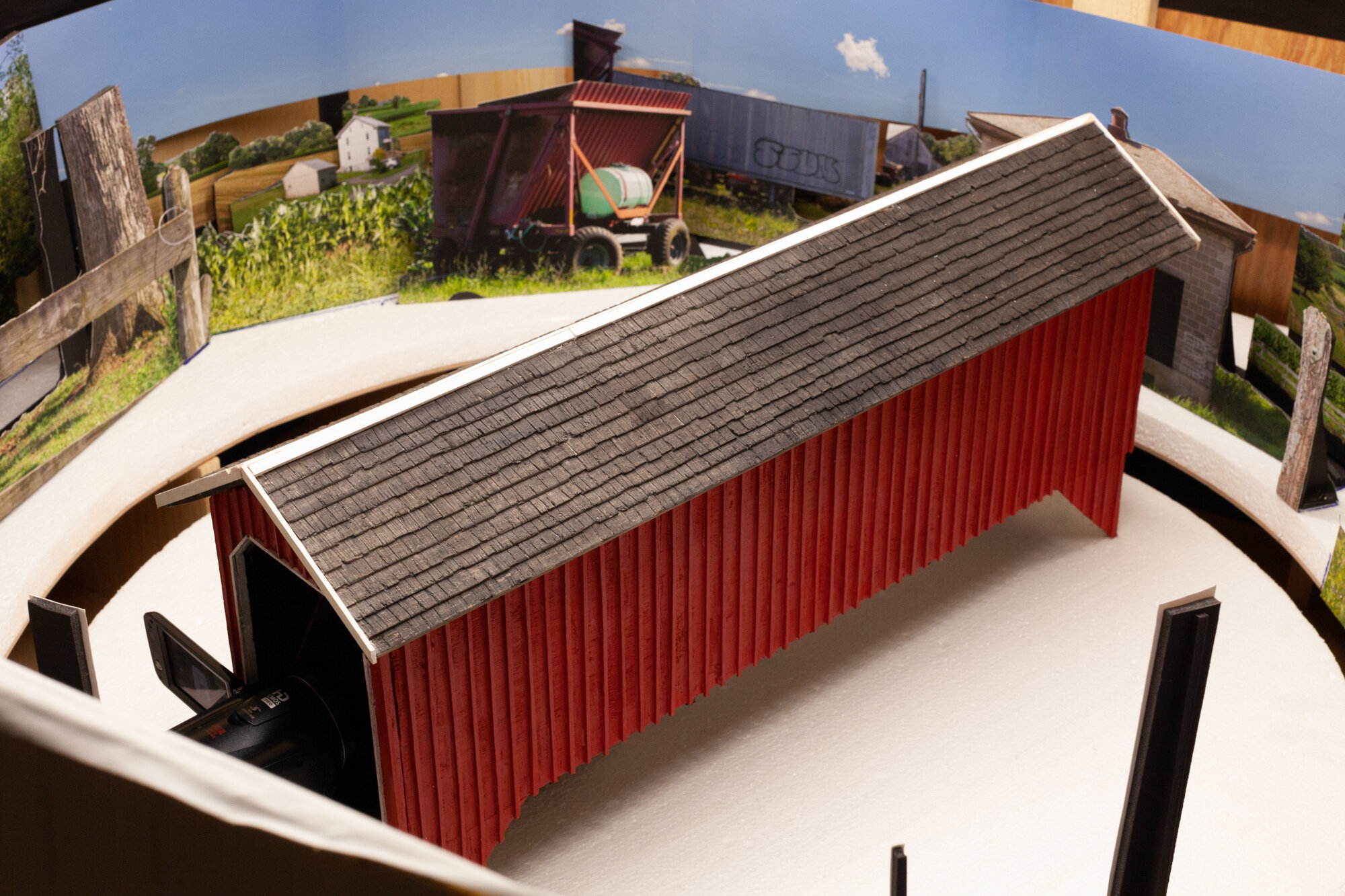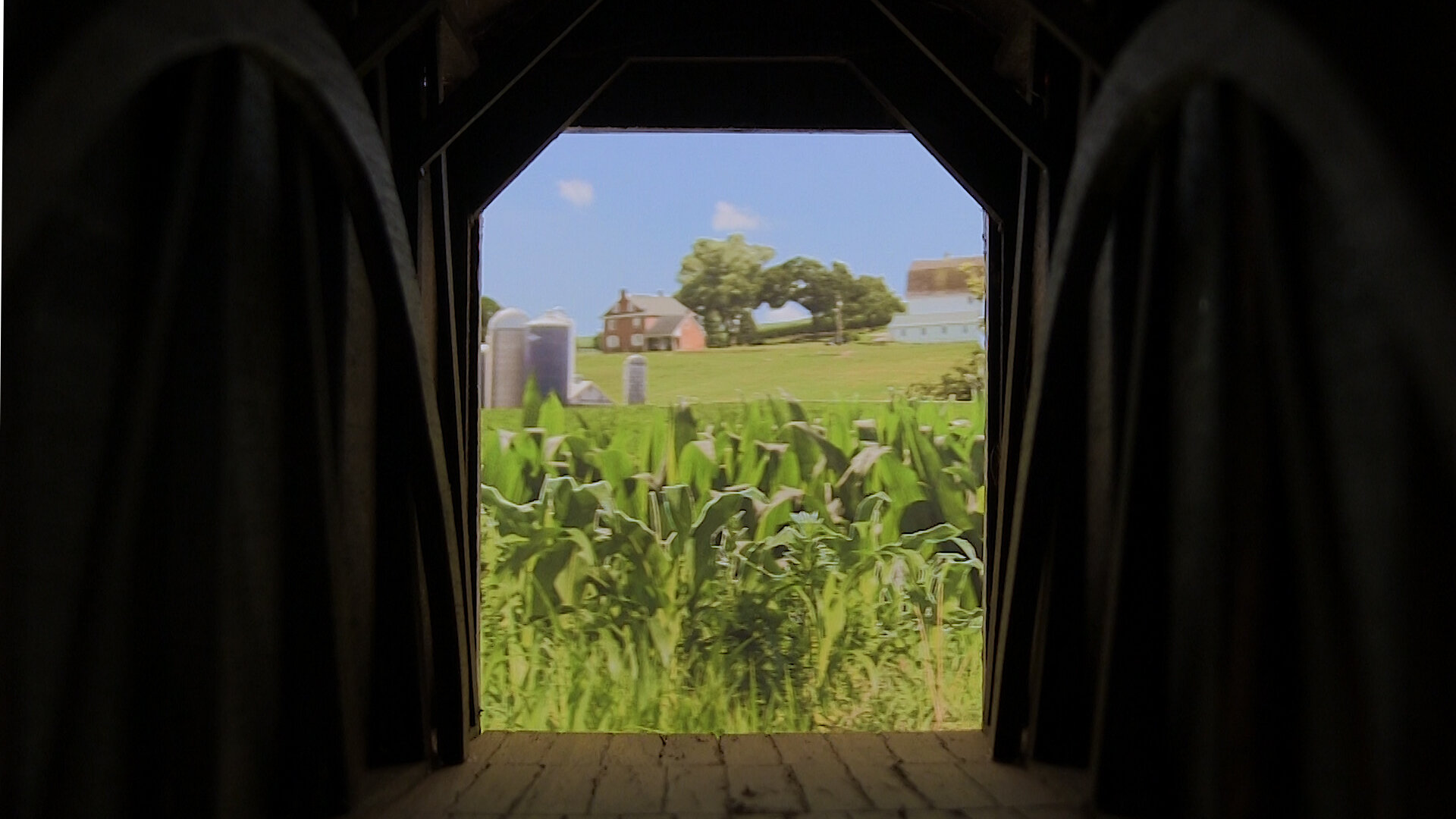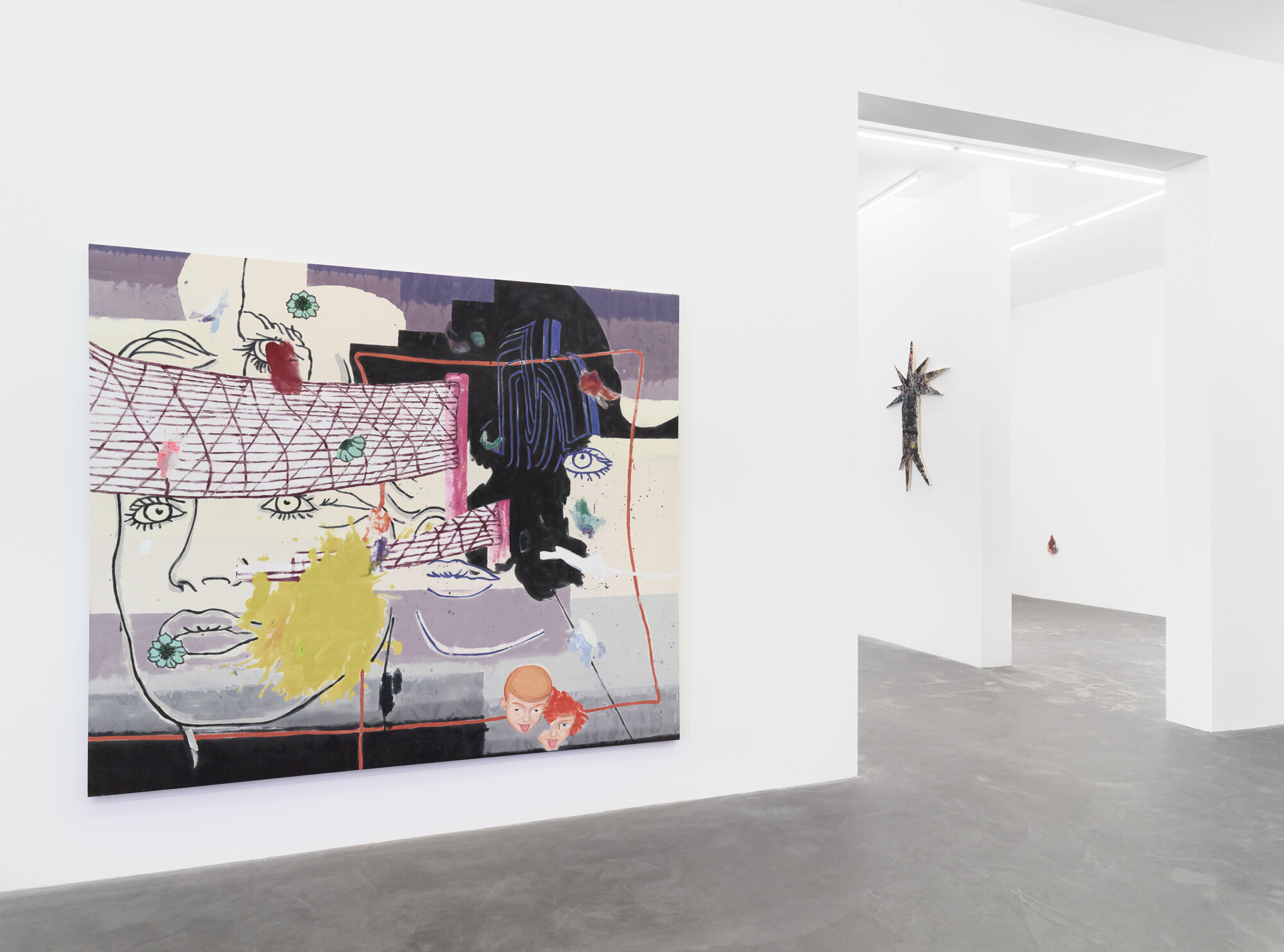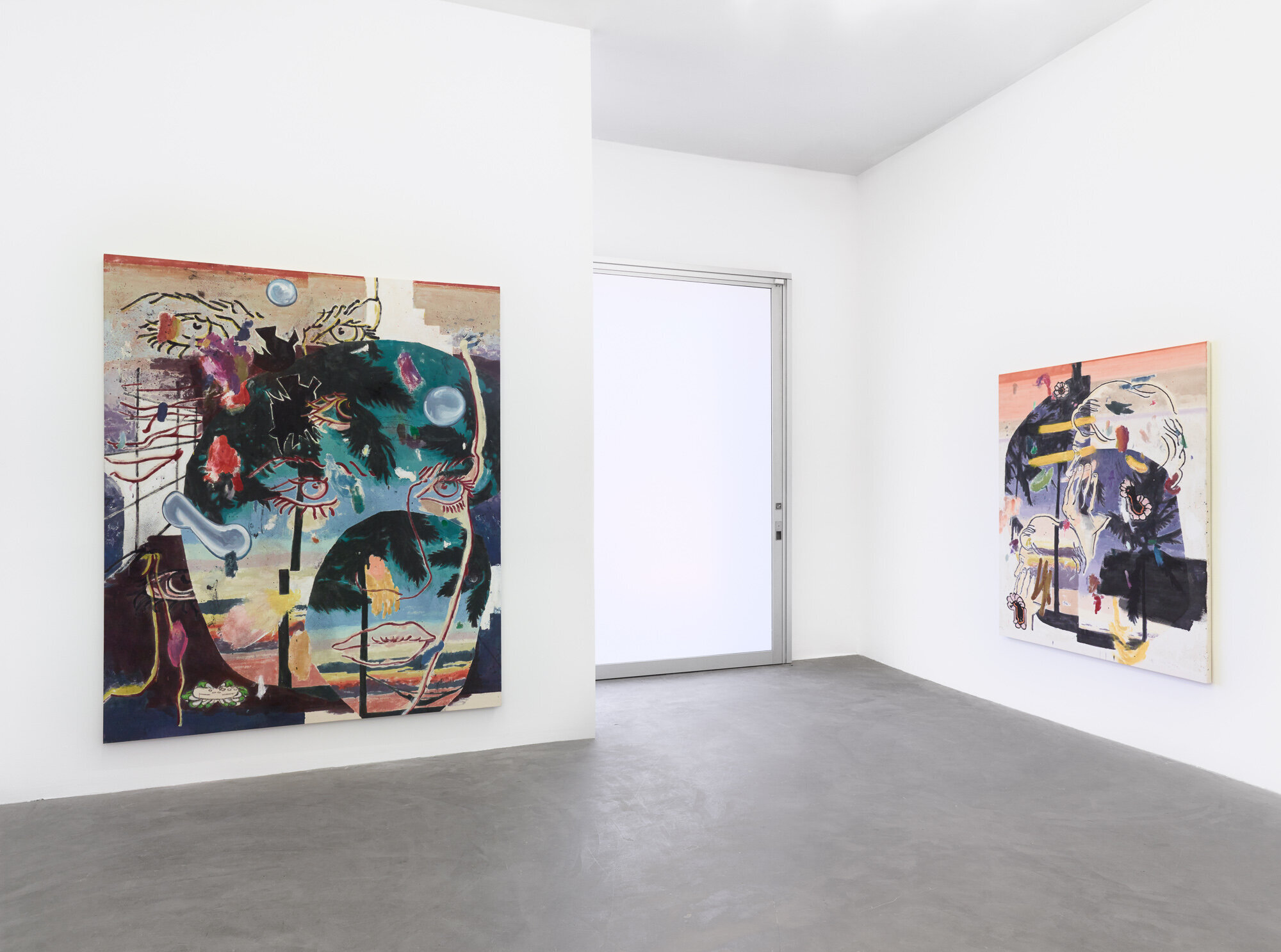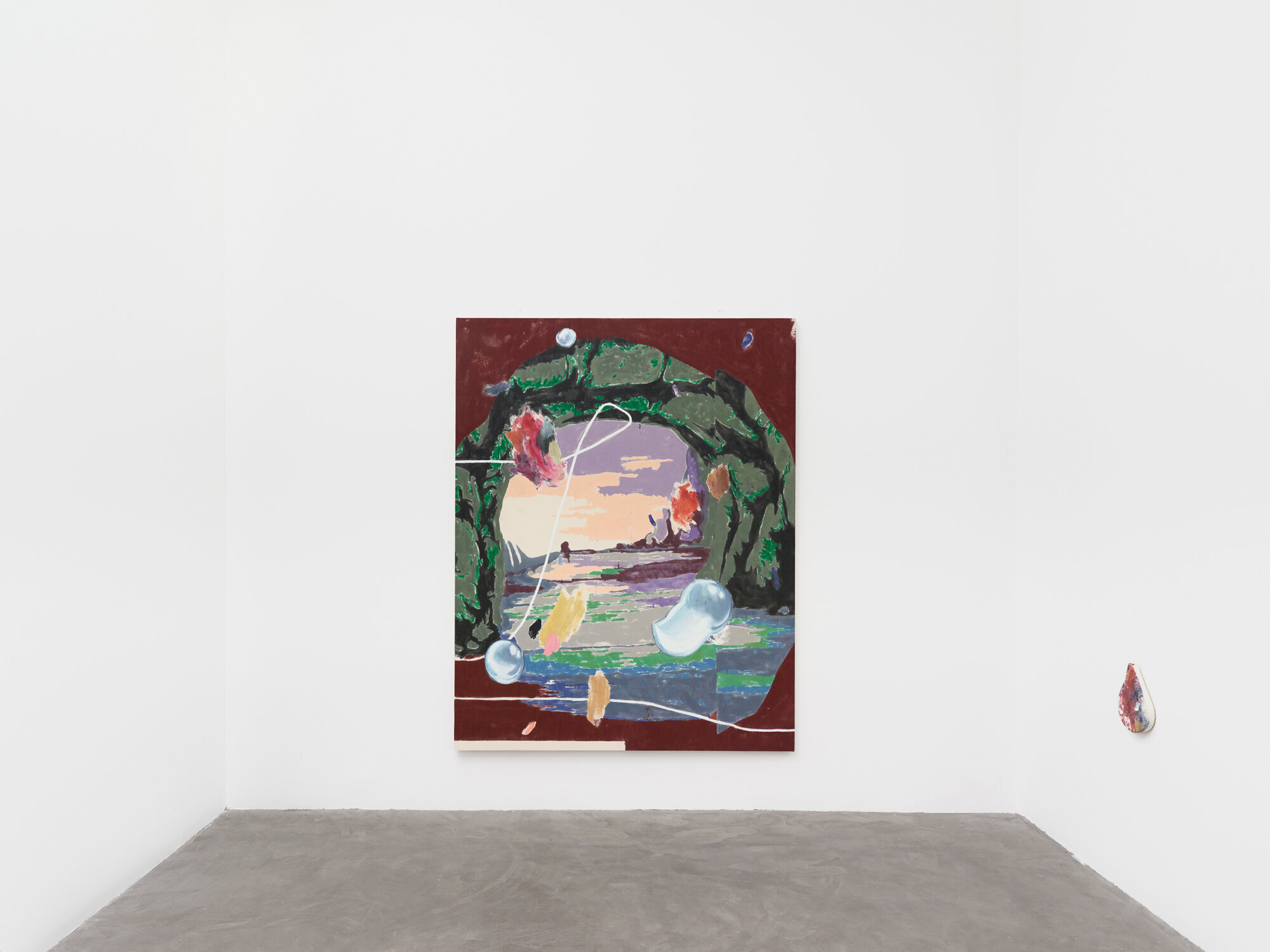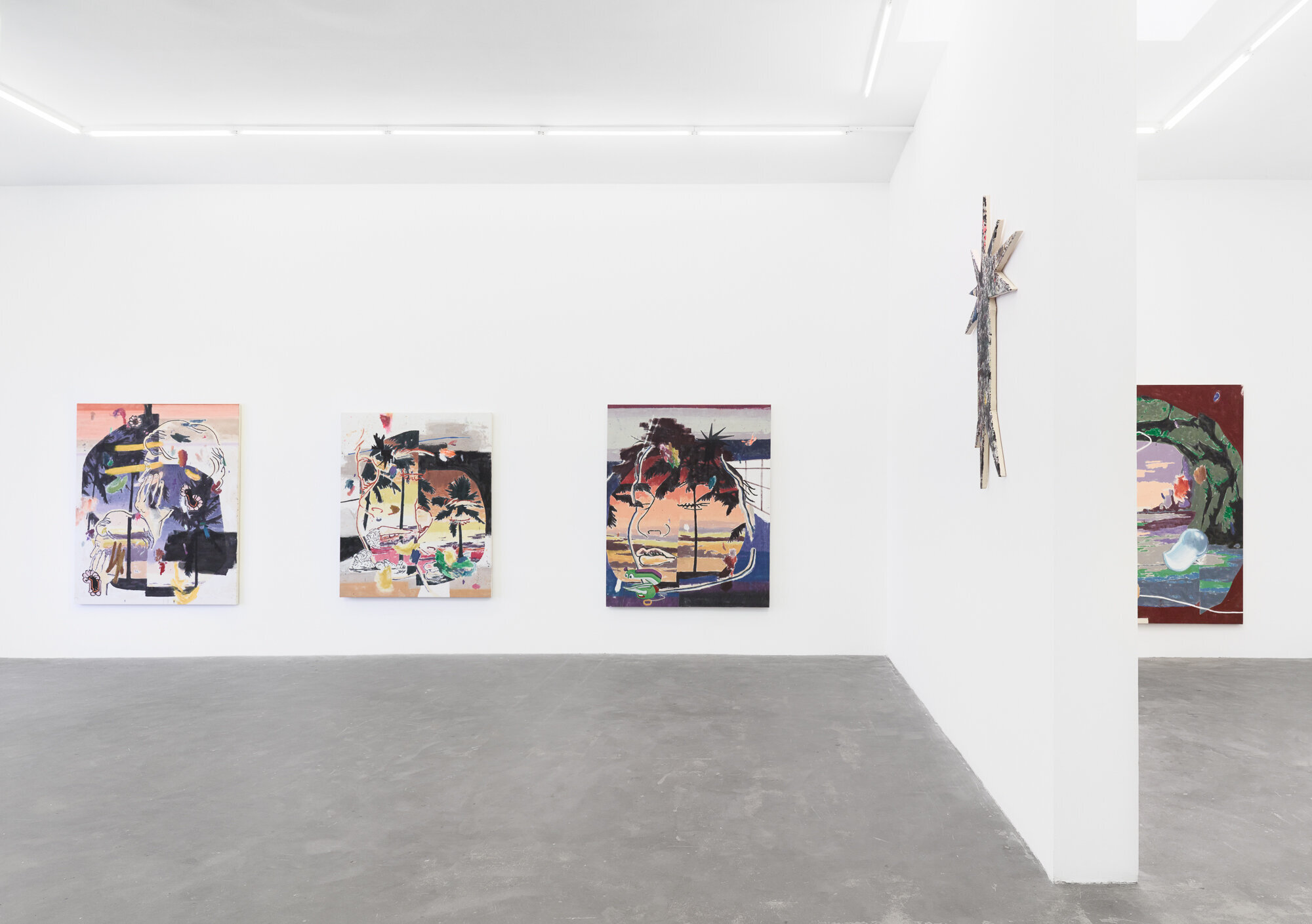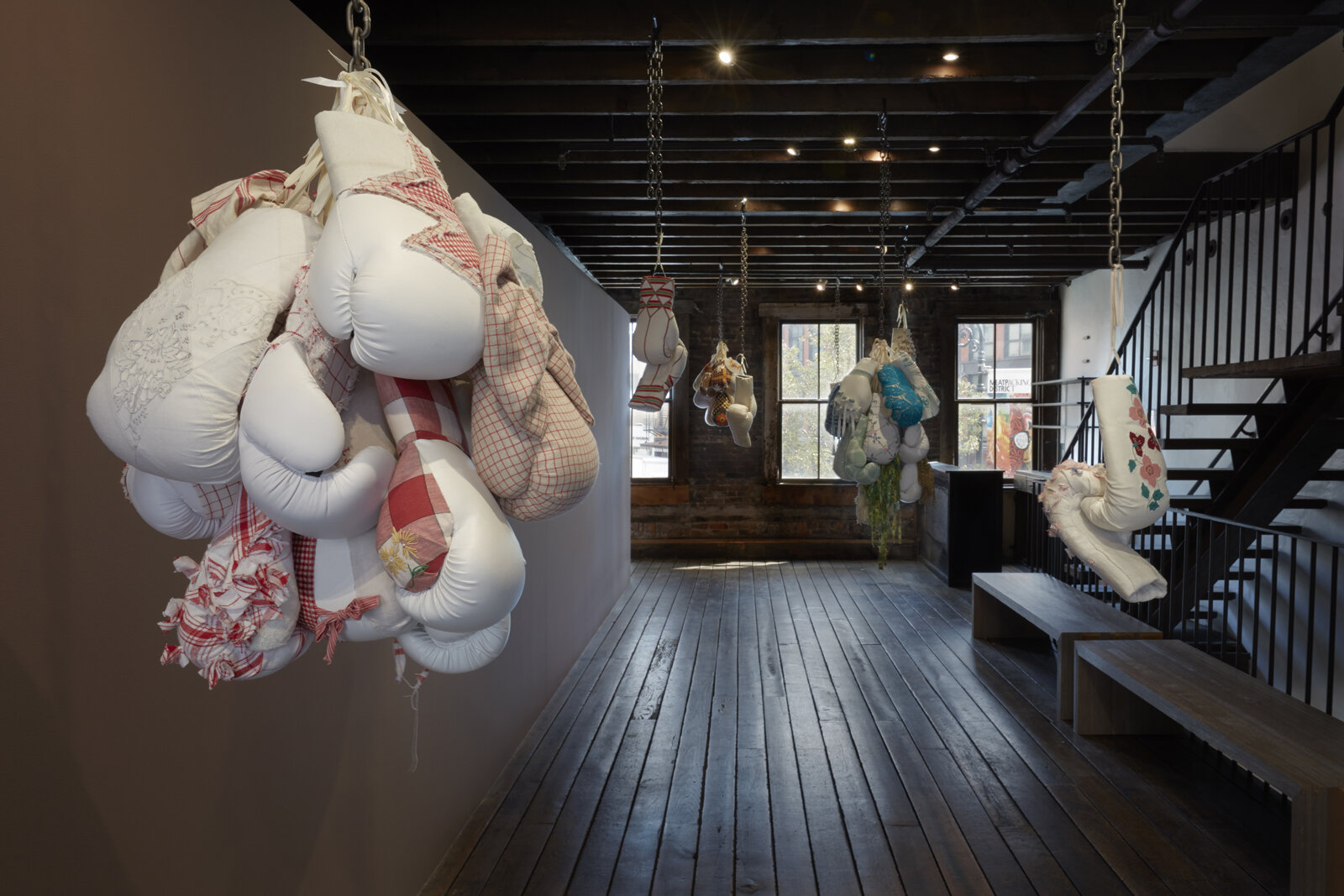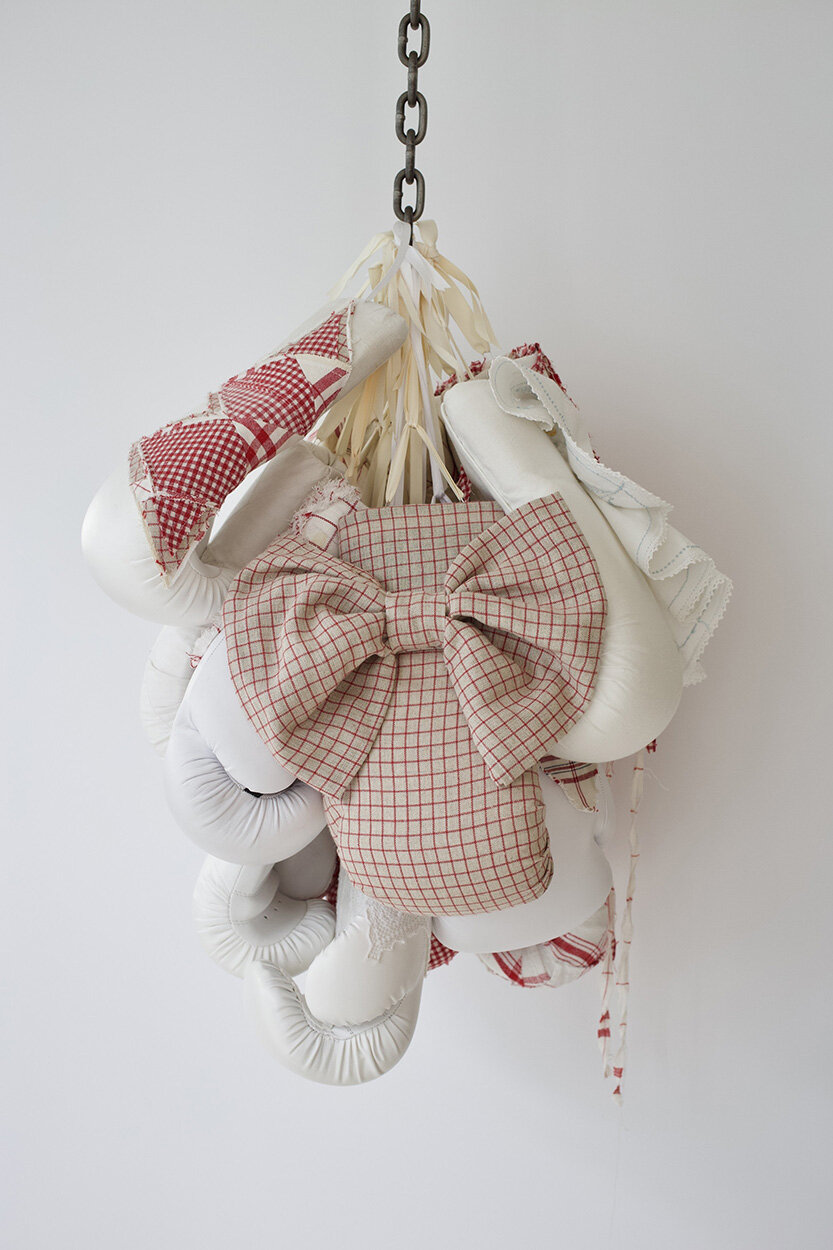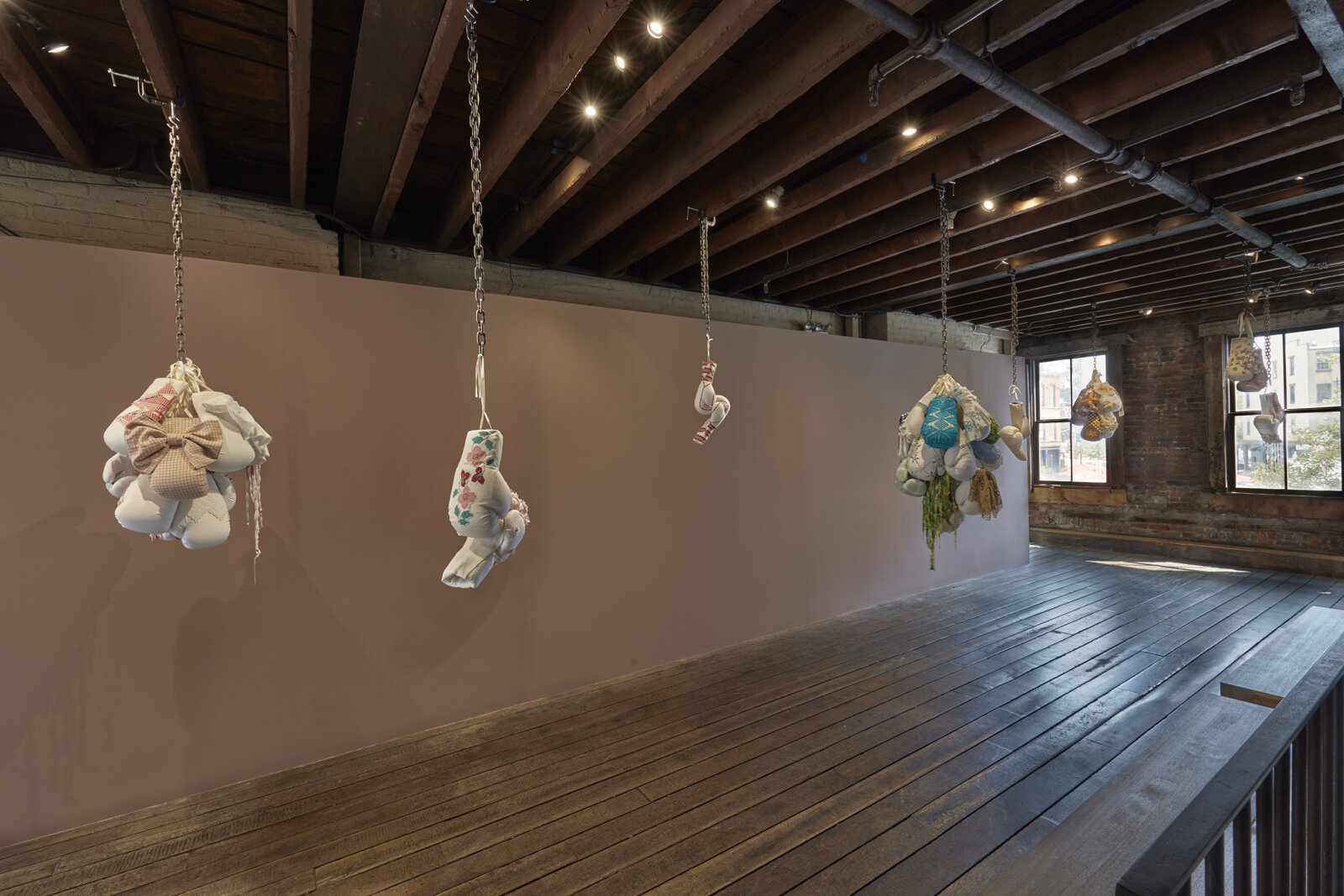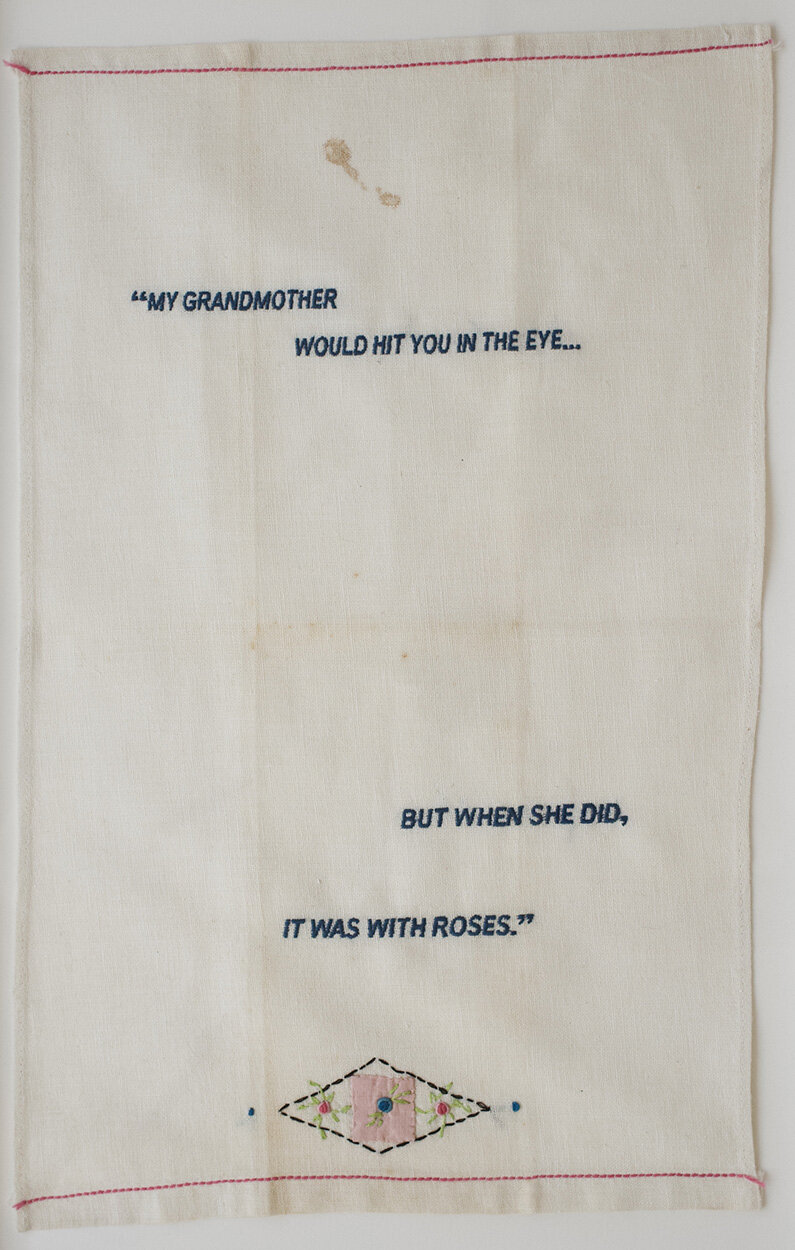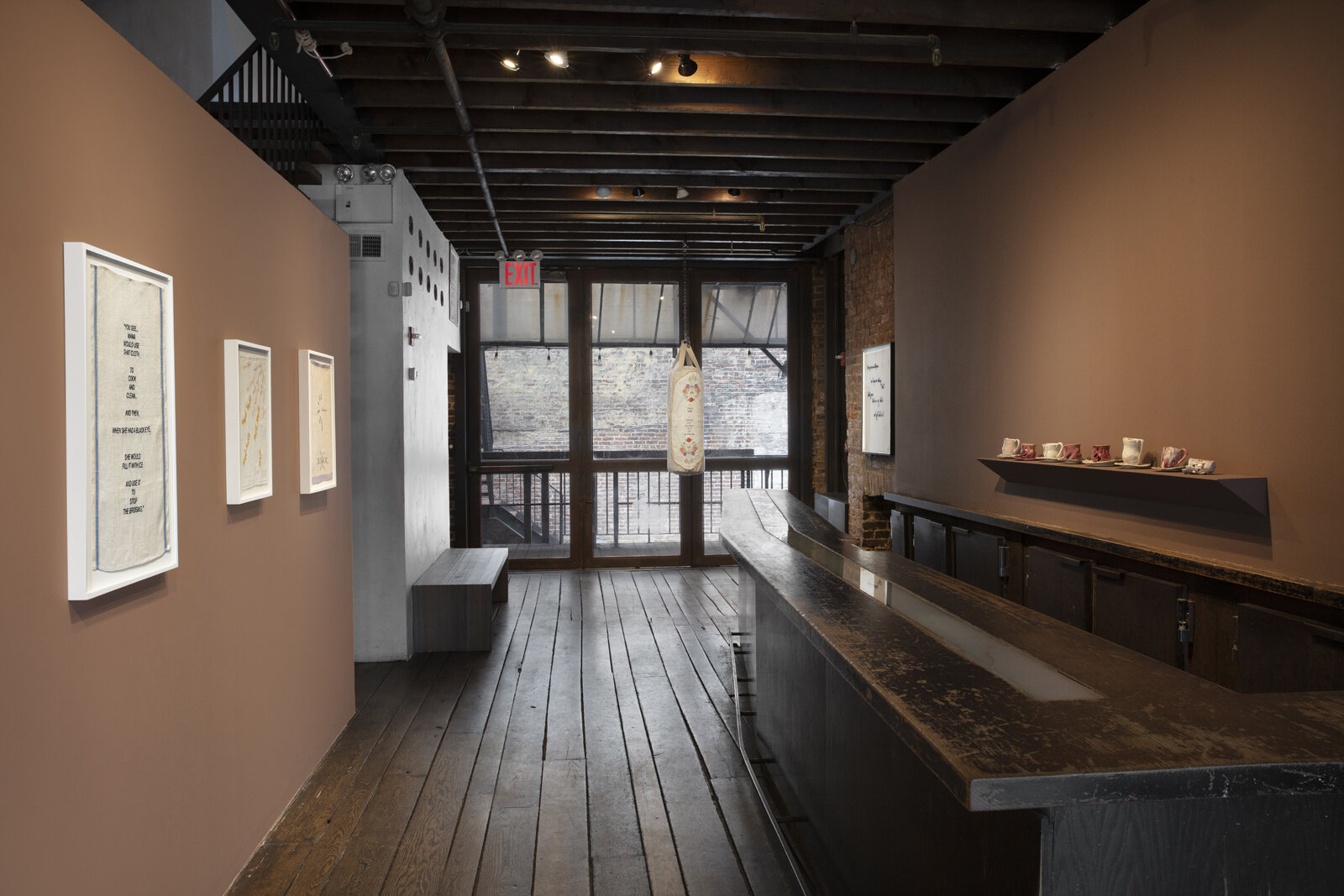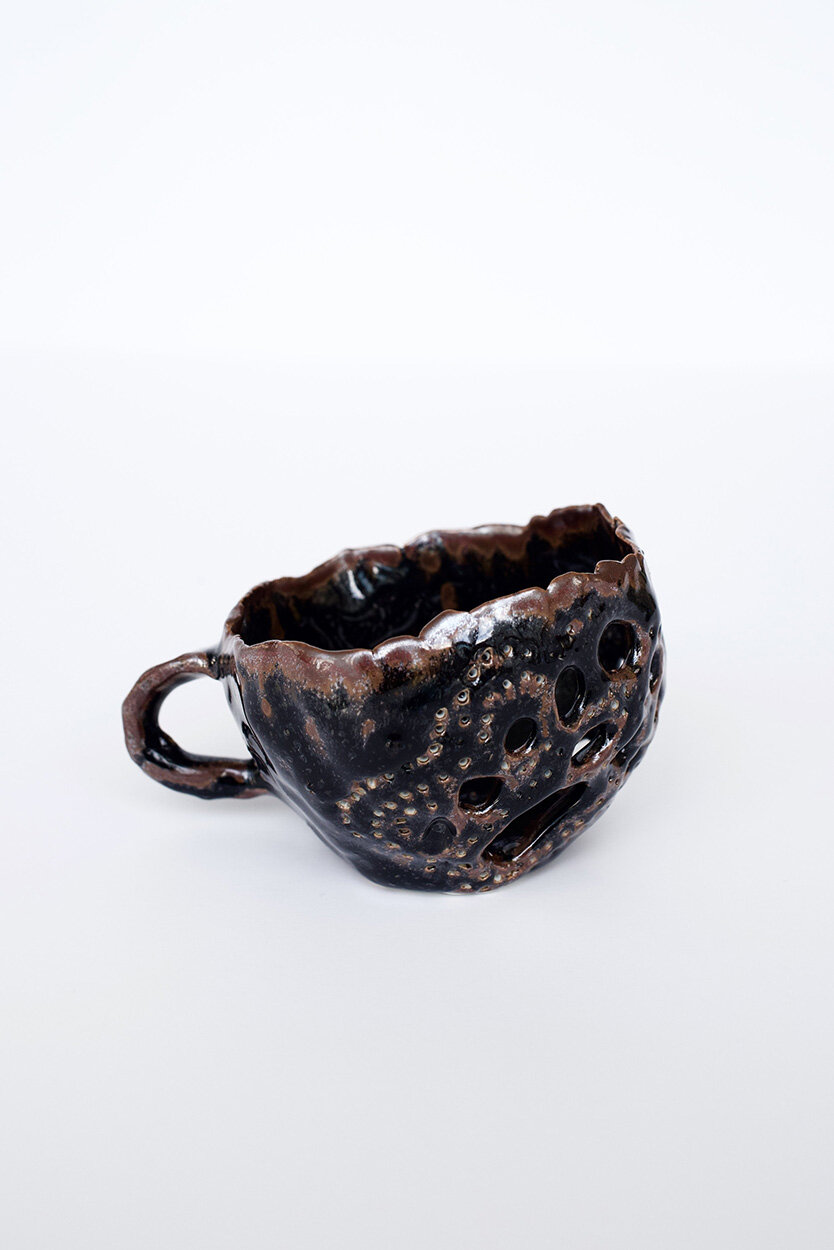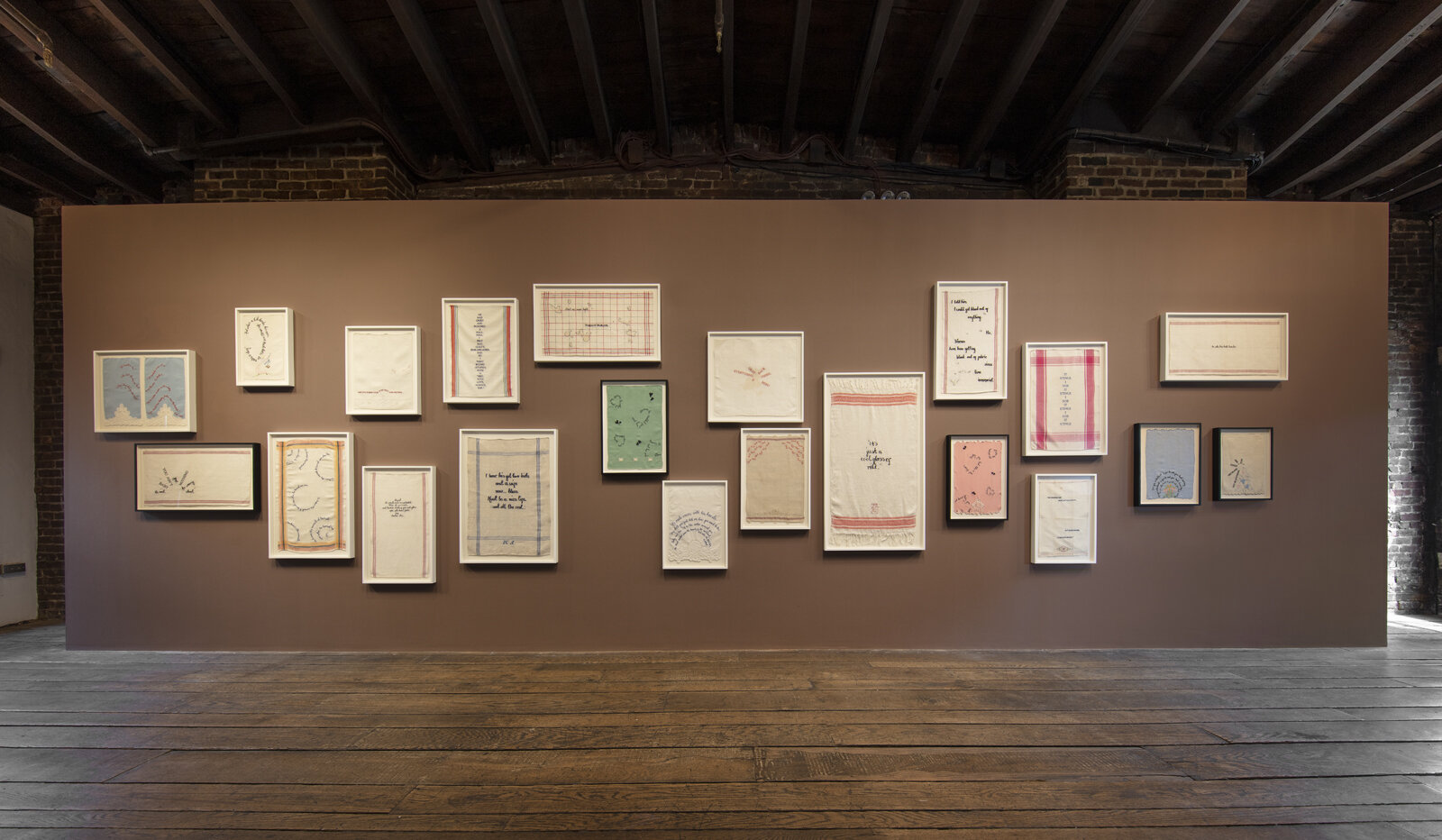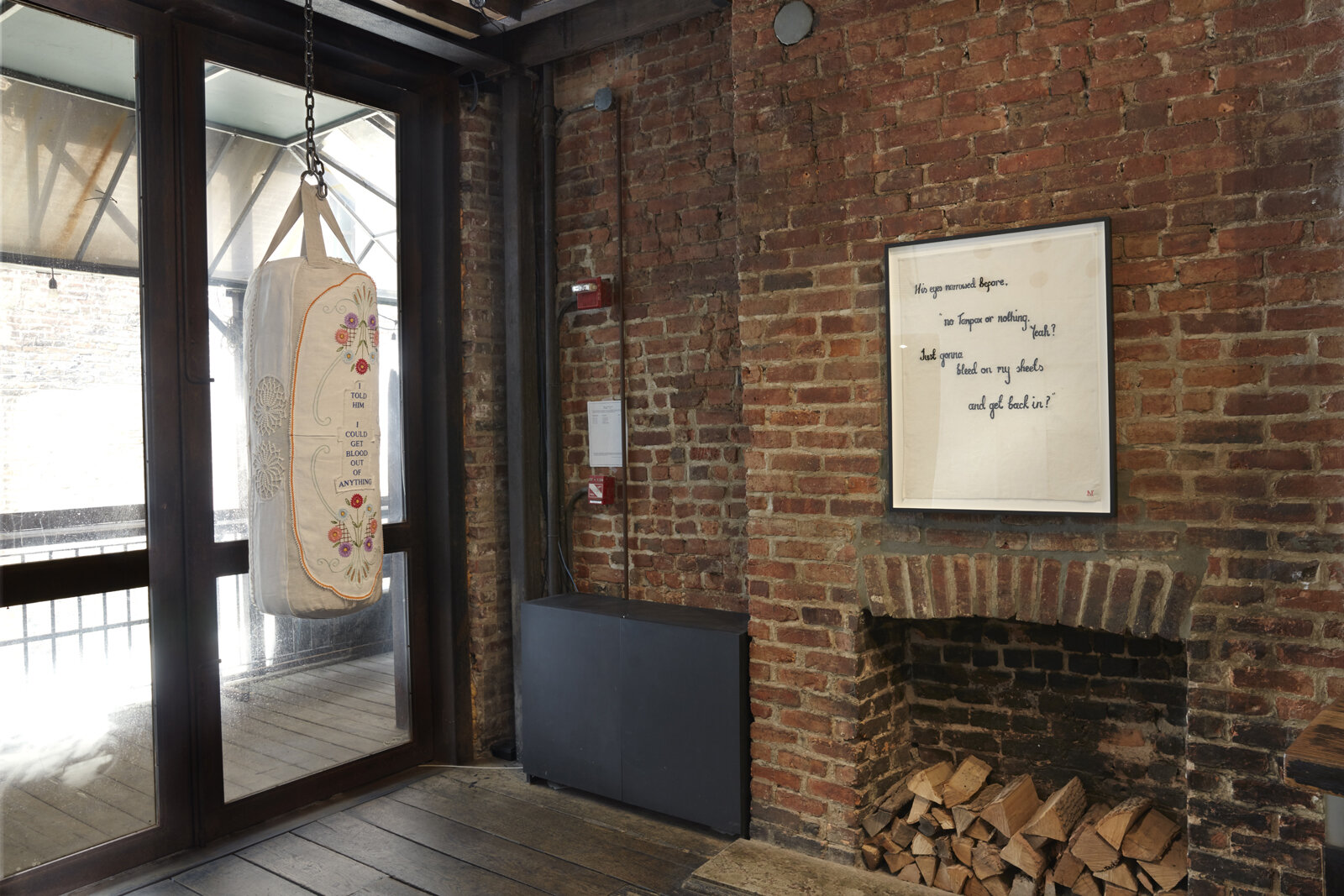Embedded within the specific cultural and socio-political history of Ghana, the work of Ibrahim Mahama addresses issues of globalisation, labour, the exchange of materials and community building, ultimately bringing to the fore a more universal social condition. Mahama is perhaps most well known for his wrapping of architectural structures with jute sacks. Originally made in Southeast Asia and imported to Ghana to transport cocoa beans, these sacks eventually become multi-functional objects reused both by local goods sellers, and for various needs in the home. Both material and commodity trajectory – with its textured skin that retains the imprint of its own history – exemplify the crux of Mahama’s practice: the investigation of the memories and decay of history, cultural fragments, the discarding and future transformation of objects gathered from the urban environment. Through his examination of the history of these objects, Mahama underlies how their evolution over time denotes the developments and changes in contemporary society. Living Grains is on view through December 21 at Fondazione Giuliani Via Gustavo Bianchi, 1, 00153 Roma. photographs courtesy of Fondazione Giuliani
Catalina Ouyang: Marrow @ Make Room In Los Angeles
Ouyang’s oeuvre is situated in a framework of revisionist storytelling that resists essentialist metrics for navigating social space. In marrow, Ouyang builds on previous works to elaborate themes that confront language, space, and the power relations embedded within them.
Leaning on cross-cultural myths about stone and stoning—including the Gorgons, Biblical punishment, the Waiting Stone, and Ahalya—Ouyang develops a visual landscape of characters that instigate unfamiliarity and uncertainty. Ouyang carves stone as a way to feel into mythologies in which bodies are cursed or frightened into petrification, calling up questions of agency, resistance, and loss. Ouyang repeatedly returns her inquiry to the question of language and its departure from a body transformed. marrow is on view through November 30 at Make Room 1035 N Broadway, Los Angeles. photographs courtesy of the gallery
Sadie Barnette: The New Eagle Creek Saloon @ ICA In Los Angeles
For her first solo museum presentation in Los Angeles, Oakland-based artist Sadie Barnette (b. 1984) will reimagine the Eagle Creek Saloon, the first black-owned gay bar in San Francisco, established by the artist’s father Rodney Barnette, founder of the Compton, CA chapter of the Black Panther Party. From 1990–93 Barnette’s father operated the bar and offered a safe space for the multiracial LGBTQ community who were marginalized at other social spaces throughout the city at that time.
Barnette engages the aesthetics of Minimalism and Conceptualism through an idiosyncratic use of text, decoration, photographs, and found objects that approach the speculative and otherworldly. Barnette’s recent drawings, sculptures, and installations have incorporated the 500-page FBI surveillance file kept on her father and references to West Coast funk and hip-hop culture to consider the historical and present-day dynamics of race, gender, and politics in the United States. Using materials such as spray paint, crystals, and glitter, she transforms the bureaucratic remnants from a dark chapter in American history into vibrant celebrations of personal, familial, and cultural histories and visual acts of resistance. The New Eagle Creek Saloon is a glittering bar installation that exists somewhere between a monument and an altar, at once archiving the past and providing space for potential actions. During the run of the exhibition at ICA LA, the installation will be activated by performances, talks, and other social events. The New Eagle Creek Saloon is on view through January 26, 2020 at ICA LA 1717 E. 7th Street, Los Angeles. photographs courtesy of the gallery
Cross Colours: Black Fashion in the 20th Century @ CAAM In Los Angeles
In 1990, on the first season of the hit primetime television show The Fresh Prince of Bel Air, lead actor Will Smith wore a series of boldly hued and geometric looks designed by a young Los Angeles–based urban apparel line named Cross Colours. African American-owned, founded by Carl Jones and T.J. Walker, the brand quickly skyrocketed, securing a plethora of orders across the country and breaking color barriers in the field of men’s apparel. The commercial success of Cross Colours, which Jones and Walker created for black youth with the premise of producing “Clothing Without Prejudice,” had a significant influence on the mainstream fashion industry, inspiring it to take notice of the emerging importance of urban streetwear.
Working in the golden age of Hip Hop in the late 1980s and 1990s, Jones and Walker incorporated bright colors and graphic designs that reflected not just trends in fashion, but also a cultural embrace of Afrocentrism in response to unjust Reagan-era policies, rising poverty, police brutality, and substandard educational opportunities. They appealed unapologetically to a black aesthetic, while strategically using product placement, social justice messaging, and community outreach to address these pressing issues. Thirty years later, Cross Colours continues to engage in the socio-political moment and counter negative portrayals of black youth. The first exhibition to examine this groundbreaking brand, Cross Colours: Black Fashion in the 20th Century showcases vintage textiles, media footage, and rare ephemera that illuminate how Cross Colours has permeated popular culture and how fashion can be used to tell history anew. Cross Colours: Black Fashion in the 20th Century is on view through March 1, 2020 at The California African American Museum 600 State Drive, Exposition Park, Los Angeles. photographs courtesy of CAAM
Anja Salonen: The Key Of Chiron @ Five Car Garage In Santa Monica
In 1977, a small planetoid named 2060 Chiron was discovered in our outer Solar System. Although a photographic record of it reaching back to the 1890s has been assembled, no one had noted it before that day at an observatory in Pasadena. In Greek mythology, the centaur Chiron embodies Jung’s ‘wounded healer’ archetype. After facing early life abandonment, Chiron is fatefully pierced by his own poison arrow, incurring an unhealable wound that he carries with him for the rest of his life. This injury propels Chiron to a resurrection and transcendence of the physical experience, leading to a lifelong journey to discover and share the healing qualities inherent in nature. The Key Of Chiron is on view at Five Car Garage Open every Saturday 12-4pm and by appointment. painting stills were shot by Don Lewis and the install pics by Matthew Farrar.
Tanya Brodsky: Tongue Tied @ Ochi Projects In Los Angeles
Kaiser Permanente sends me generic nature stock photos, accompanied by recommendations for something called “forest bathing.” In a blur of communication and advertising, image and text are flattened, co-opted, coded, re-coded, and ultimately digested, leaving behind traces of mutated half-meanings. The eye’s focus oscillates between looking through, and looking at: a scattering of sight and attention, a breaking apart of the singular. When I saw an ad stating that the Behr Paint color of the year is a green hue called Back to Nature, all I could think was, damn the 90’s really are back. Sometimes, I want to yell emojis across the room. Bears do supposedly still shit in the woods, though. Tongue Tied is on view through November 9 at Ochi Projects 3301 W Washington Blvd Los Angeles. Images by Josh Schaedel courtesy of Ochi Projects
Shirin Neshat: I Will Greet The Sun Again @ The Broad
Originated by The Broad, Shirin Neshat: I Will Greet the Sun Again is the largest exhibition to date of internationally acclaimed artist Shirin Neshat’s approximately 30-year career. Taking its title from a poem by Iranian poet Forugh Farrokhzad, the exhibition (which presents approximately 230 photographs and eight video works) offers a rare glimpse into the evolution of Neshat’s artistic journey as she explores topics of exile, displacement, and identity with beauty, dynamic formal invention, and poetic grace.
Beginning with her early photograph series, Women of Allah, the exhibition also features iconic video works such as Rapture, Turbulent, and Passage, monumental photography installations including The Book of Kings and The Home of My Eyes, and Land of Dreams, a new, ambitious work encompassing a body of photographs and two immersive videos that will make its global debut in the exhibition. I Will Greet the Sun Again is on view through February 16, 2020 at The Broad Installation Images by Joshua White, courtesy of The Broad
Theodore Boyer: Star Maps @ Show Gallery In Los Angeles
As a California native, adopted at birth, the artist began his wanderlust at a young age, traveling extensively throughout the world seeking the truth to humanity’s origins. Theodore’s artistic practice is a response to acquired knowledge, and his applications are often learned through personal experiences. Color and form are paramount in the vocabulary of his work, combining dyed textile, scenic paint, oil paint, dirt, gravel and grout to convey the constant balance between nature and humanity.
For the artist: “My research and artistic lineage is one blossom in a garden of artists, philosophers and mystics who through their own journey have all come to the same conclusion: we, every living organism, come from the stars.” Star Maps is on view at Show Gallery 1515 N Gardner St, Los Angeles. photographs courtesy of the gallery
Wangari Mathenge: Aura of Quiet @ Roberts Projects In Los Angeles
In this current body of work, Wangari Mathenge, draws her inspiration from “The Danger of a Single Story,” a 2009 Ted Talk delivered by the author Chimamanda Ngozi Adichie. In this vein, Mathenge takes as her subject complex human beings and situations, focusing her attention on those liminal moments that are rarely distinguished or registered but are essential to the narration of an unabridged existence. Aura of Quiet is on view through November 16 at Roberts Projects 5801 Washington Blvd, Culver City. photographs courtesy of the gallery
Micro Era: Media Art from China @ Kulturforum In Berlin
From documentary film images, and the adapted use of classical film language to the aesthetics of Japanese Anime, the works of Micro Era focus on and explore the relationships between mind, body and technology – with installations and single-channel videos ranging from the 1980s to the present. Historically, within the Euro-American context, video art is often regarded as a democratising art form – through the rapid circulation of information and global events by fast-access technologies. Cao Fei, Fang Di, Lu Yang, and Zhang Peili scrutinise the seductive thesis of this democratisation by reflecting in their visual language the mass production of goods as well as how images and virtual subjectivities are produced and consumed, and how we understand our world through imaging technology. At the same time, in the cross-generational exhibition with documentary, narrative and installation references and the expansion into virtual space, the central directions in the development of media art in China are presented. Micro Era is on view through January 26 2020 at Kulturforum Stauffenbergstraße 41 10785 Berlin. photographs courtesy of the Staatliche Museum
Genesis Breyer P-Orridge On Her First Ever West Coast Exhibition
Tom of Finland Foundation and Lethal Amounts present iconic artist Genesis Breyer P-Orridge exhibition PANDROGENY I & II. Opening tonight and running until November 24th 2019 at Tom of Finland Foundation and Lethal Amounts Gallery. This marks the first time that the legendary artist’s work has been on view on the West Coast. Below is a sneak peek from a very special interview we did of Genesis Breyer P’Orridge with curator Hans Ulrich Obrist for our next print issue. Click here for tickets to the exhibitions.
HANS ULRICH OBRIST The exhibition in Los Angeles will be called Pandrogyny 1 and 2?
P-ORRIDGE For two locations. One at Tom of Finland, in his house... they keep it as it was when he lived there. When you do an exhibition, what you put there goes amongst all his things, so that one is mainly sculptures. There was a mini retrospective in Holland this year, then it went to Berlin, and now Tom of Finland. It has things like ‘Tongue Kiss,’ which is two wolf heads, and the tongues have been replaced with knife blades. The one above is turning slowly and once every turn the two ends of the knives click. Another one is Bubblegum Machine, and it represents the womb. It has ice cubes and scorpions. It’s the myth of biological replication.
OBRIST Living scorpions?
P-ORRIDGE No unfortunately. It would be nice but no one would let me do that, but real scorpions that have been dried. So it’s things like that, they’re all created out of things that have been around me in my living space, that’s how I always work. Things that are already here that have been drawn to me in some way and then they become something.
OBRIST: What’s your relationship with L.A.?
GENESIS BREYER P-ORRIDGE I never had one really. I would never live there. To me it has a strange atmosphere. It’s like it has a big cave underneath, with a dark energy in it that you can fall into by mistake. It doesn’t suit me at all.
Jim Shaw: Strange Beautiful @ Praz-Delavallade In Paris
Uncle Sam, sickened by Gremlins from the Kremin. Checkers, Richard Nixon’s dog. Brett Kavanaugh, a judge accused of rape, appointed to the Supreme Court by Donald Trump. Mark Zuckerberg, one of the new masters of the world. Jim Shaw’s recent paintings are swarming with grotesque and nefarious figures evoking contemporary American history. Yet, even if these works drip with a sharp satirical intent, we are not dealing with a form of political art, for instance, AgitProp – the creation of an ideological community around a form or an idea. Jim Shaw’s historical models are more distinctively anachronistic, closer to History Painting as it was practiced at the end of the nineteenth century. History Painting brought together discursive tools stemming from a critical rationalist tradition, alongside allegorical images. Another reference of Shaw’s, older still, is Hieronymus Bosch’s hermetic and nightmarish visions, the intent of which remains, even today, half a millennium after their creation, the subject of the most contradictory interpretations. Strange Beautiful is on view through November 2 at Praz-Delavallade 5 rue des Haudriettes, Paris. photographs courtesy of the gallery
"Back Side / Fashion from Behind", An Off-Site Exhibition @ Musée Bourdelle In Paris
In a society that is obsessed with people’s faces, "Back Side / Fashion from Behind" is an original and unexpected theme. By addressing our body’s relationship to clothing from a social and psychological point of view, the exhibition questions the perception we have of our own and other people’s backs.
The exhibition spreads across the Great Hall of Plasters, the contemporary Portzamparc extension and Antoine Bourdelle’s studio. The models on display establish a dialogue between fashion and sculpture, a dialogue with the works of this great master of the turn of the 20th century. "Back Side – Fashion from Behind" gives us a new take on the works of Bourdelle: we look with new eyes at the powerful, muscular backs and the slender outlines of his sculptures. "Back Side / Fashion from Behind" is on view through November 15 at Musée Bourdelle 18, rue Antoine-Bourdelle, Paris 15e. photographs courtesy of Palais Galliera
Jasmine Nyende: Crested Crane @ AA|LA Gallery In Los Angeles
Through conversation, meditation, and rediscovery of “lost pasts,” Jasmine Nyende uses art to explore and mediate her mother’s southern American roots and her father’s Ugandan genealogy. Incorporating paintings, fiber arts, performance, poetry, meditation, spoken word, and embroidered ready-to-wear clothes, Nyende manifests an alluring confluence of body, identity, and ancestry.
Crested Crane materializes through Nyende’s use of fibers and manifests a particular mending of personal identity that echoes throughout the body of work. For Nyende, art is a way to speak to ancestors while asserting her own individuality. Specifically, the crocheted and knitted works relate to the American history of Black female labor in the fiber arts. The web of soft textiles act as connective tissue, binding the vibrant images and colorways into a complex yet comprehensive family narrative that would otherwise be inaccessible. Crested Crane is on view through December 14 at AA|LA 7313 melrose avenue, Los Angeles. photographs courtesy of the gallery
Kate Crawford & Trevor Paglen: Training Humans @ Osservatorio Fondazione Prada In Milan
Training Humans, conceived by Kate Crawford, AI researcher and professor, and Trevor Paglen, artist and researcher, is the first major photography exhibition devoted to training images: the collections of photos used by scientists to train artificial intelligence (AI) systems in how to “see” and categorize the world.
In this exhibition, Crawford and Paglen reveal the evolution of training image sets from the 1960s to today. As stated by Trevor Paglen, “when we first started conceptualizing this exhibition over two years ago, we wanted to tell a story about the history of images used to ‘recognize’ humans in computer vision and AI systems. We weren’t interested in either the hyped, marketing version of AI nor the tales of dystopian robot futures.” Kate Crawford observed, “We wanted to engage with the materiality of AI, and to take those everyday images seriously as a part of a rapidly evolving machinic visual culture. That required us to open up the black boxes and look at how these ‘engines of seeing’ currently operate”. Training Humans is on view through February 24 2020 at Osservatorio Fondazione Prada Corso Vittorio Emanuele II, 20121 Milano
Group Exhibition: Dark Fantasy @ UTA Artist Space In Beverly Hills
Based on the concept of Archeofuturism, which focuses on excavating forms of the past in order to shape future narratives of design, Dark Fantasy guides the viewer through a whimsical world of the fantastic and the obscure, questioning the constraints of reality and what it means to dream. By highlighting advanced techniques, traditional master craft, and new technology, Dark Fantasy brings to life organic and telluric forms that allude to bygone eras of production. The exhibition explores over a decade of functional art from 24 artists from Carpenters Workshop Gallery’s program, creating a dialogue between space, time and contemporary archeology.
The exhibition features over fifty pieces by Virgil Abloh, Atelier Van Lieshout, Maarten Baas, Aldo Bakker, Sebastian Brajkovic, Fernando and Humberto Campana, Nacho Carbonell, Wendell Castle, Vincenzo De Cotiis, Ingrid Donat, Vincent Dubourg, Najla El Zein, Kendell Geers, Steven Haulenbeek, Anton Hendrik Denys, Kostas Lambridis, Mathieu Lehanneur, Frederik Molenschot, Rick Owens, Random International, Robert Stadler, Studio Drift, Charles Trevelyan, and Verhoeven Twins. Dark Fantasy is on view through November 16 at UTA Artist Space 403 Foothill Rd. Beverly Hills, California
Tatsumi Hijikata & Eikoh Hosoe: Collaborations With Tatsumi Hijikata @ Nonaka-Hill In Los Angeles
As Japan urbanized in the economic boom period in the decades following WWII, Hosoe felt a growing sense of urgency to revisit the rural Tohoku region where he had been evacuated as a child to escape Tokyo air-raids. The photographer enlisted dancer Tatsumi Hijikata, who is from the same Tohoku region, to enact the "sickle-toothed weasel", a vicious god of local folklore and a threat that terrorized the young displaced Hosoe, who also associates his time in that region with an innocent happiness within an otherwise dark period. Hosoe said:
“In the village, he played with children, was laughed at by farmers along the roadside, shat in the middle of a field, attacked a bride, kidnapped a baby, and ran through the rural landscape. Almost all the shooting was done guerrilla style in a flash. This was something that could only be achieved through photography. No other medium — film, television, painting, or novel — could have been used in its place. At that moment, I was certain of the superiority of photography.” - Eikoh Hosoe, “Foreword” in Kamaitachi 1. Eikoh Hosoe: Collaborations With Tatsumi Hijikata is on view through November 30 at Nonaka-Hill 720 N. Highland Ave., Los Angeles
The Pleasure Ground: Matt Savitsky Presents Two Video Installations @ Cloaca Projects In San Francisco
Matt Savitsky’s new installation, The Pleasure Ground, contains two video installations Savitsky conceived this year while on a self-created residency in his hometown (Lancaster, Pennsylvania). Crop Circles and Turn Bridge (2019) construct viewpoints by way of a fixed configuration between a sculptural element to a single camera. In both video images a disconcerting interplay of figure and ground is produced by the movement of each sculptural device relative to the camera’s position, which turns each in a continuous 360 degree rotation. Before becoming video objects, the images prompt a deconstruction of their viewpoint into a relationship defined by the coexistence of subject, object, and support.
The Pleasure Ground is on view through October 26 @ Cloaca Projects 1460 Davidson Avenue San Francisco. photographs by Andreas Tagger
Chris Hood Presents PARA @ Praz Delavallade in Los Angeles
Drawn from an archive of personal photographs, self-portraits, advertising imagery and anatomical studies, the figures that Hood paints seem to be in a trancelike state — dreaming, sleepwalking, or hypnotized — suggesting that the disparate images that make up the compositions may be organized by dream logic or governed by a series of undetermined associations. With “portal” vignettes of sunsets, caves, and mountains, the paintings create a telescopic sensation of simultaneous depth and flatness. These sly structural allusions to the devices of artificial perspective act in constant tension by disorienting interpenetrations of layered images and the flatness of the stained surface. Their chief interest is in the complication and the relinquishment of boundaries: between the individual and the archetypal; media and medium; the subjective and the collective; the front and the back of the canvas. What may appear as collage is revealed to be a collision, with the picture plane serving as an interface between the image and the imagined.
PARA is on view through November 9 at Praz Delavallade 6150 Wilshire Blvd Los Angeles, CA 90048. photographs by Marten Elder, courtesy of the gallery
Zoe Buckman: Heavy Rag @ Fort Gansevoort In New York
Zoe Buckman’s solo show is explicitly linked to women’s work. Culled from deeply personal experience, the exhibition embraces the domestic archetype by balancing an ambiguity between vulnerability and strength. Occupying the three floors of the gallery, the bodies of work are interconnected by the manifestation of the artist’s relationship to physical spaces—the home, her mother’s kitchen table, the boxing gym. After learning of her mother’s terminal diagnosis, Buckman began to employ a variety of techniques and materials traditionally adorned by women; embroidered tea towels, quilting and pottery. The works which take form as misshapen tea cups, clusters of boxing gloves, and framed flatworks are intrinsically referential to the bodily form; all at once unveiling a complex dichotomy of trauma and pleasure and the slippage in between. Heavy Rag is on view through October 12 at Fort Gansevoort 5 Ninth Avenue, New York. photographs courtesy of the artist and Fort Gansevoort, New York


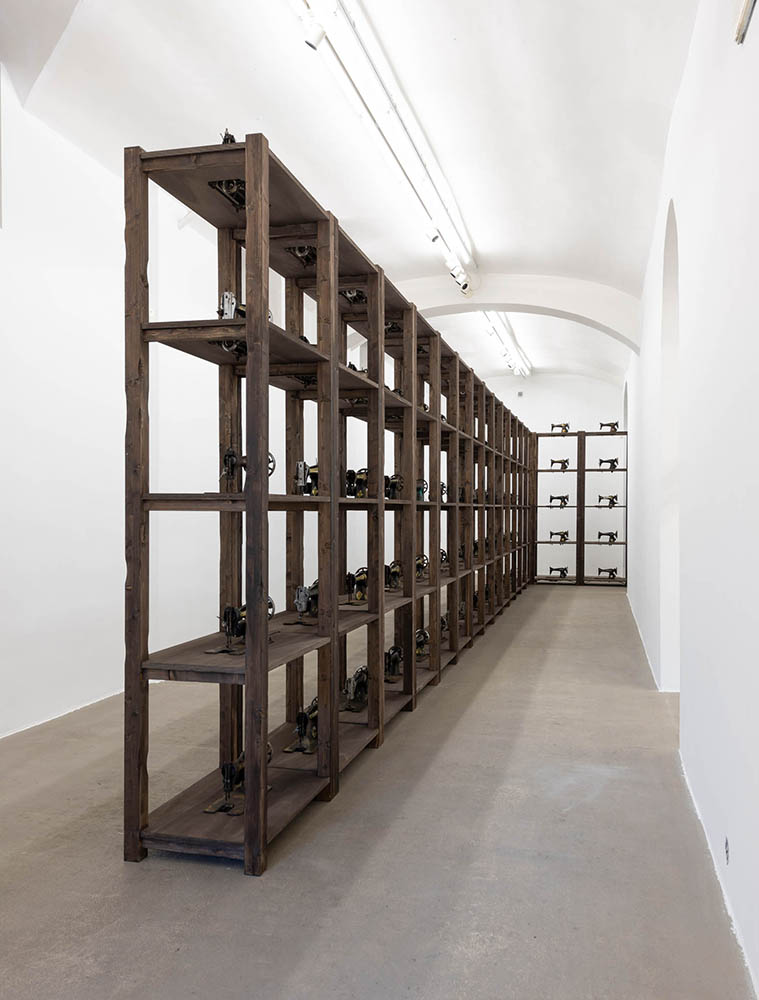
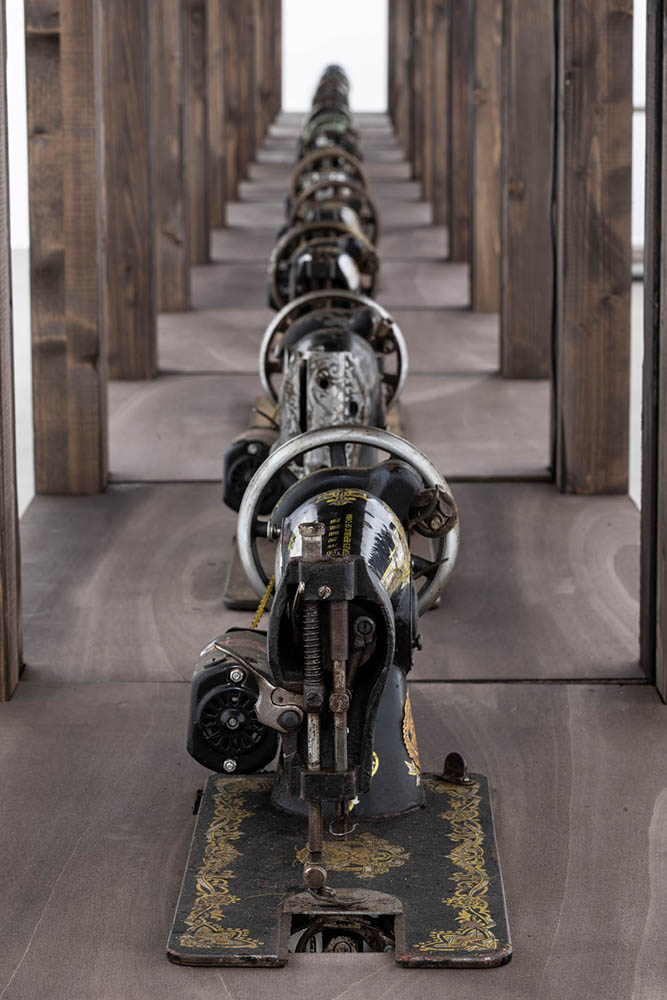
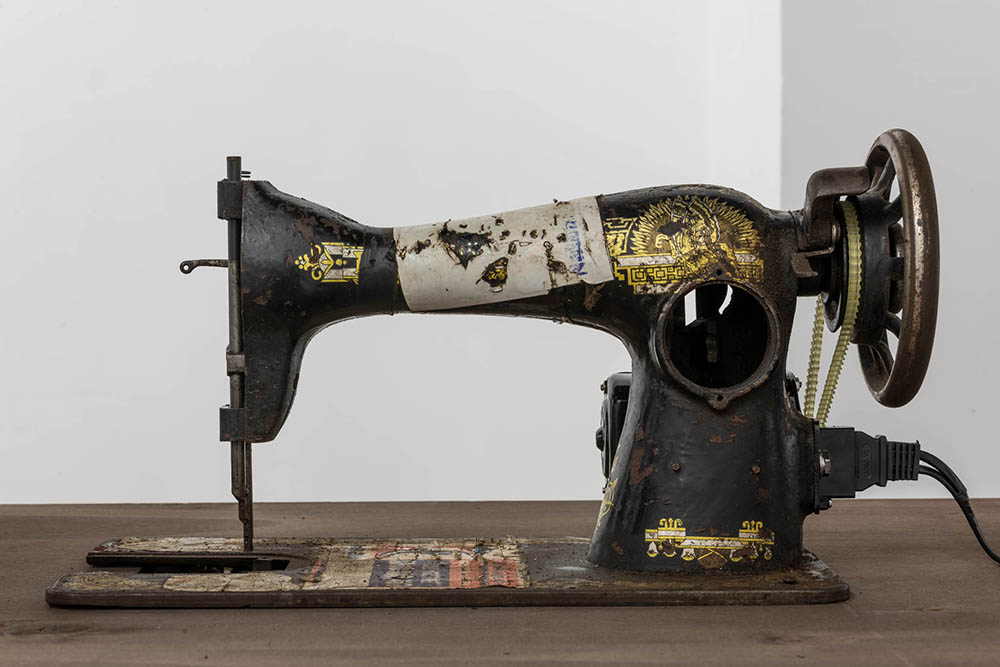
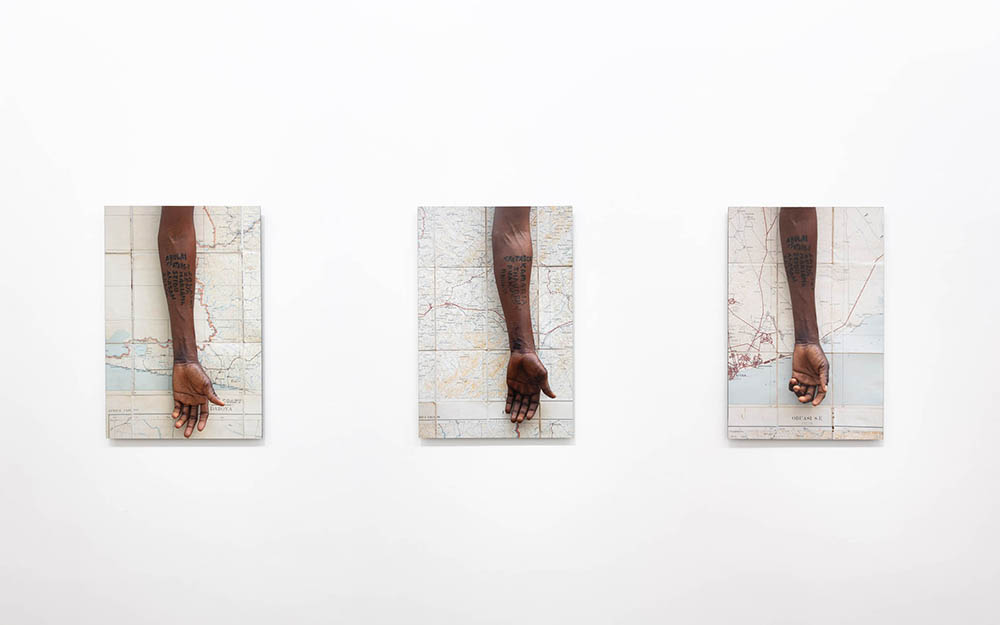
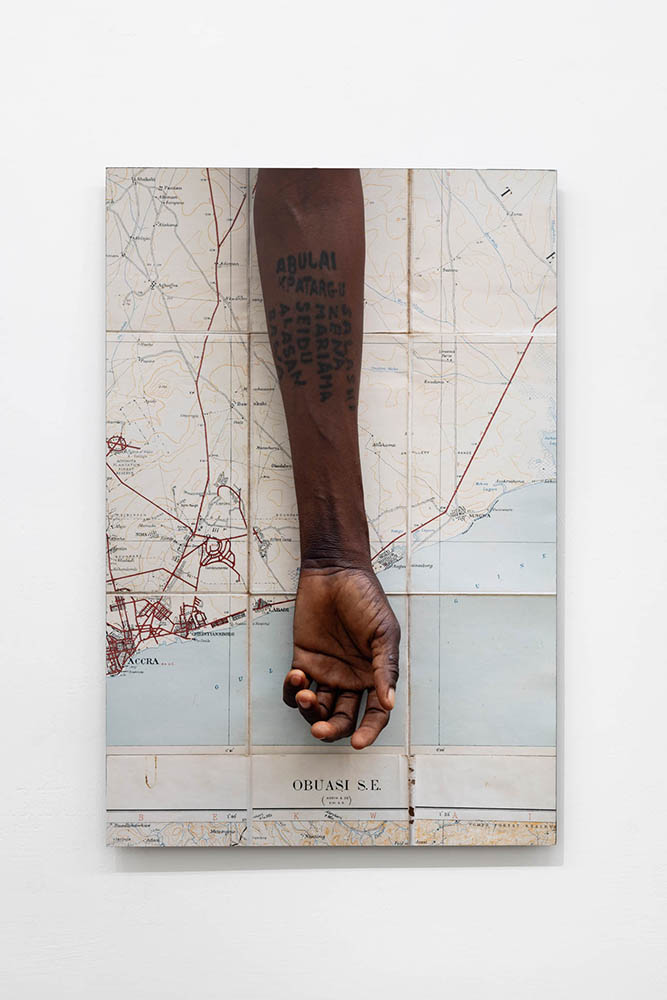

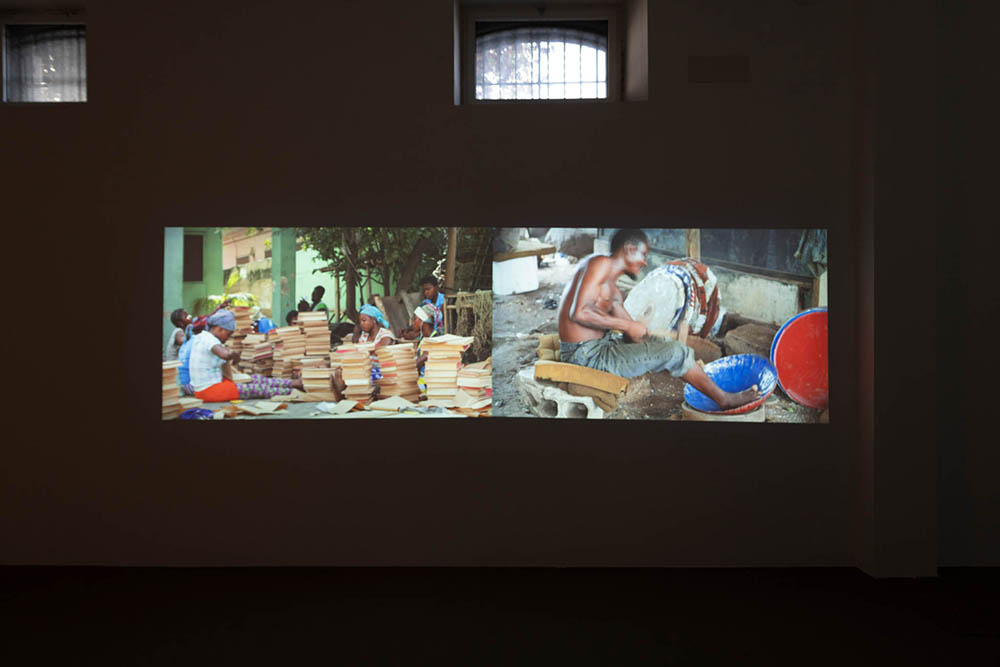
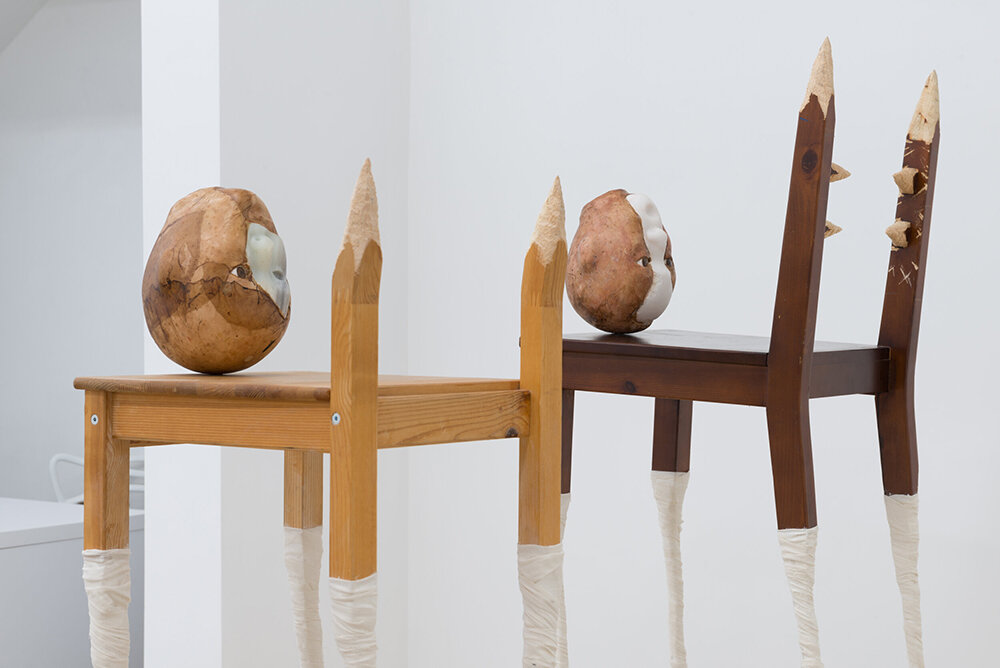
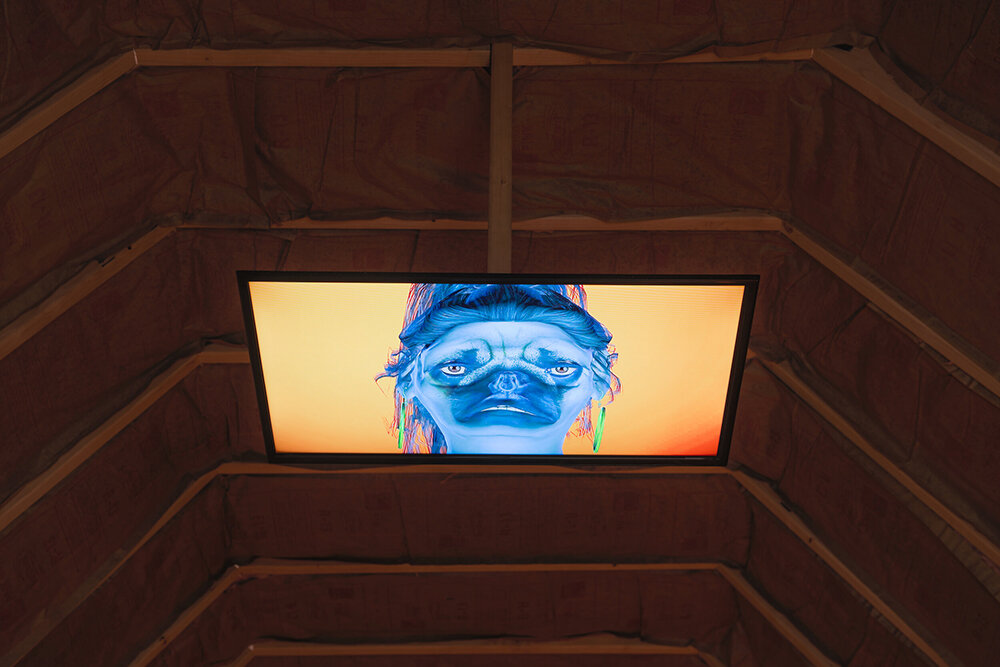
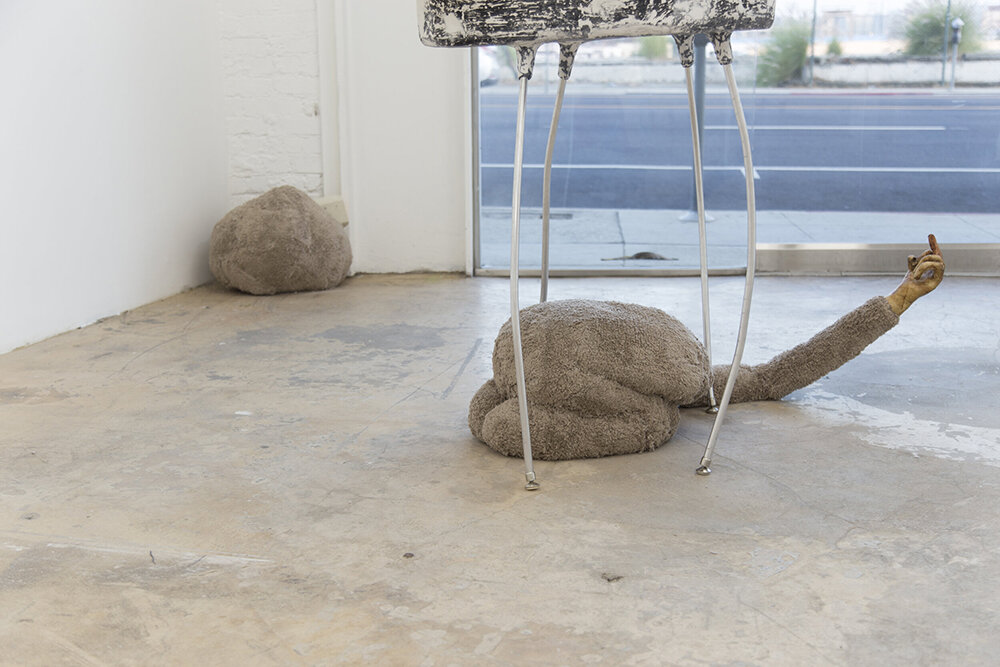
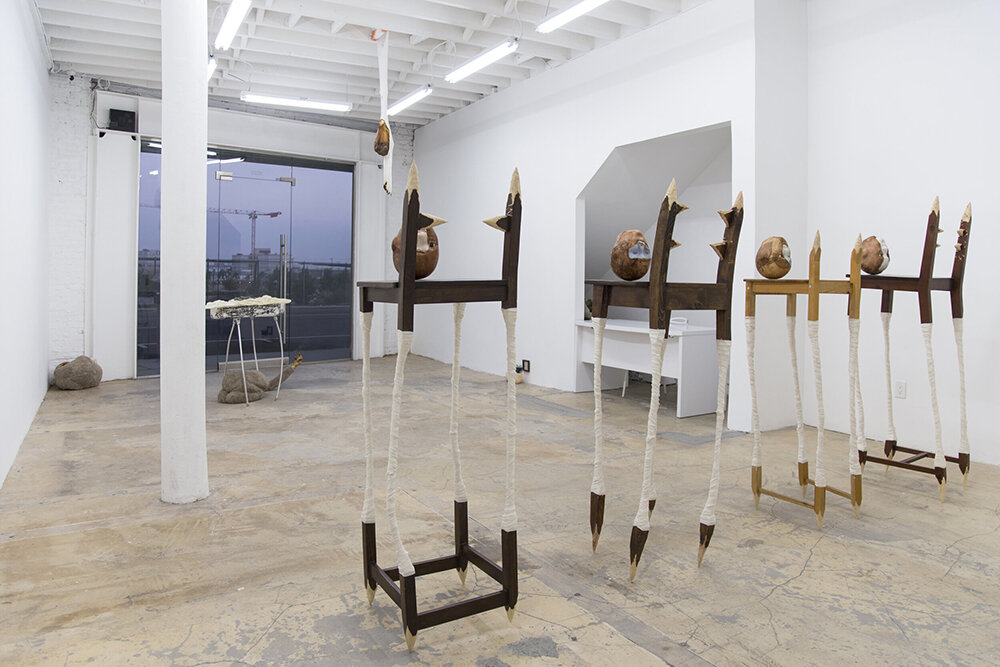
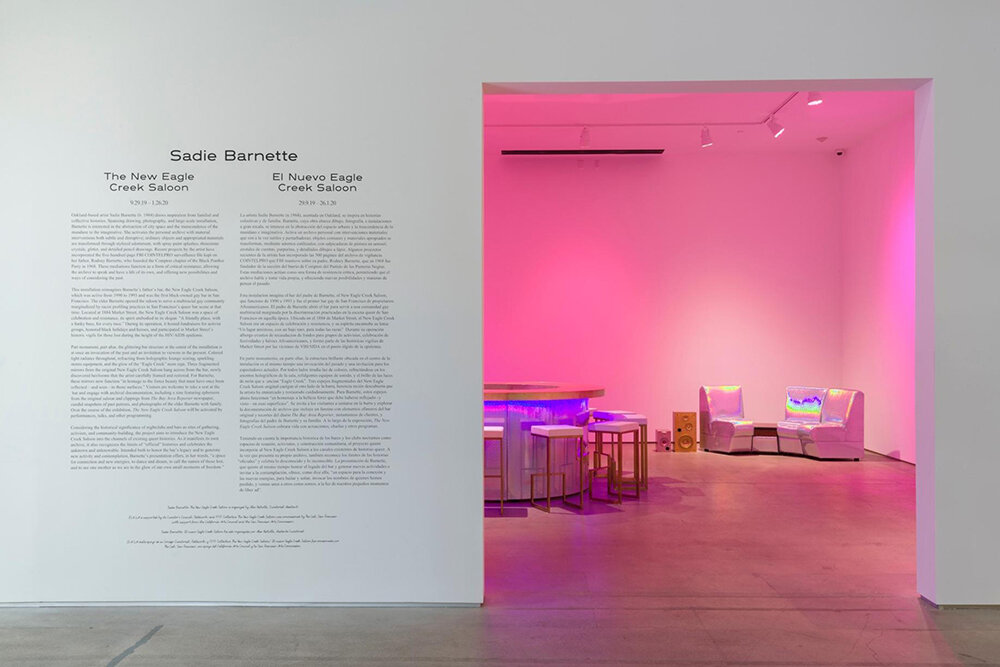
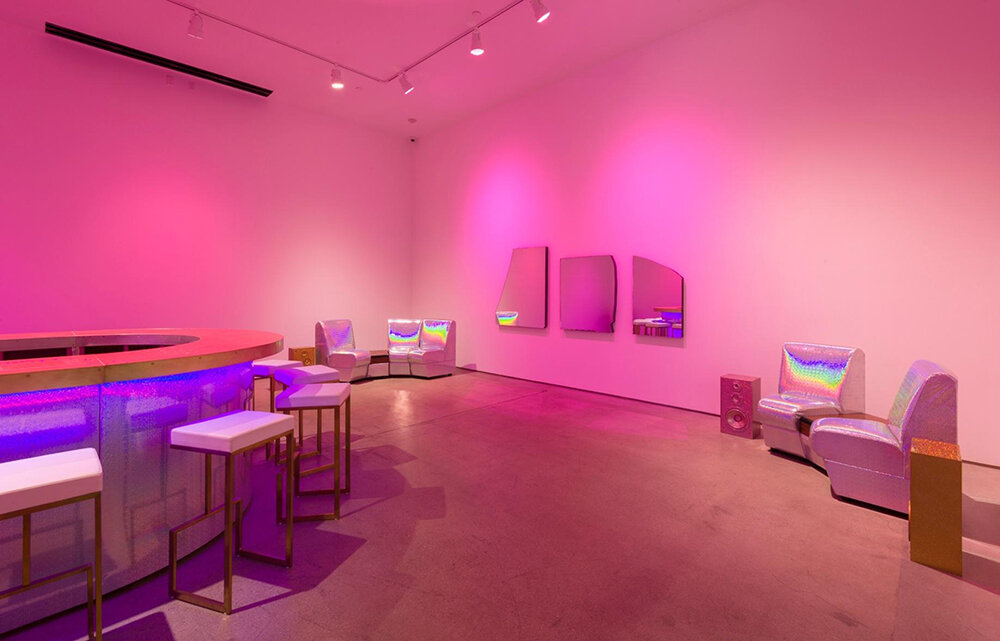
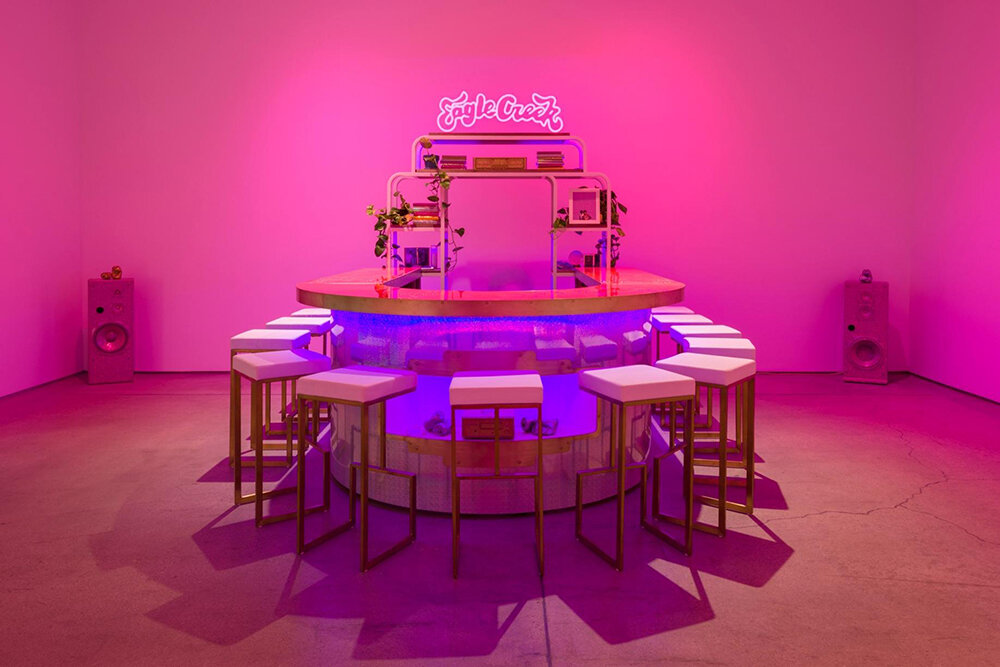
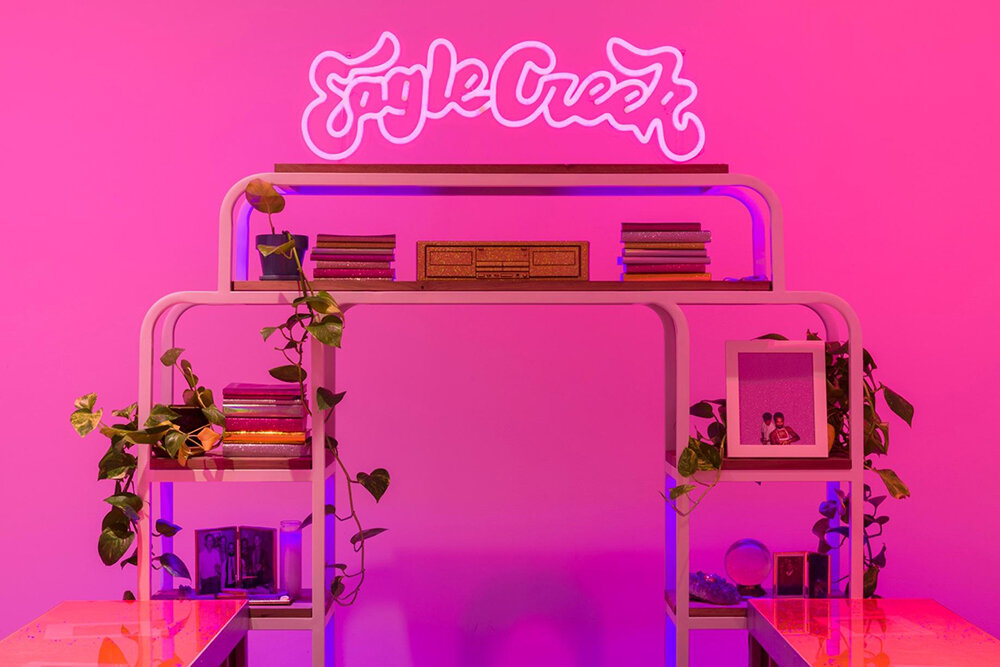
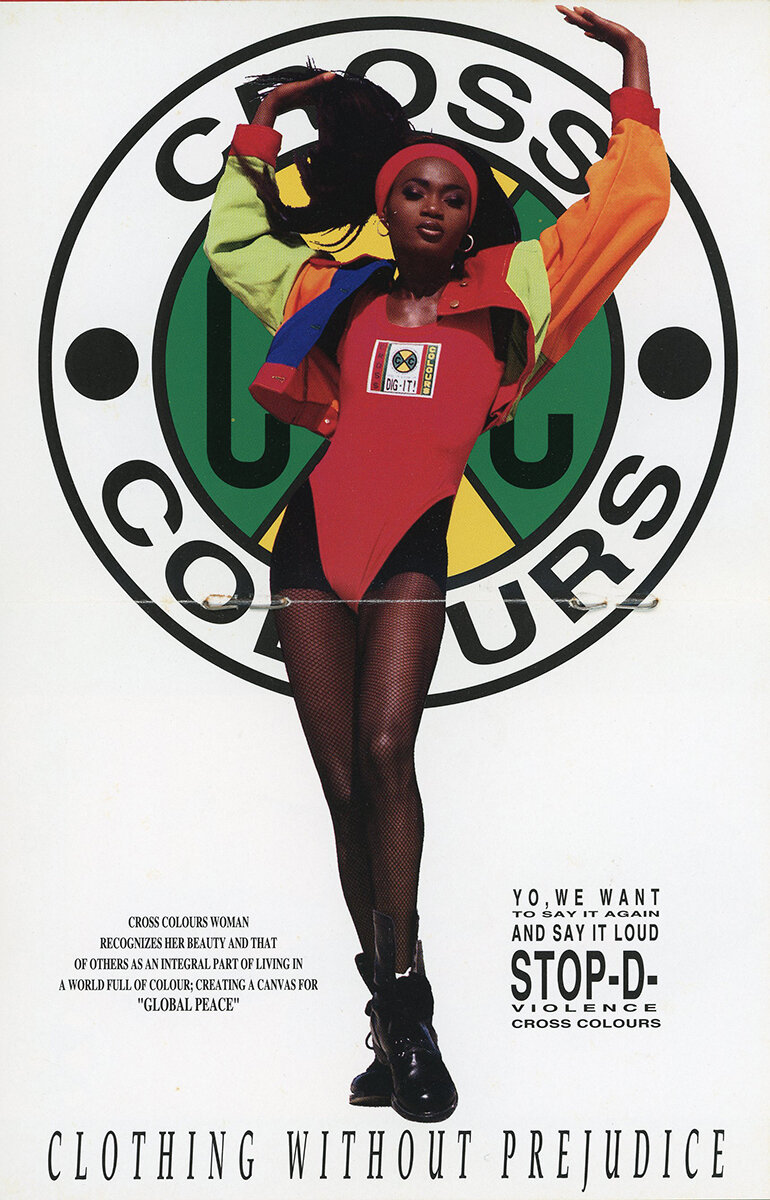
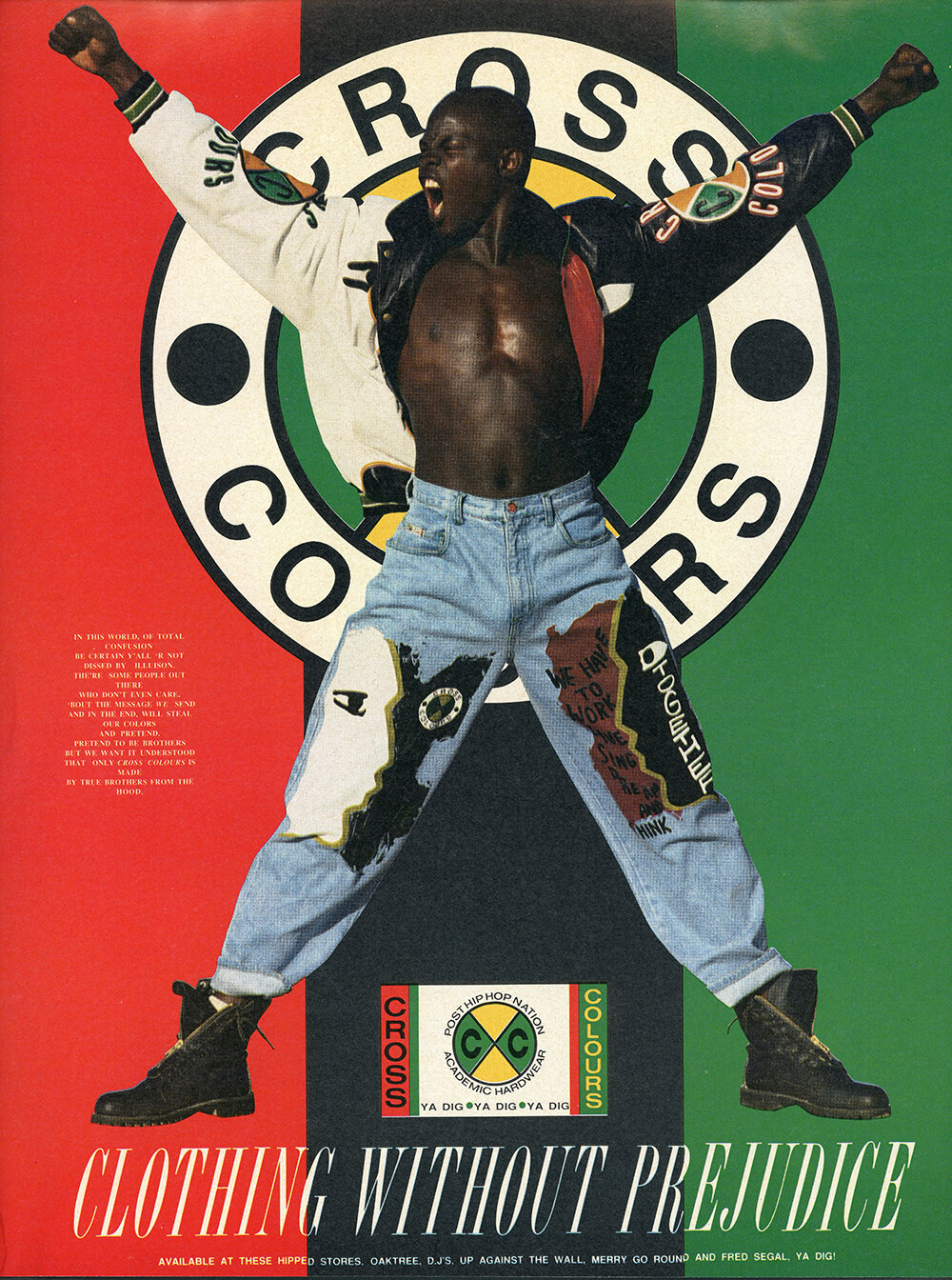
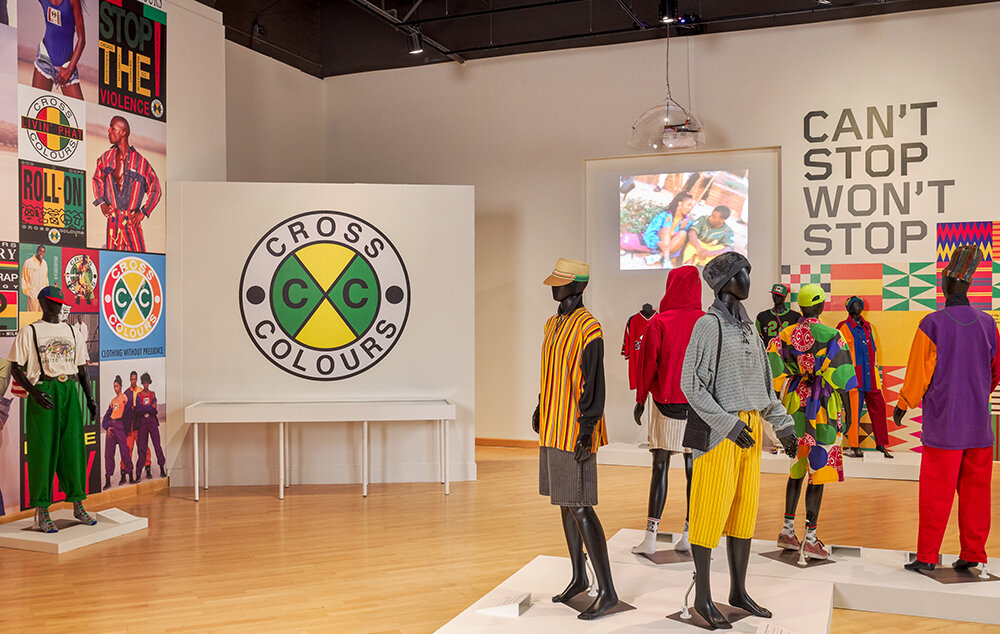
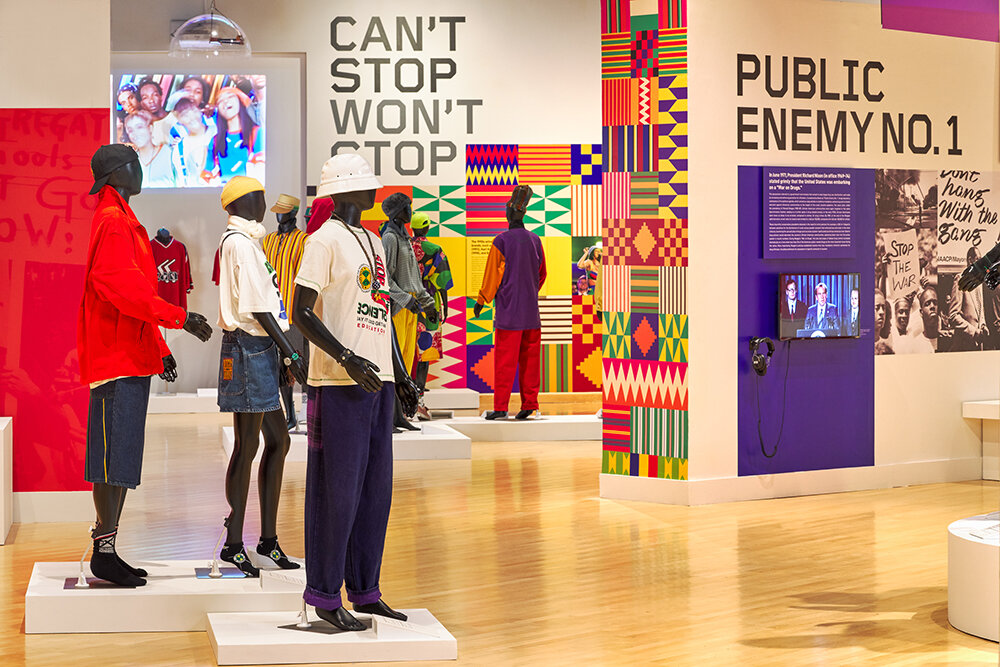
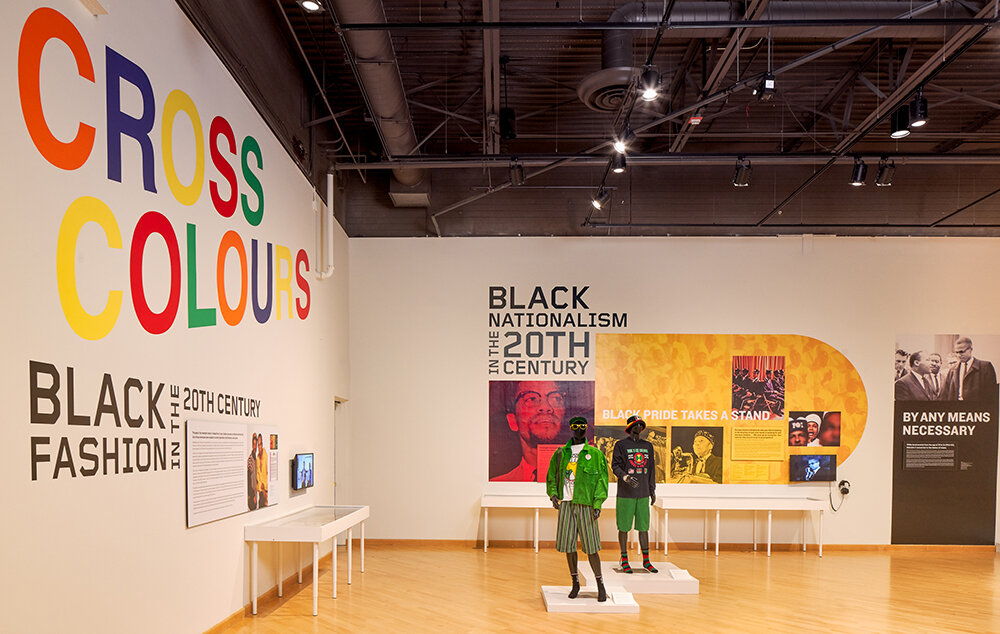
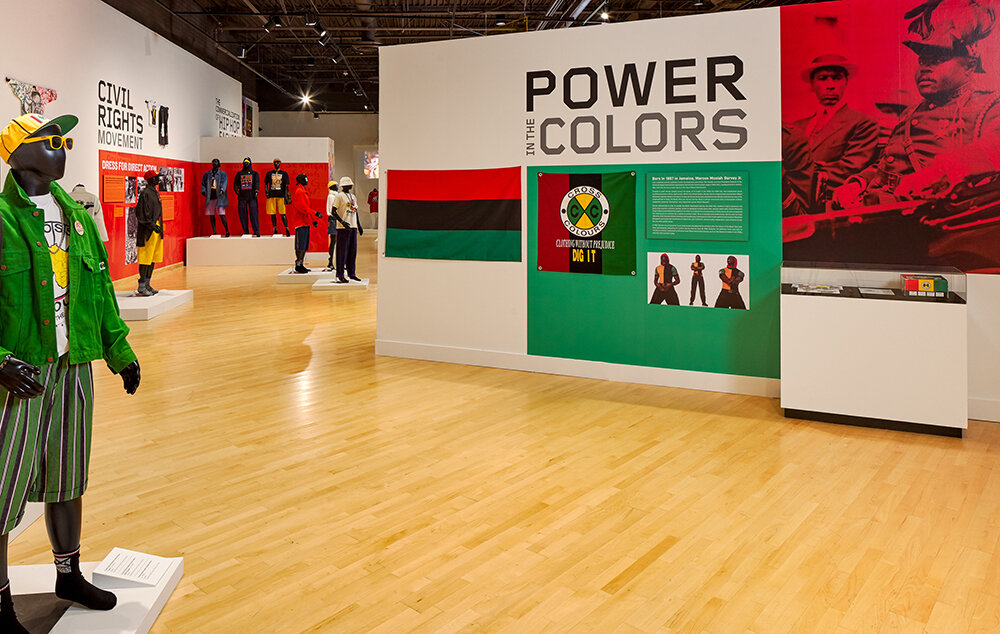
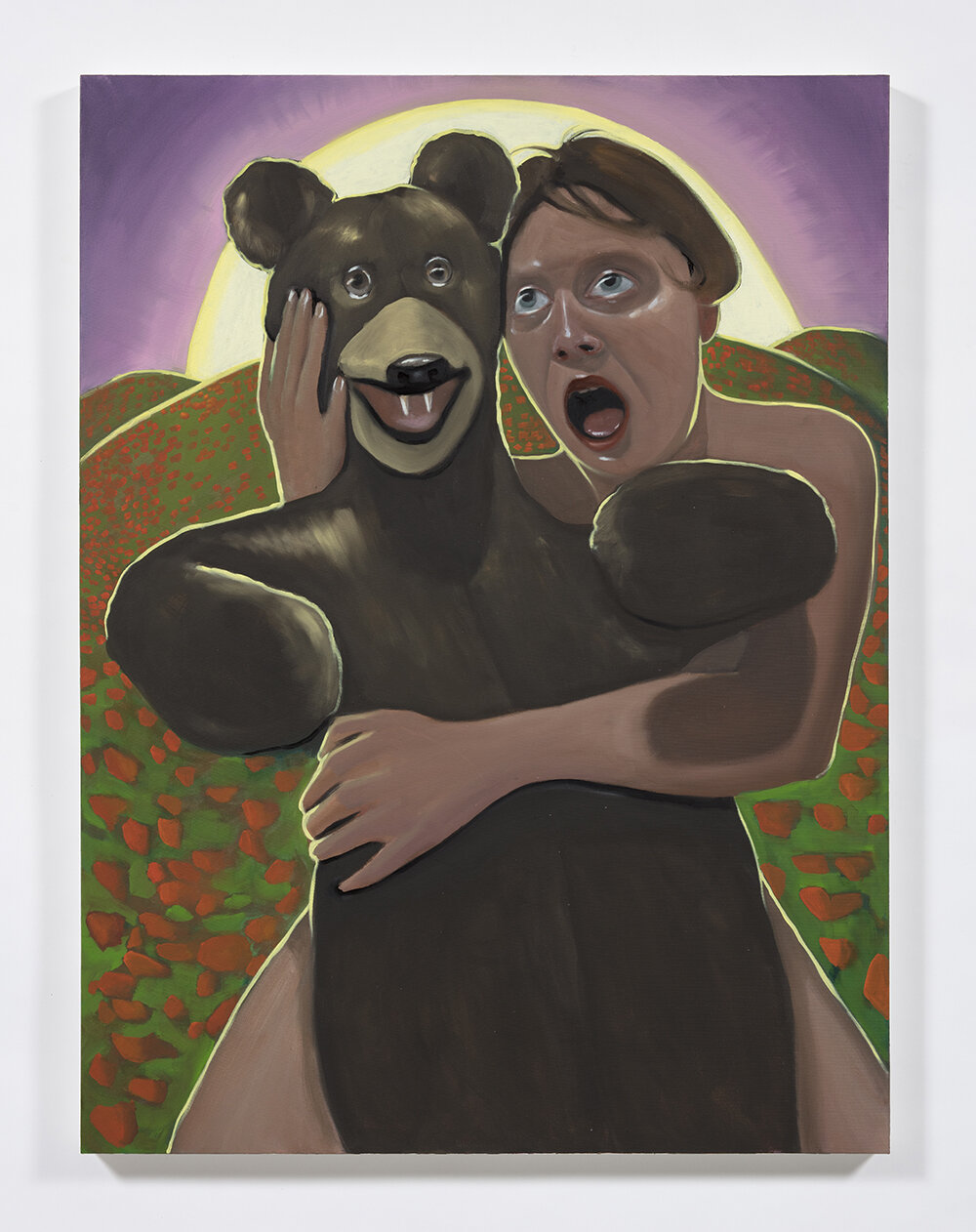
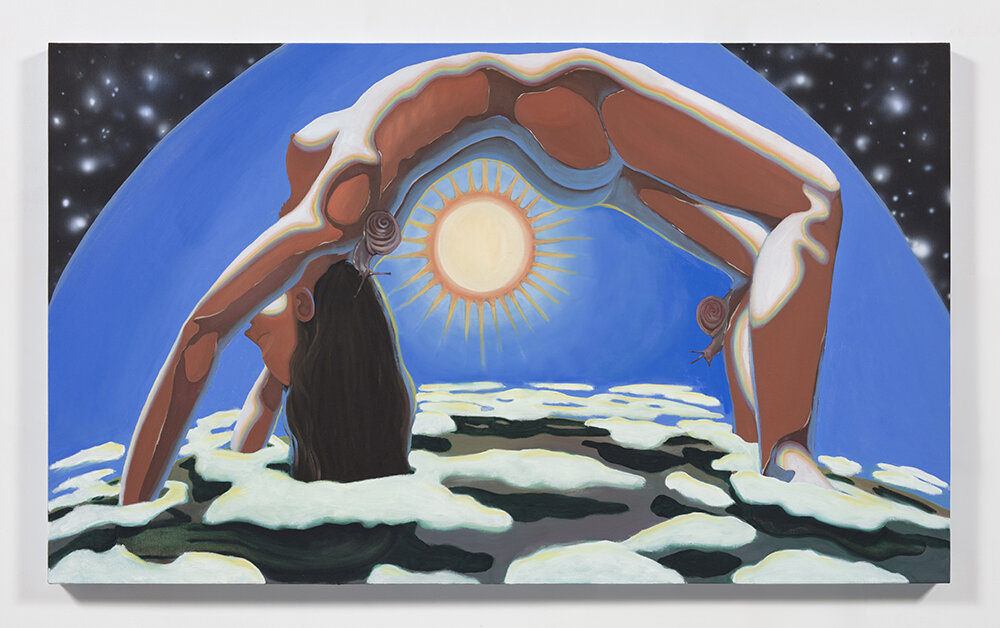
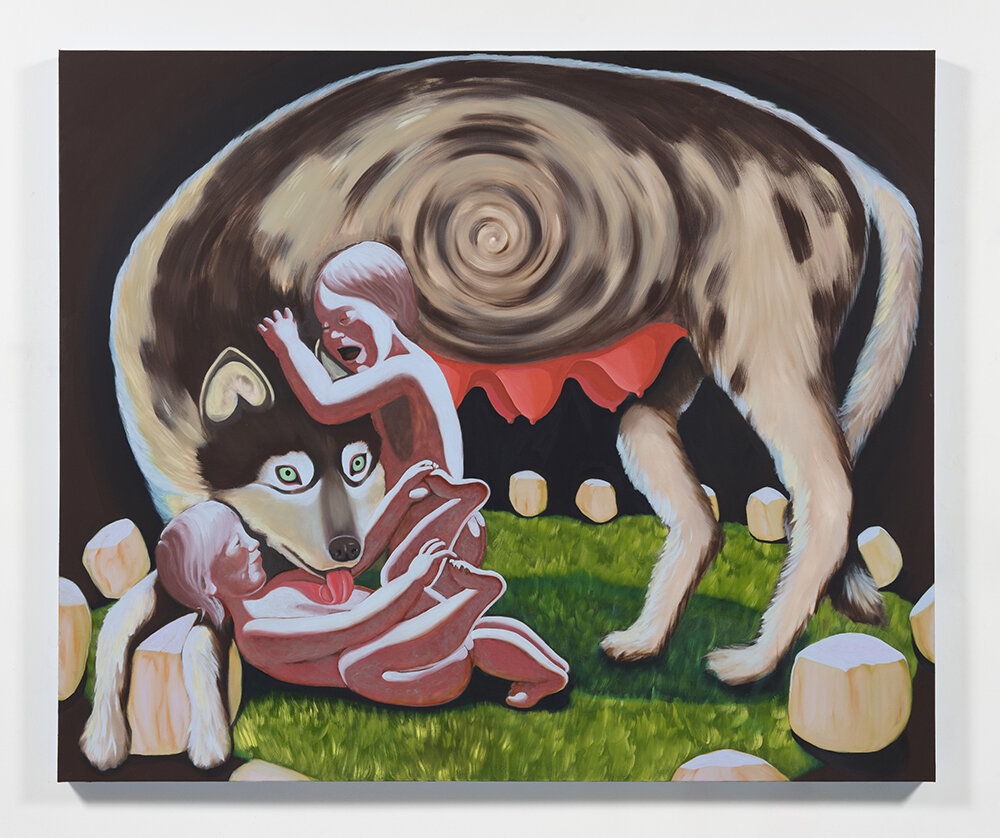
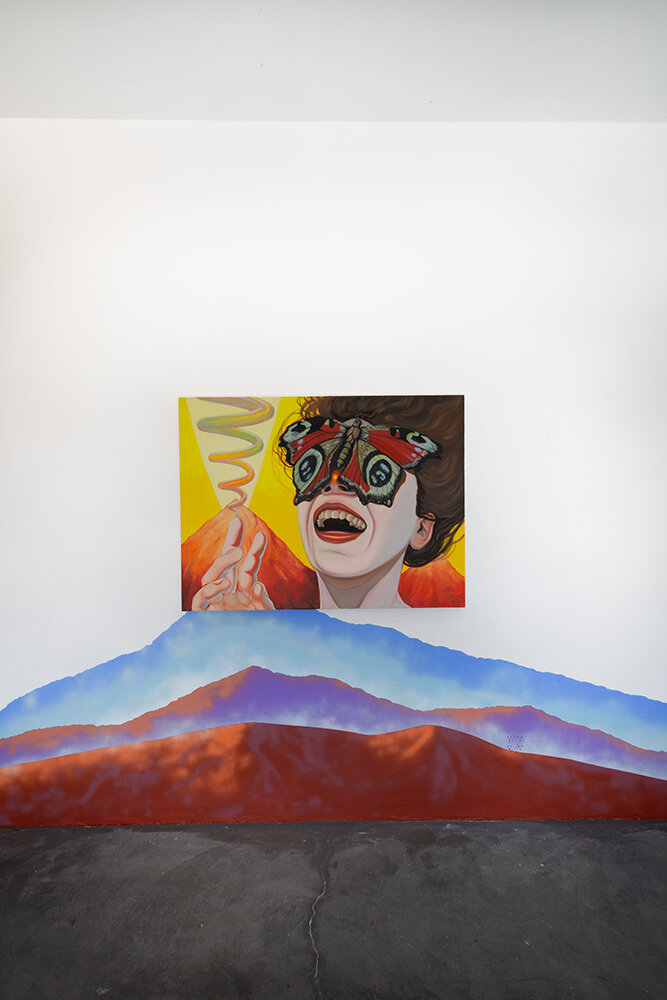
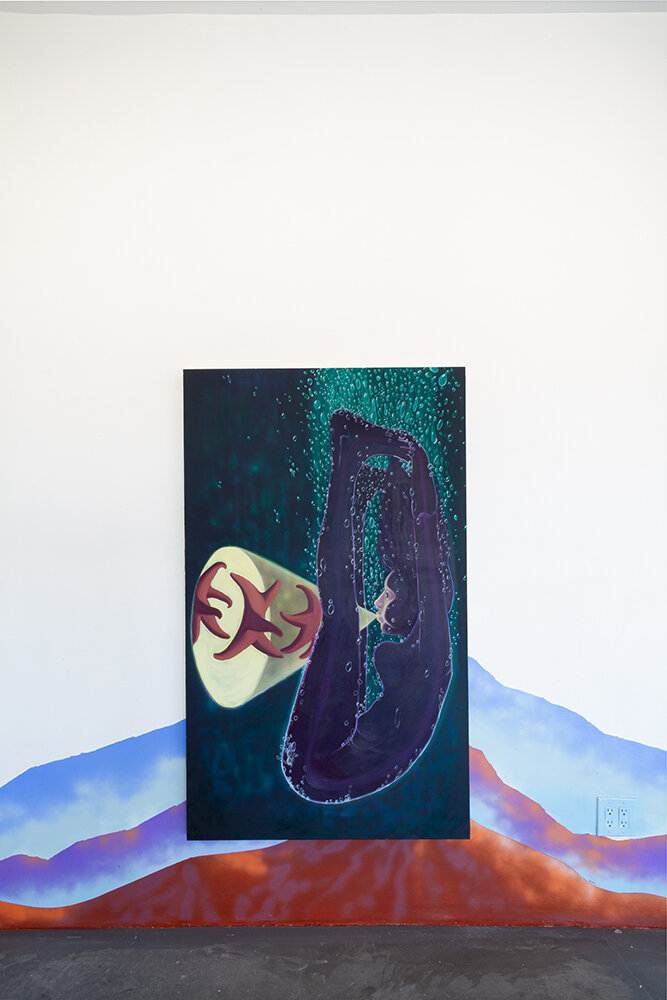

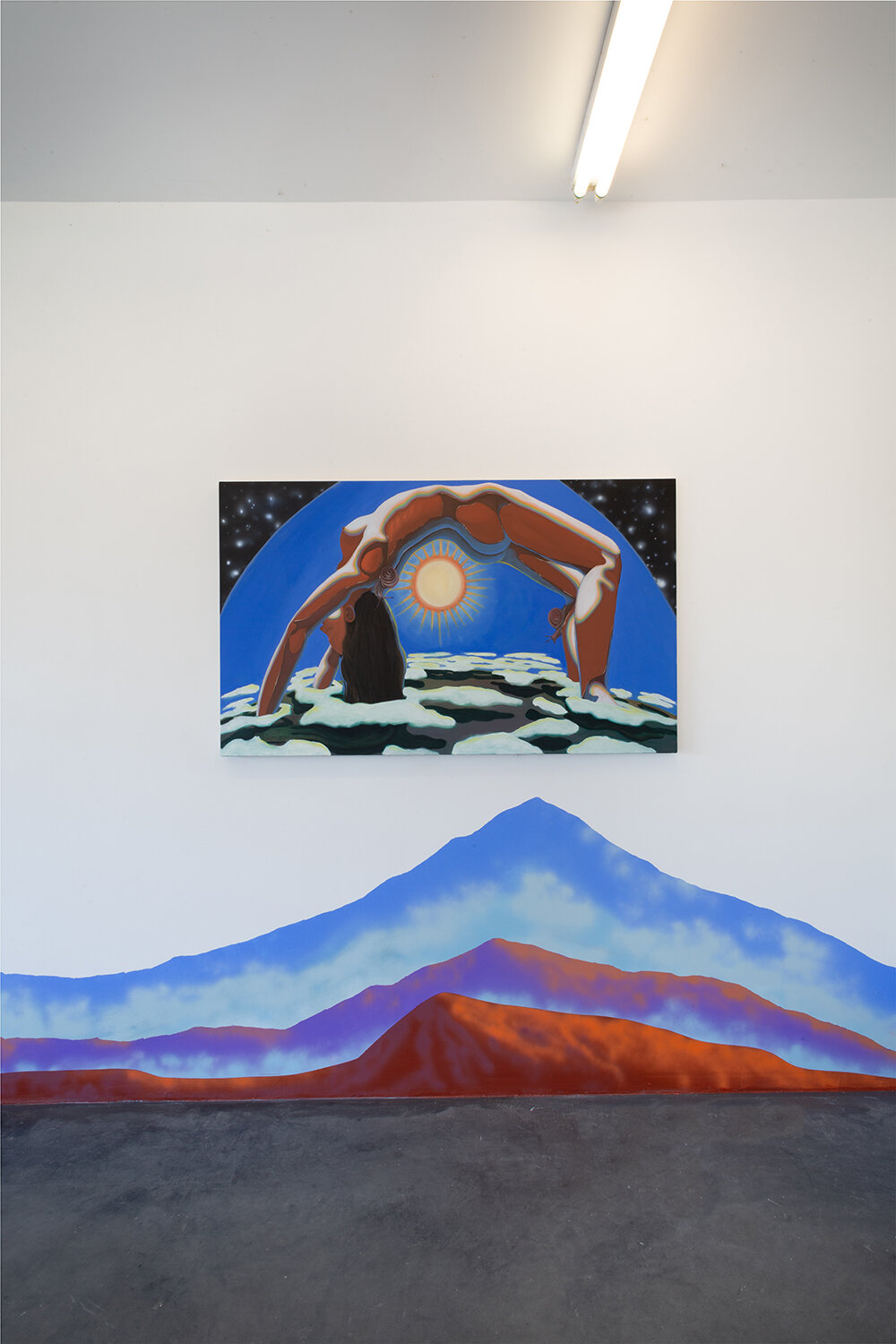
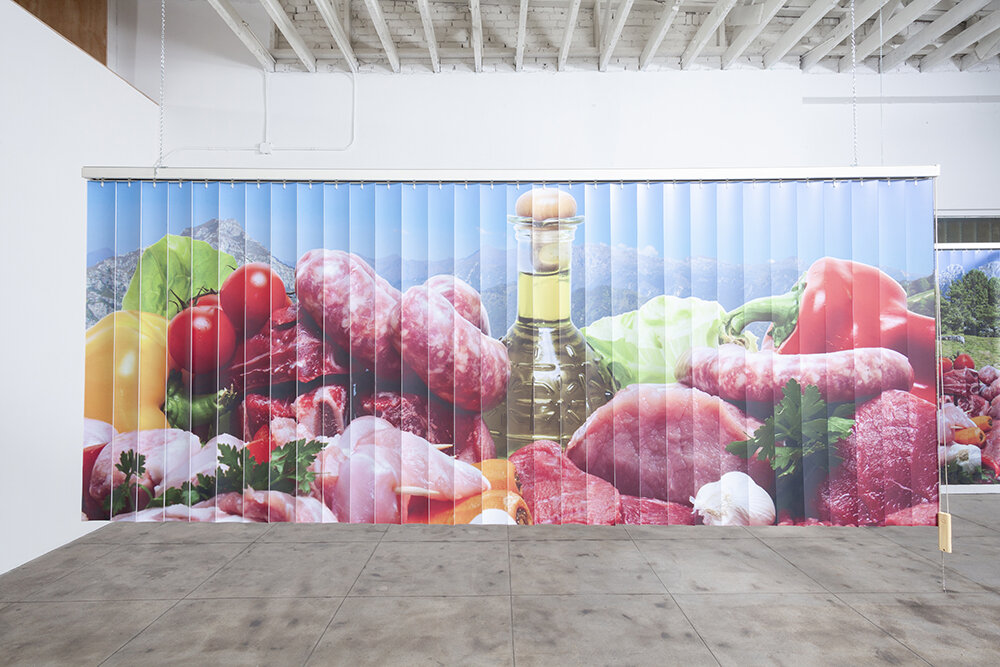
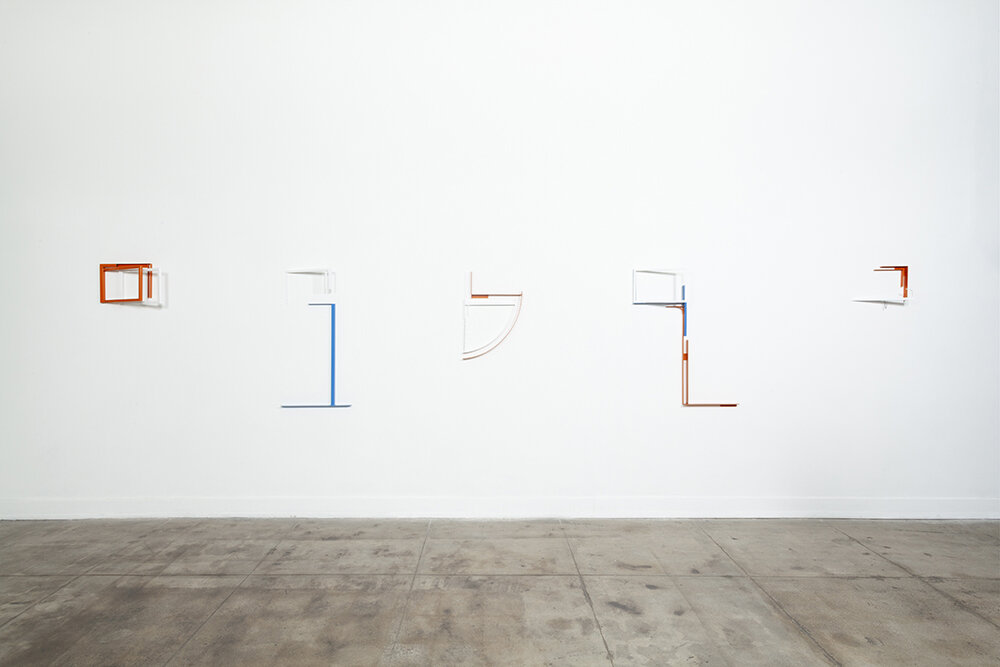
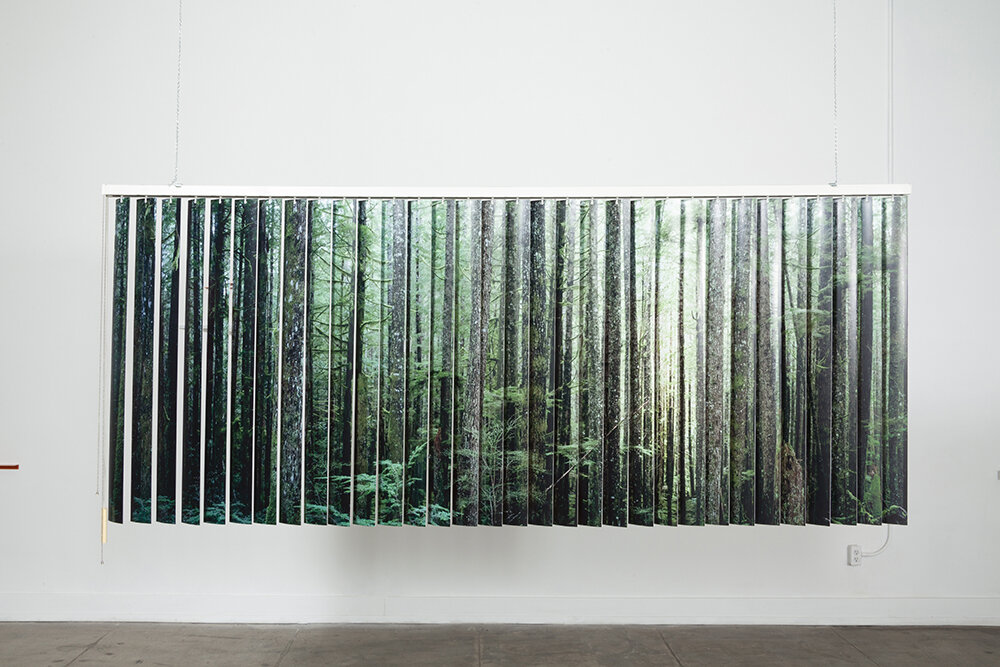
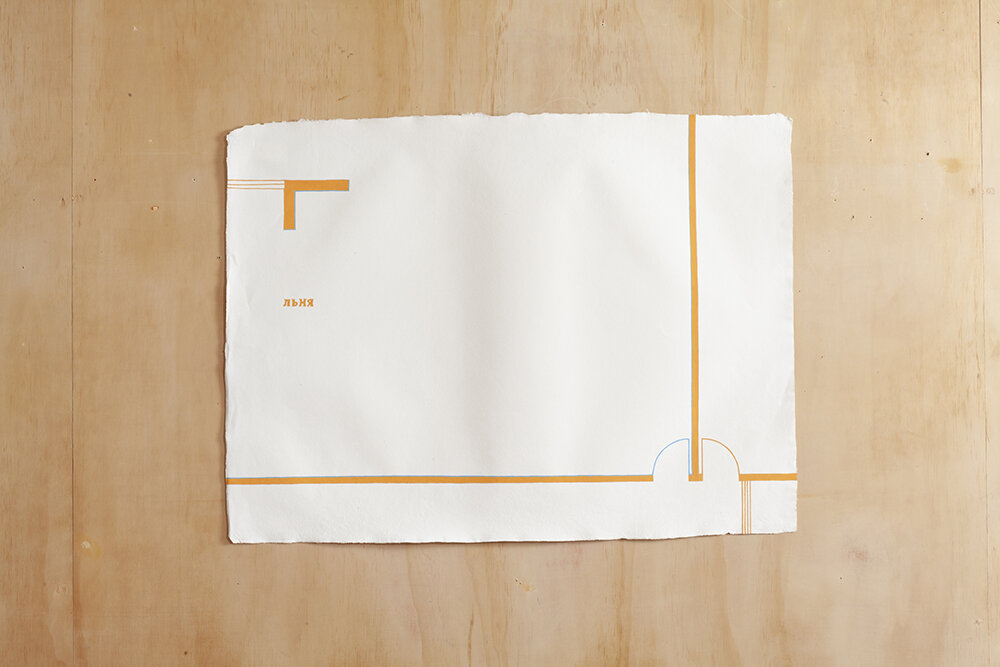
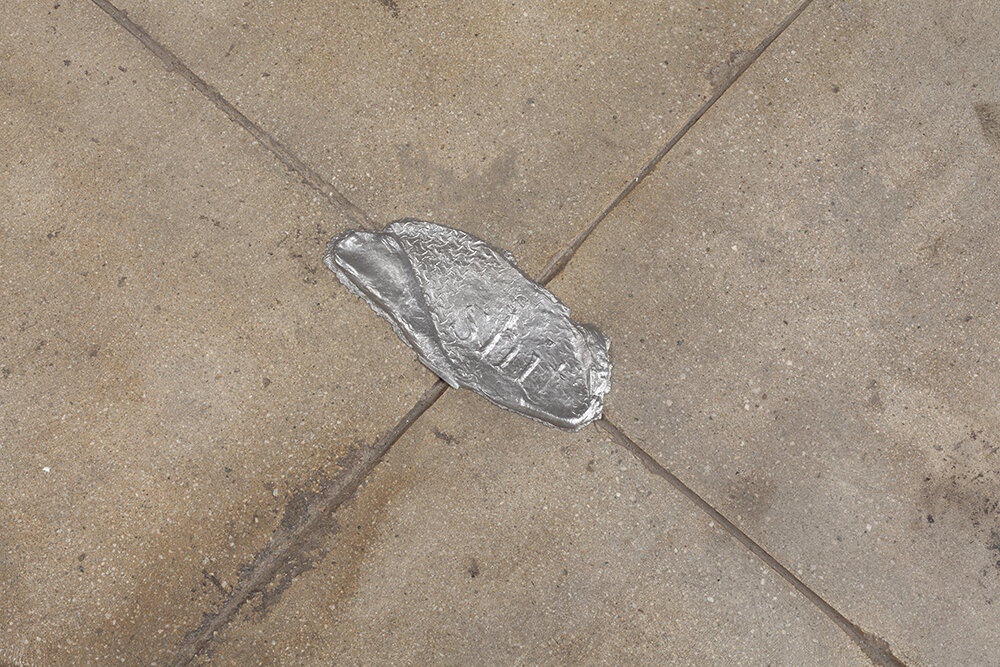
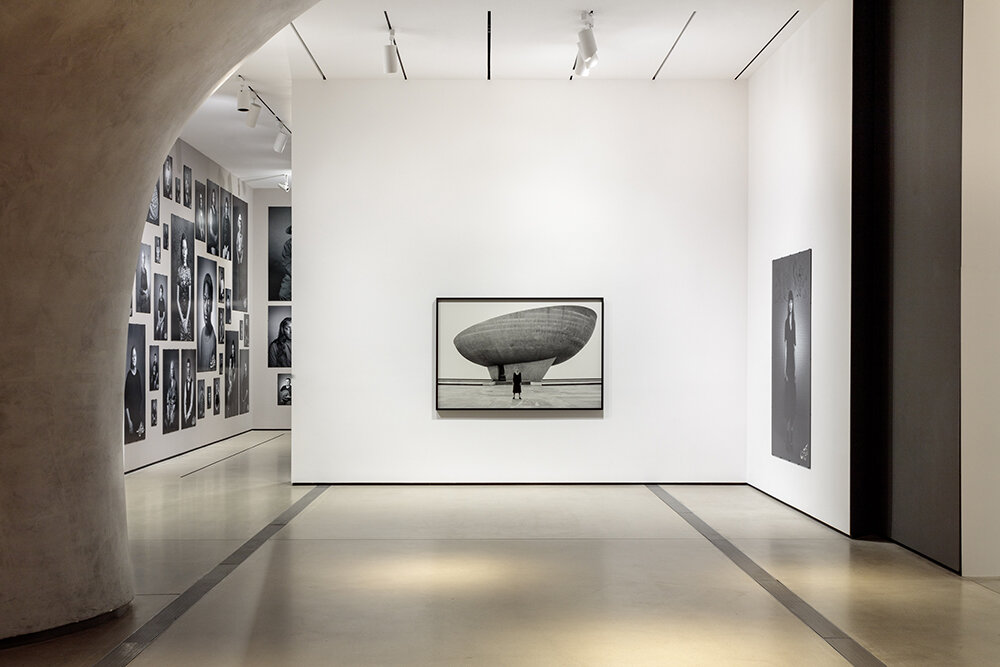
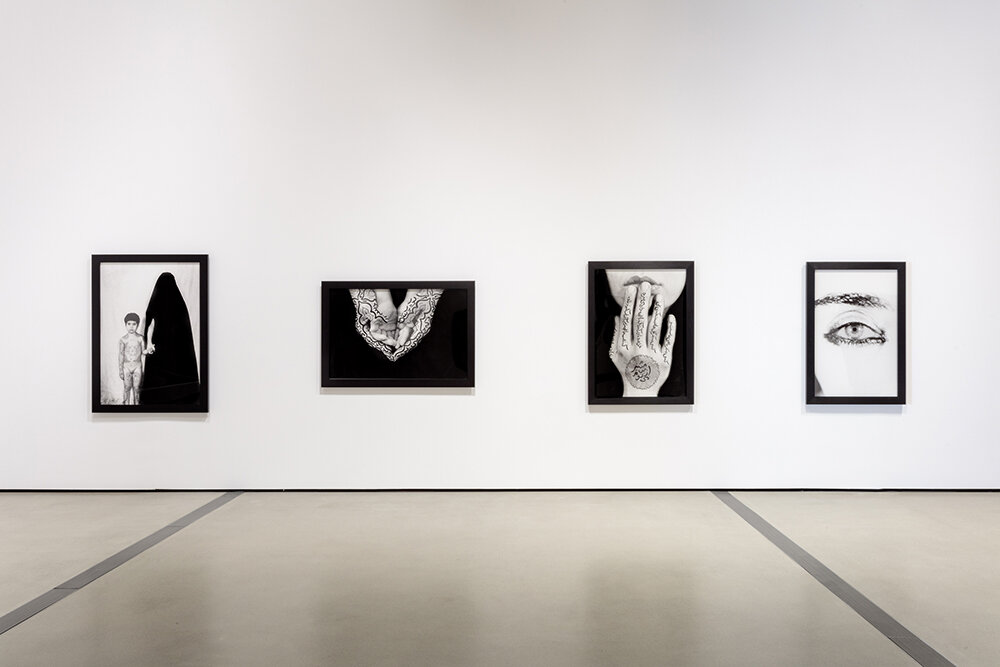
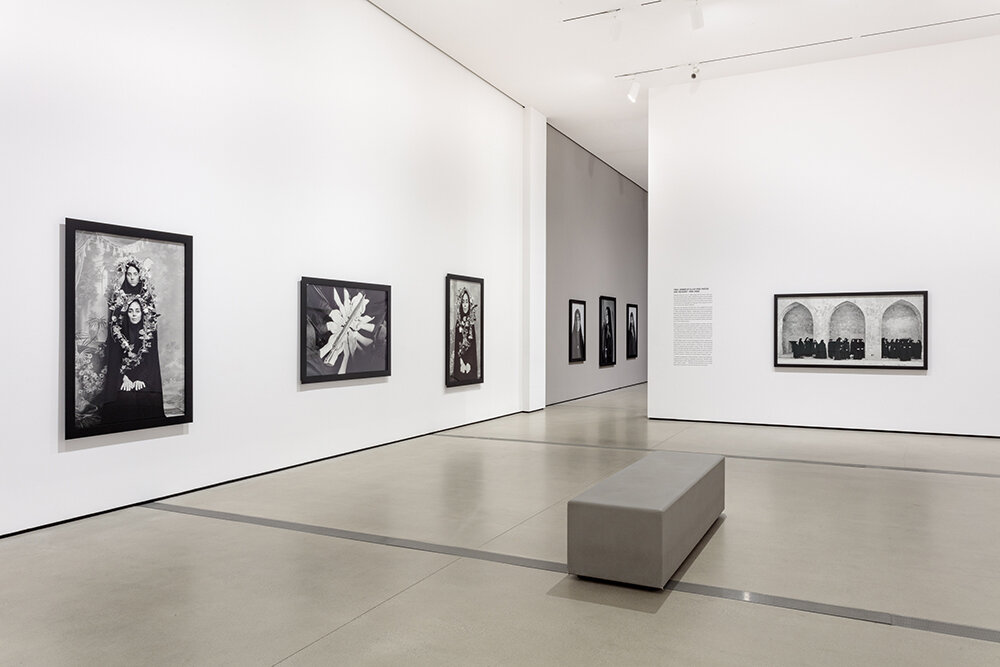
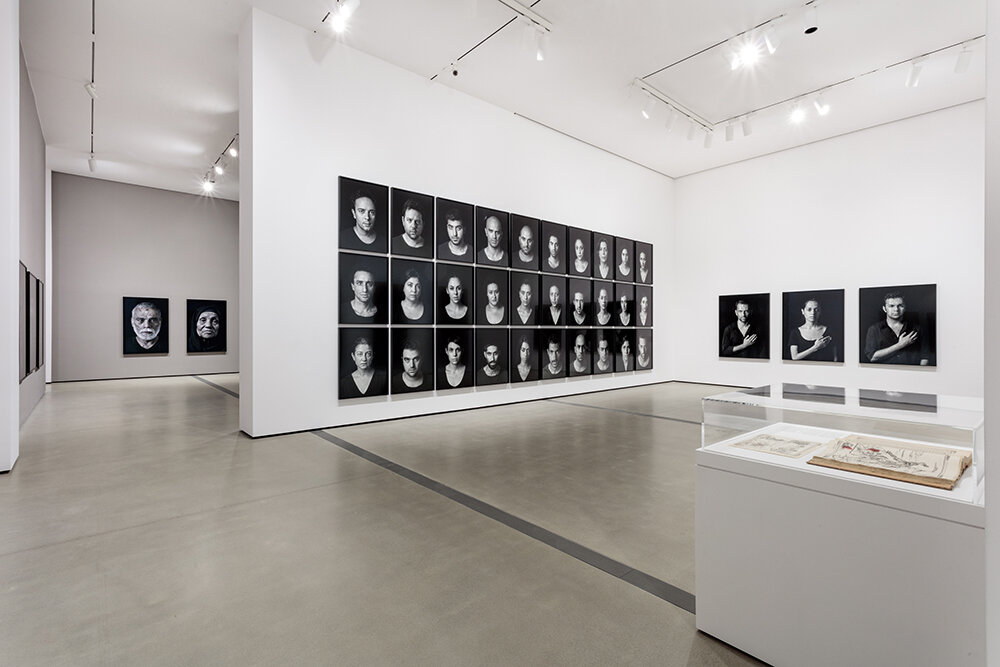
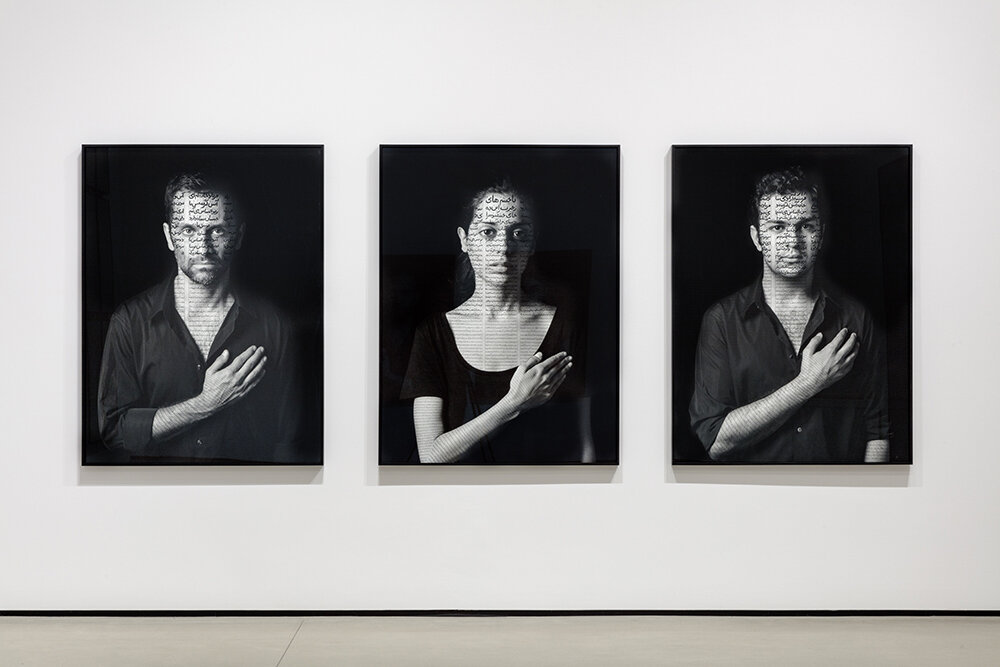
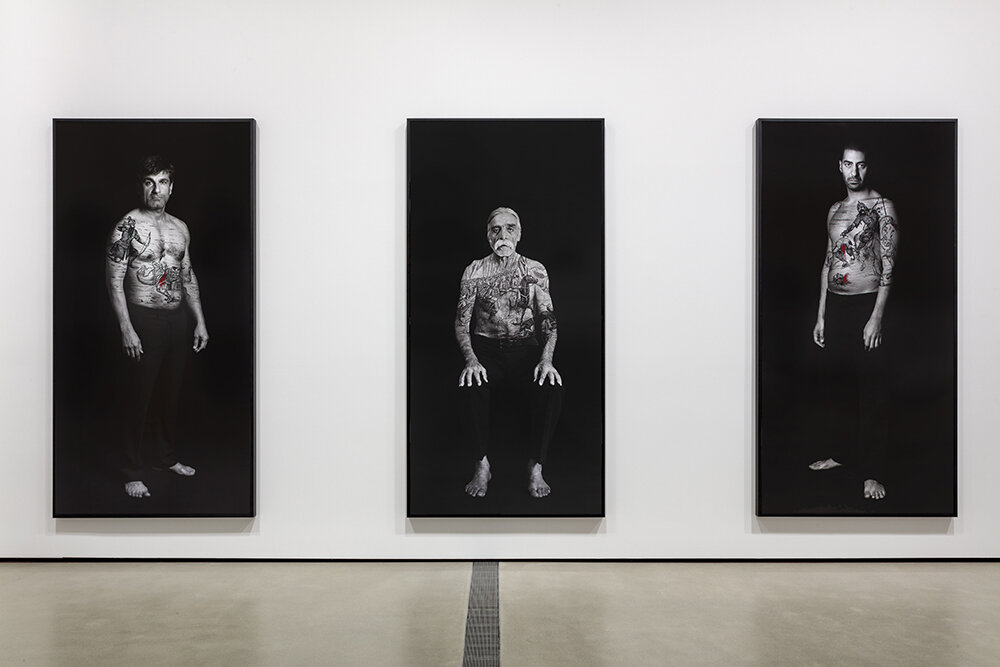
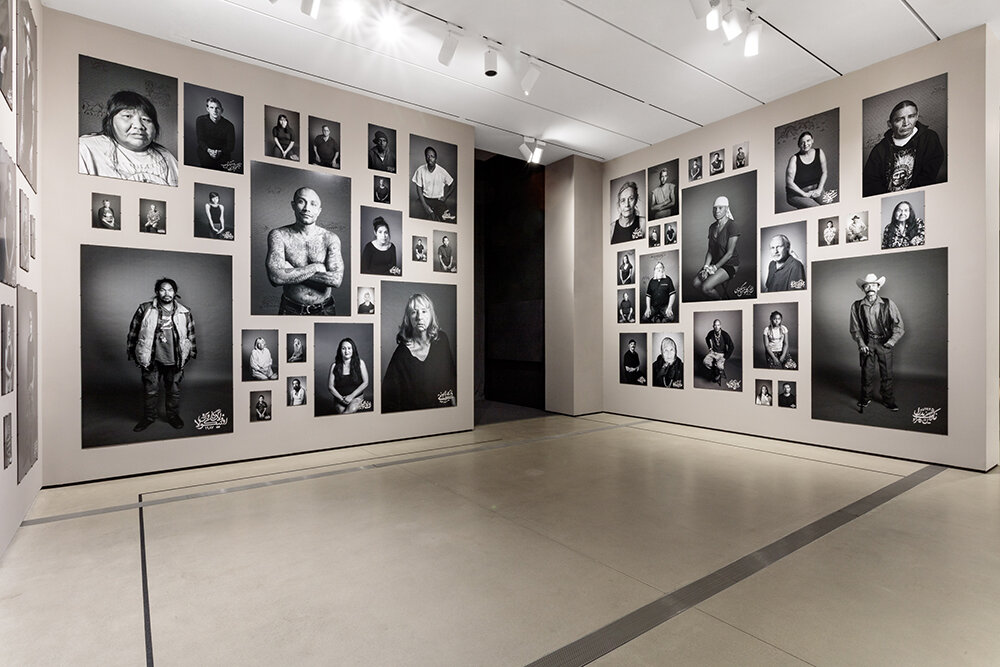
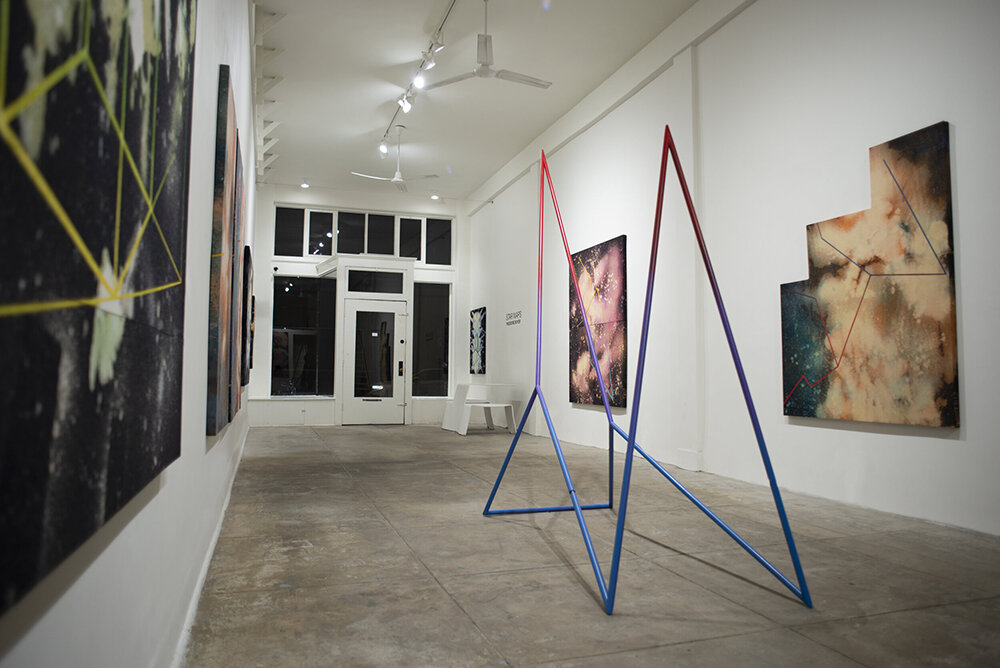
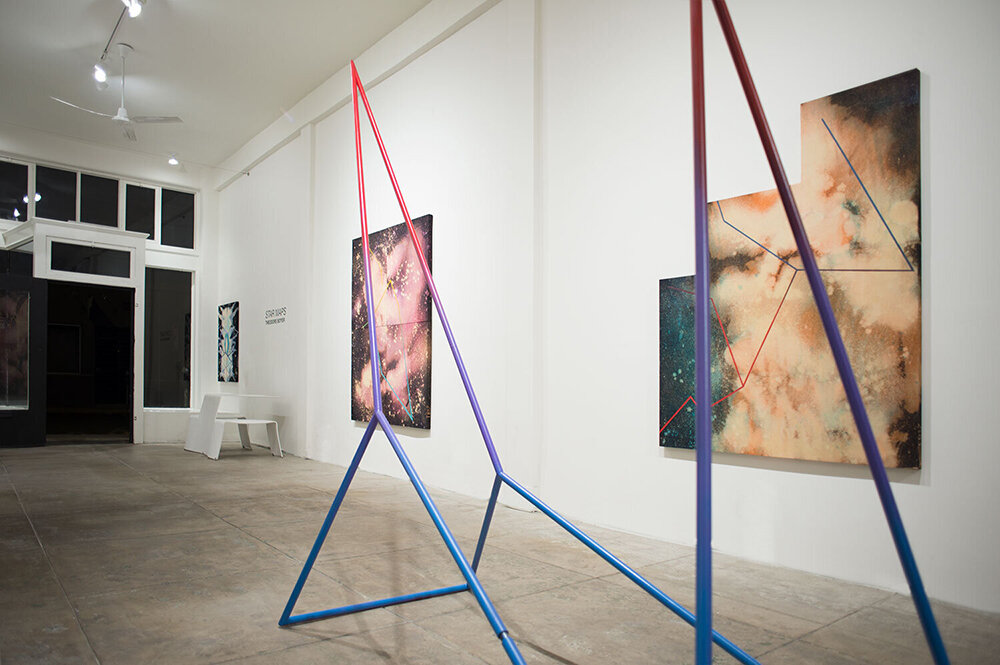
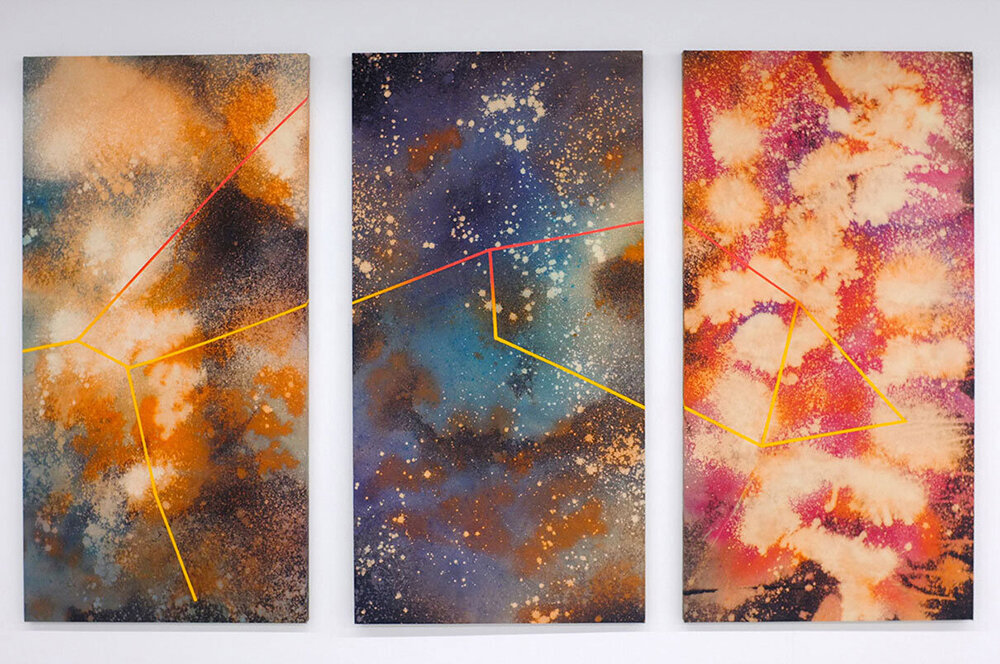
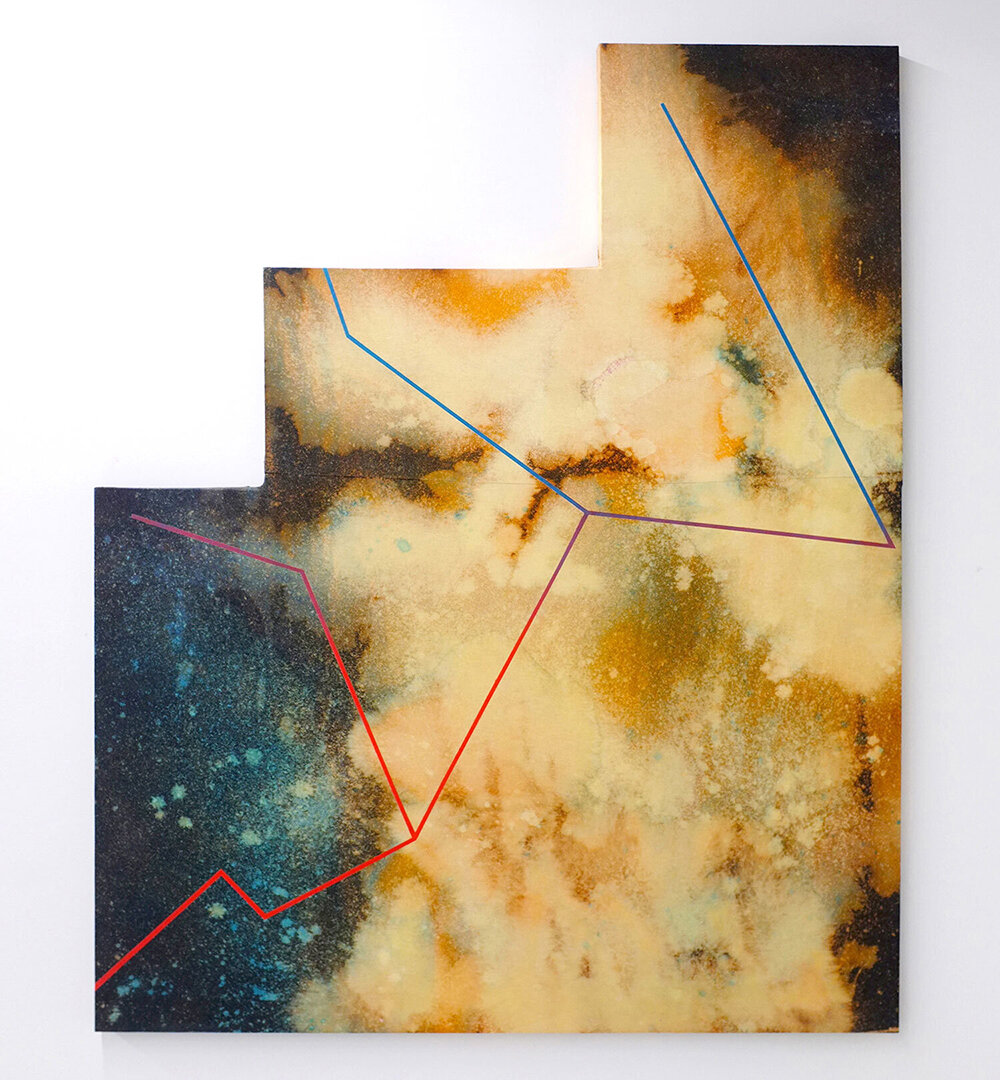
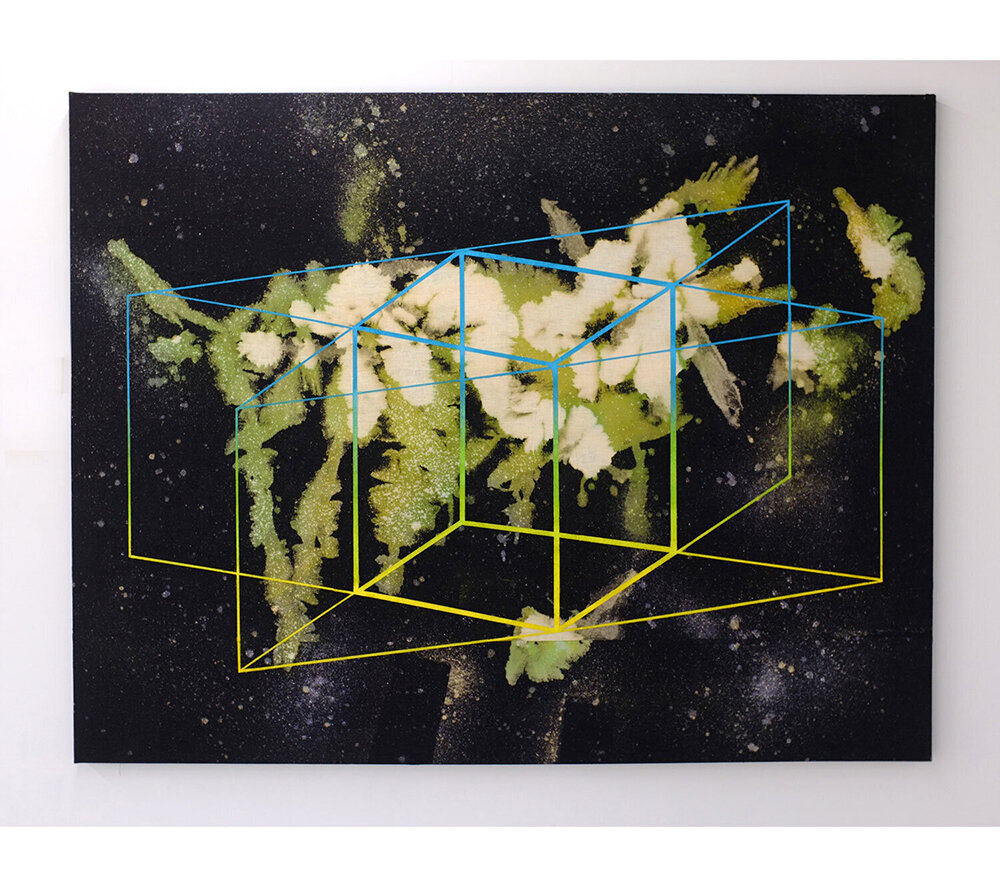
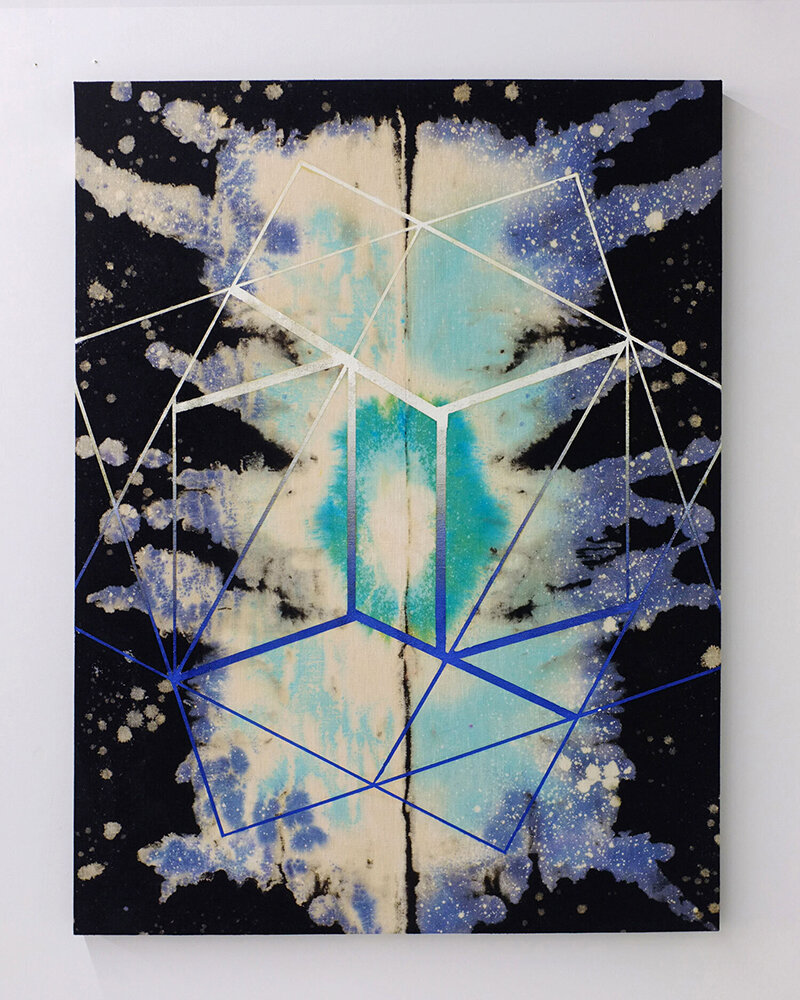
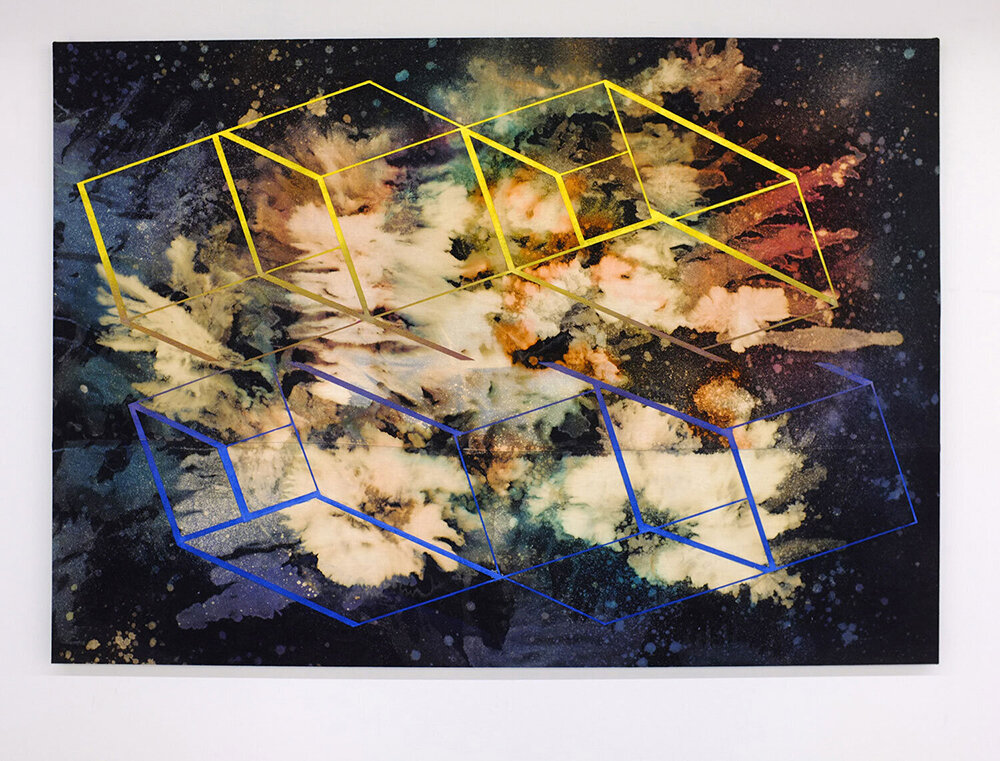
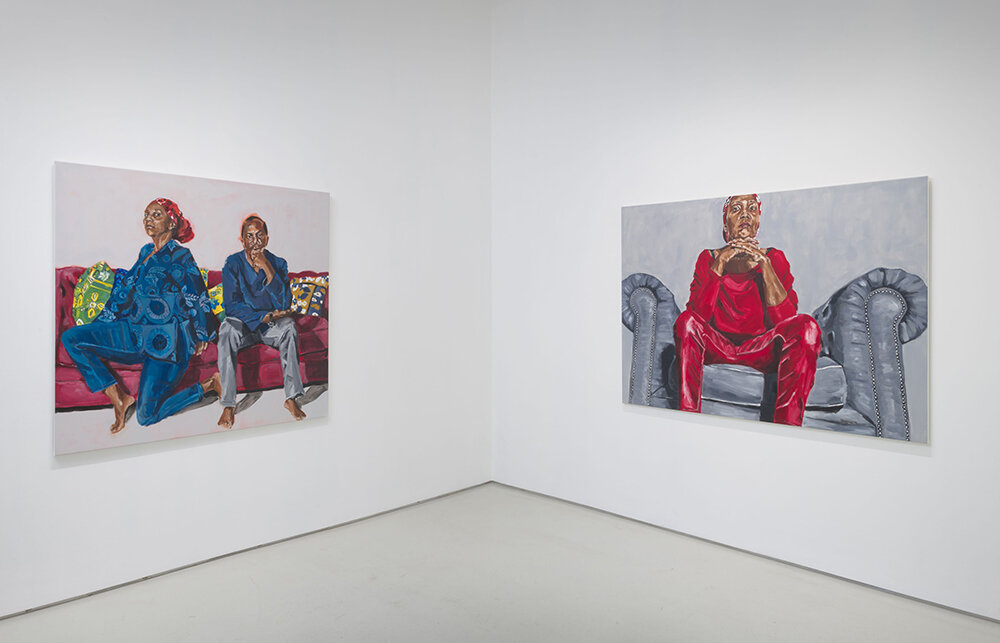
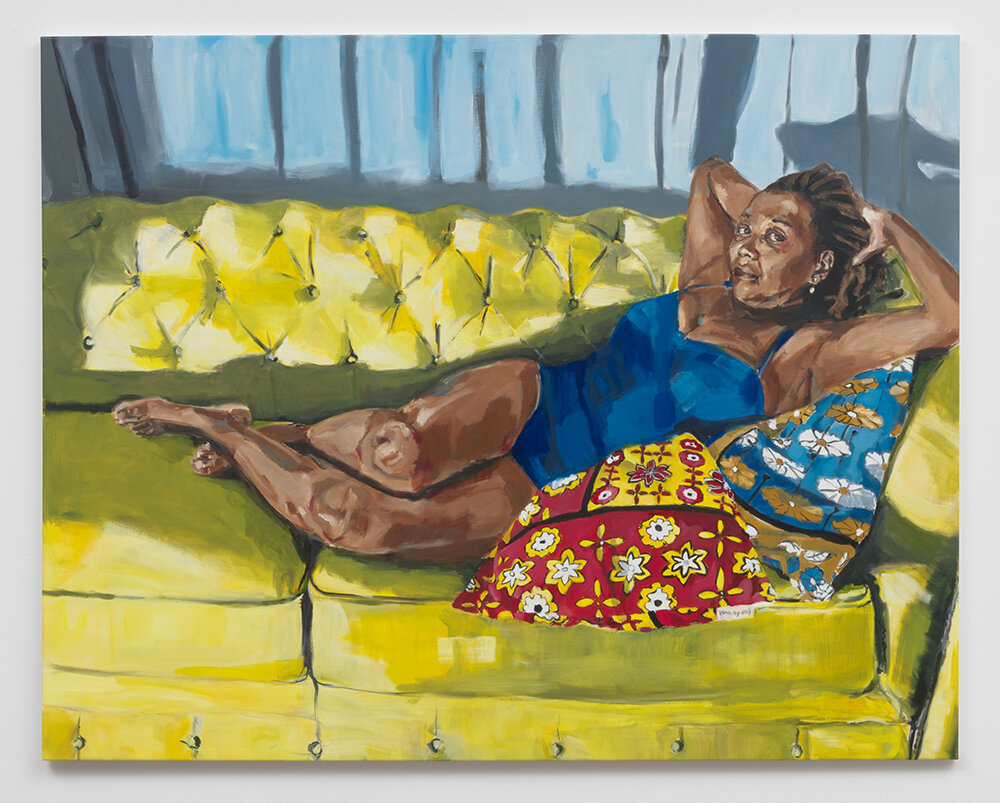
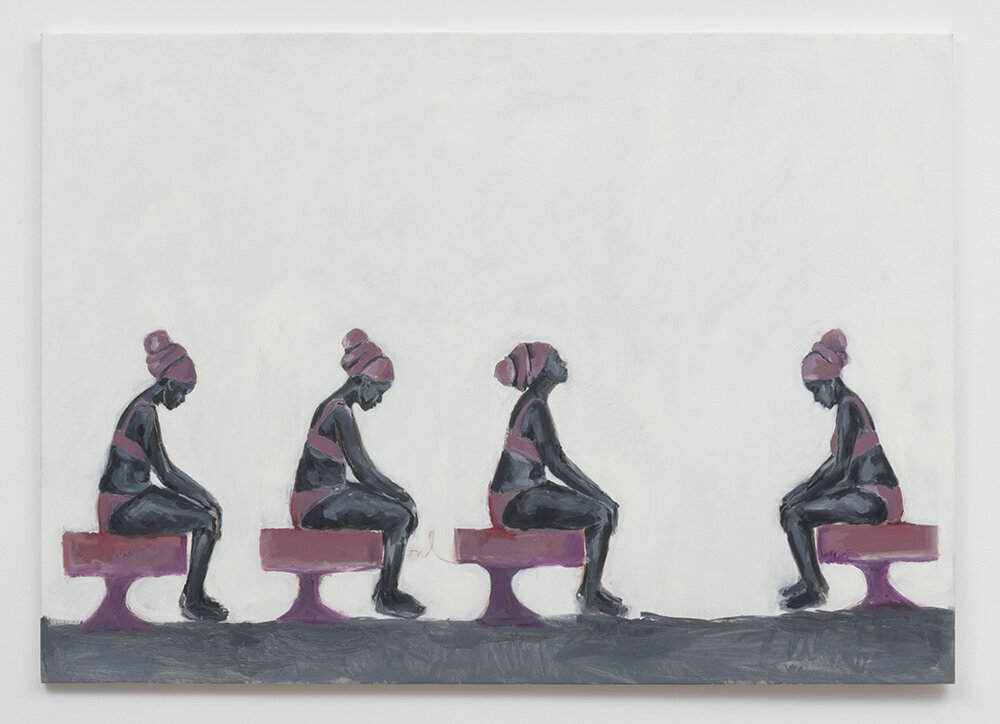
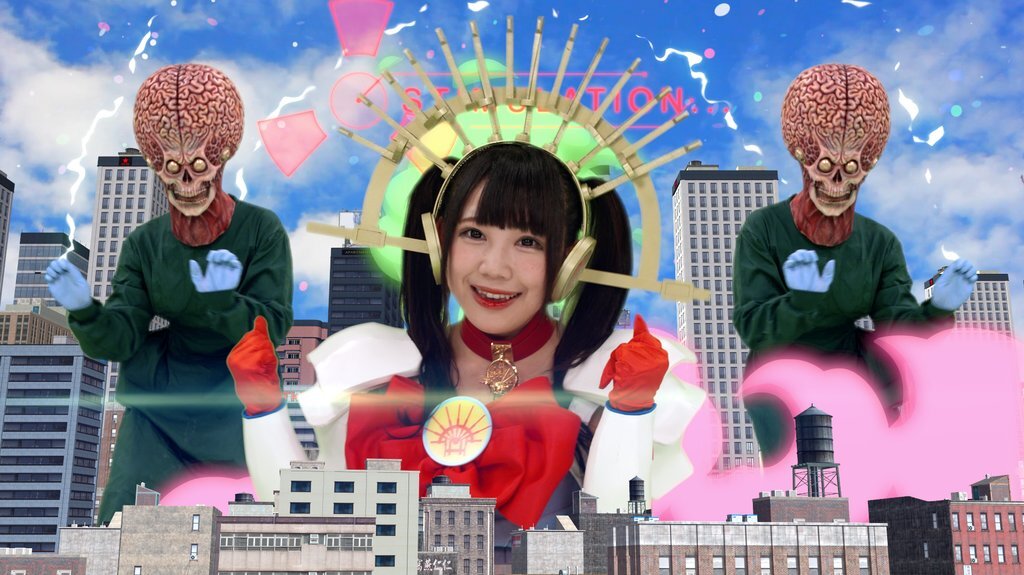
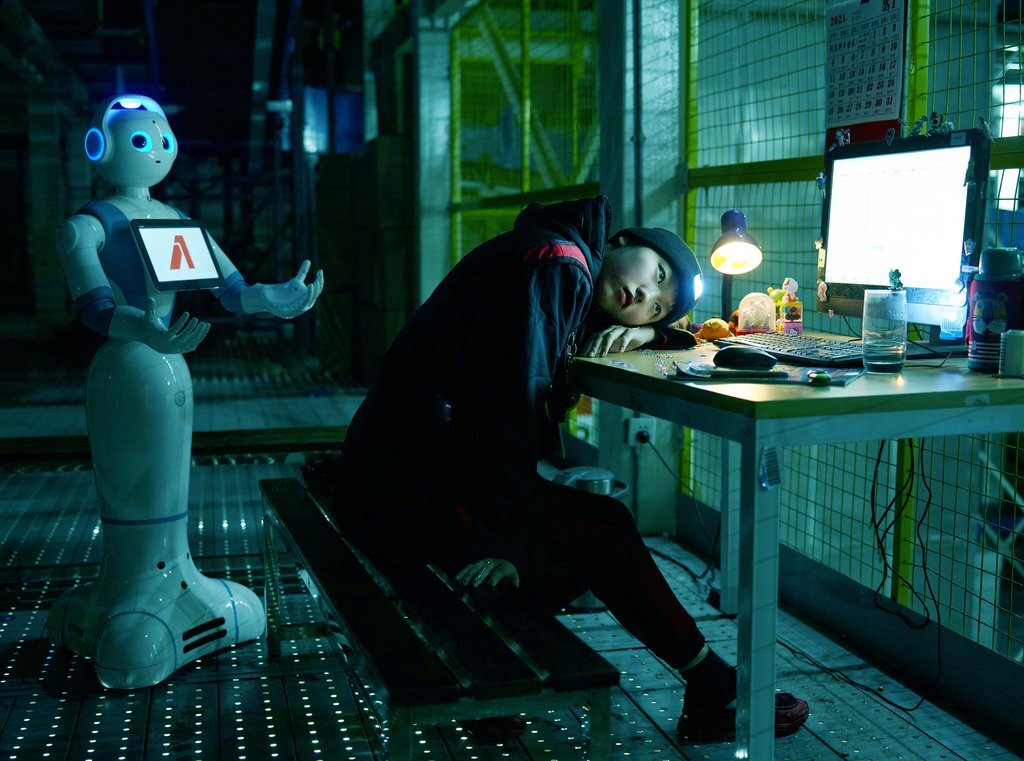
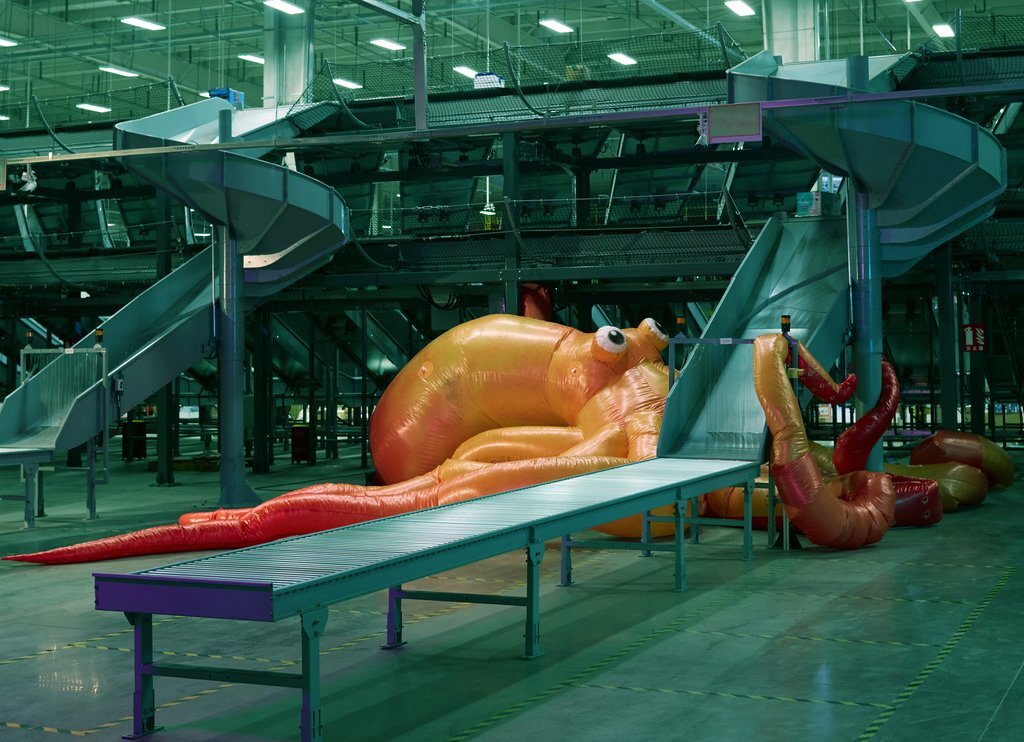

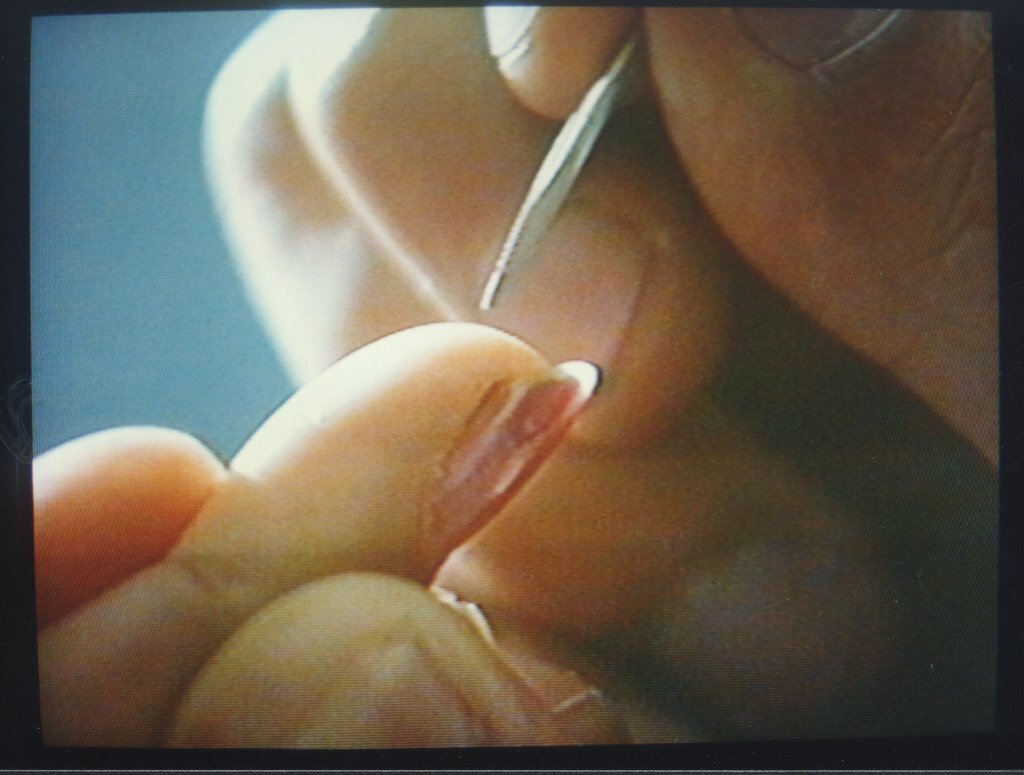

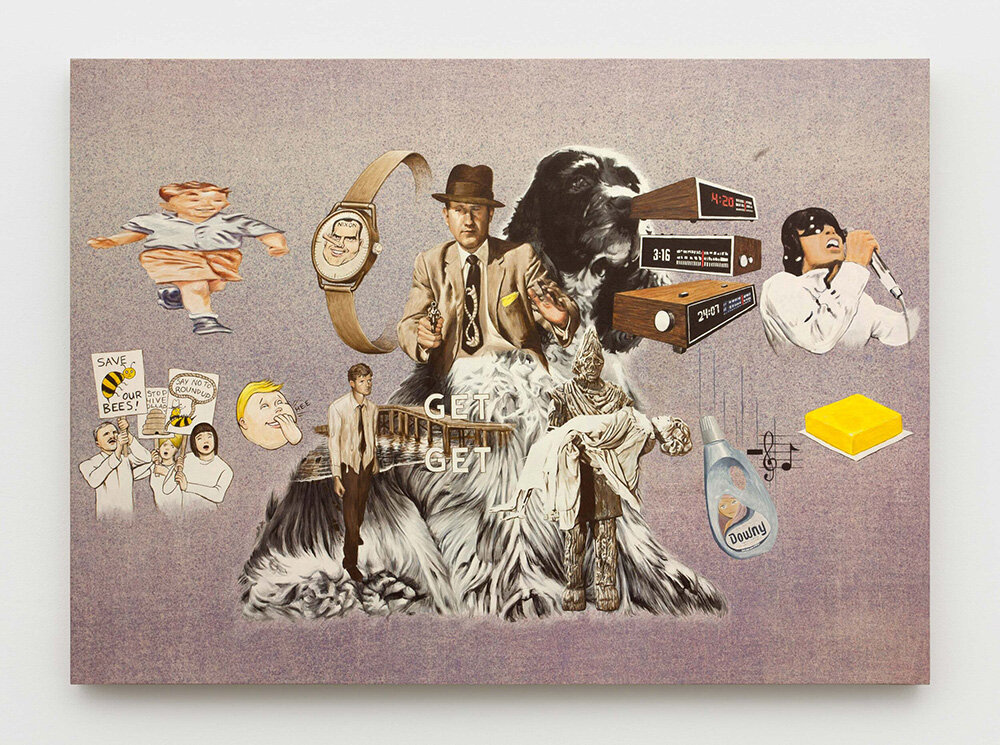
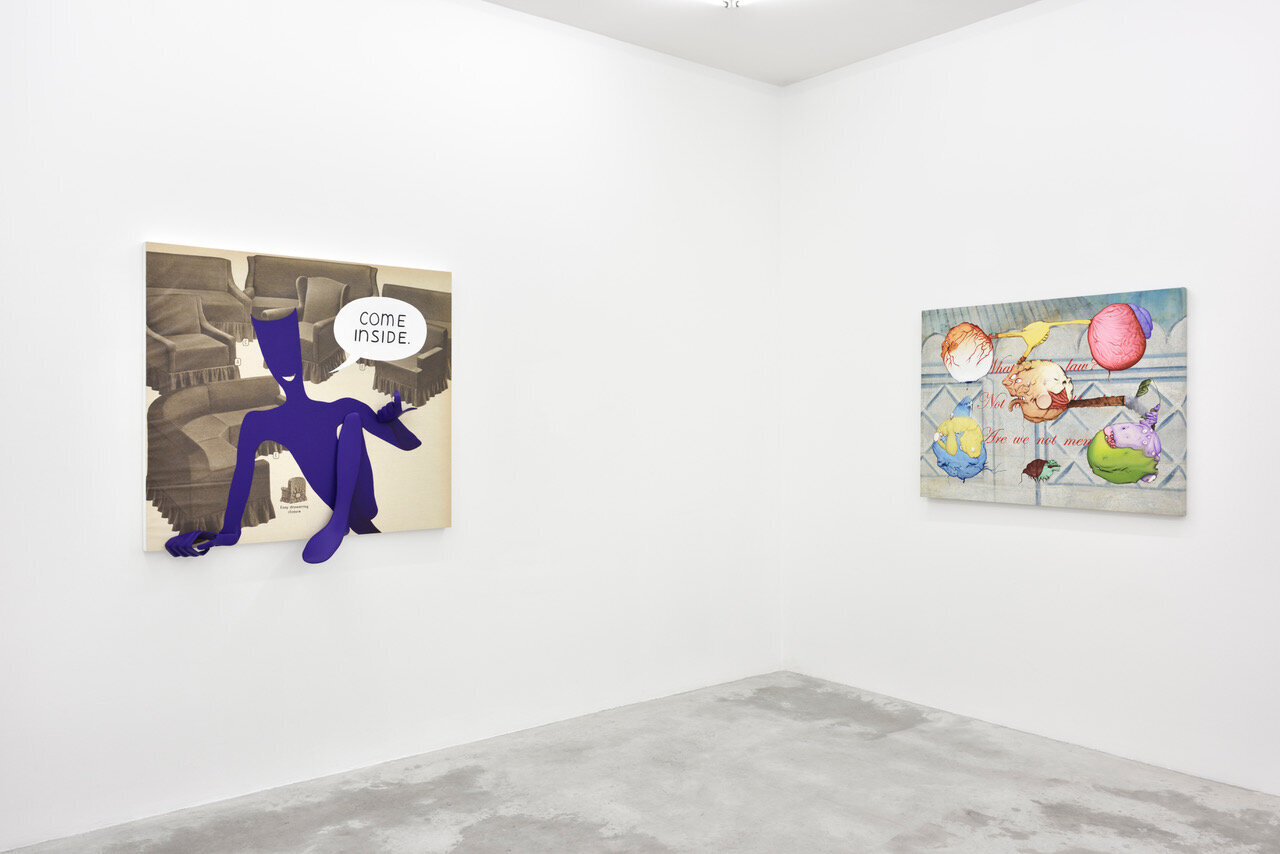
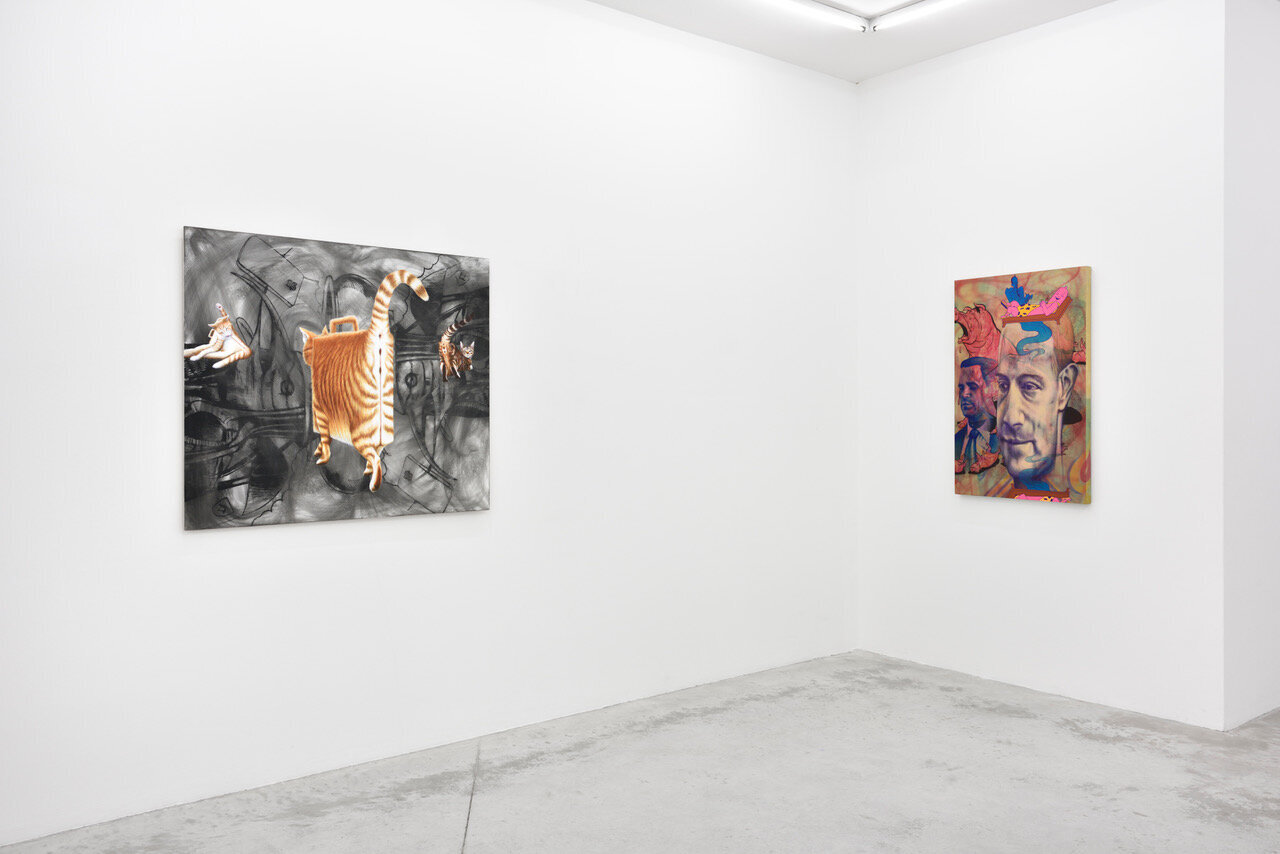
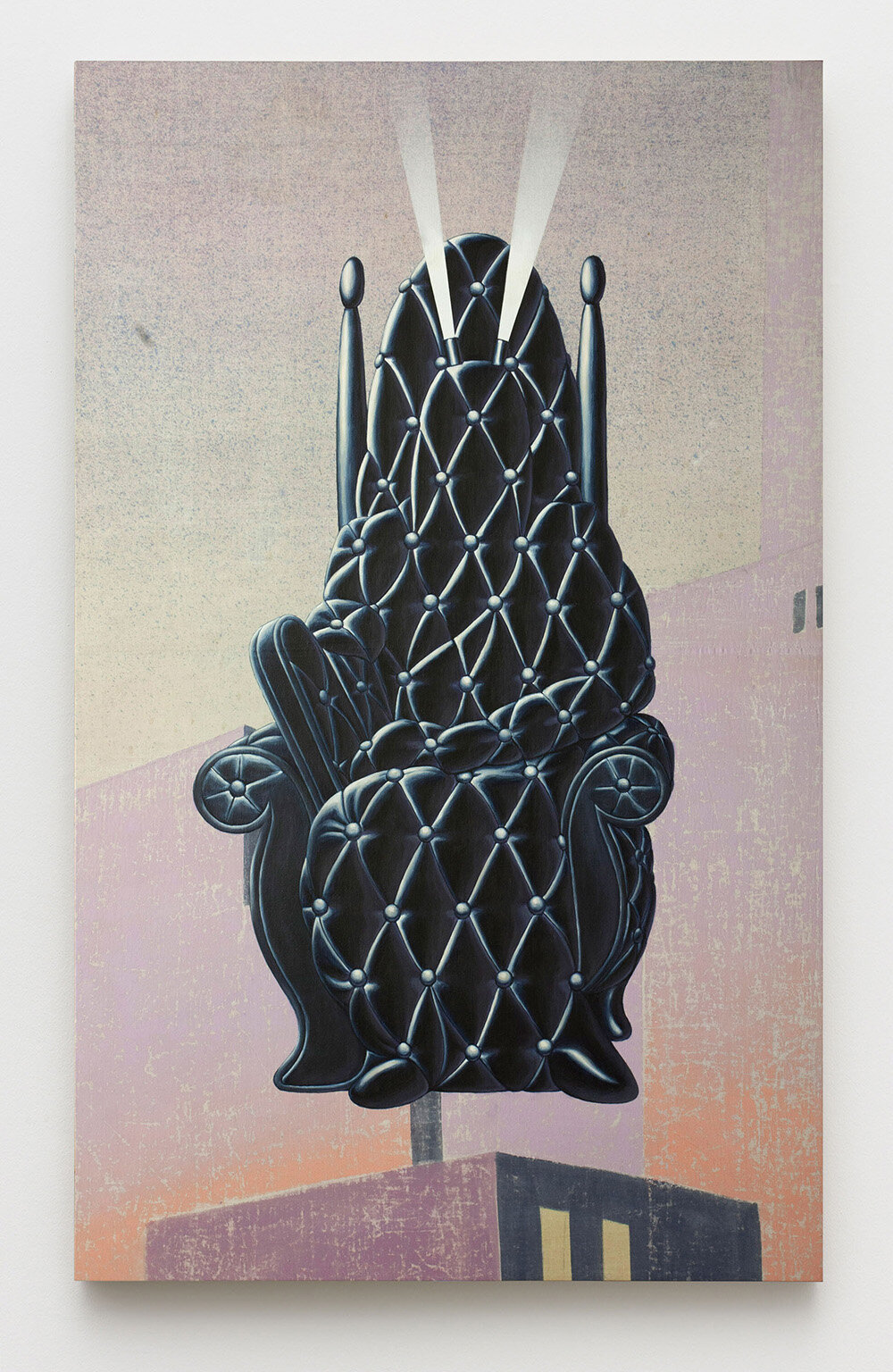
![Jeanloup Sieff, Eve from behind, Kim Islinski [Top and skirt Martine Sitbon, published in New York,1997] © Estate of Jeanloup Sieff](https://images.squarespace-cdn.com/content/v1/544cb720e4b0f3ba72ee8a78/1571798019244-IN4BFT01MJ43GMEWWFWP/29+Sieff+Kim+1997.jpg)

